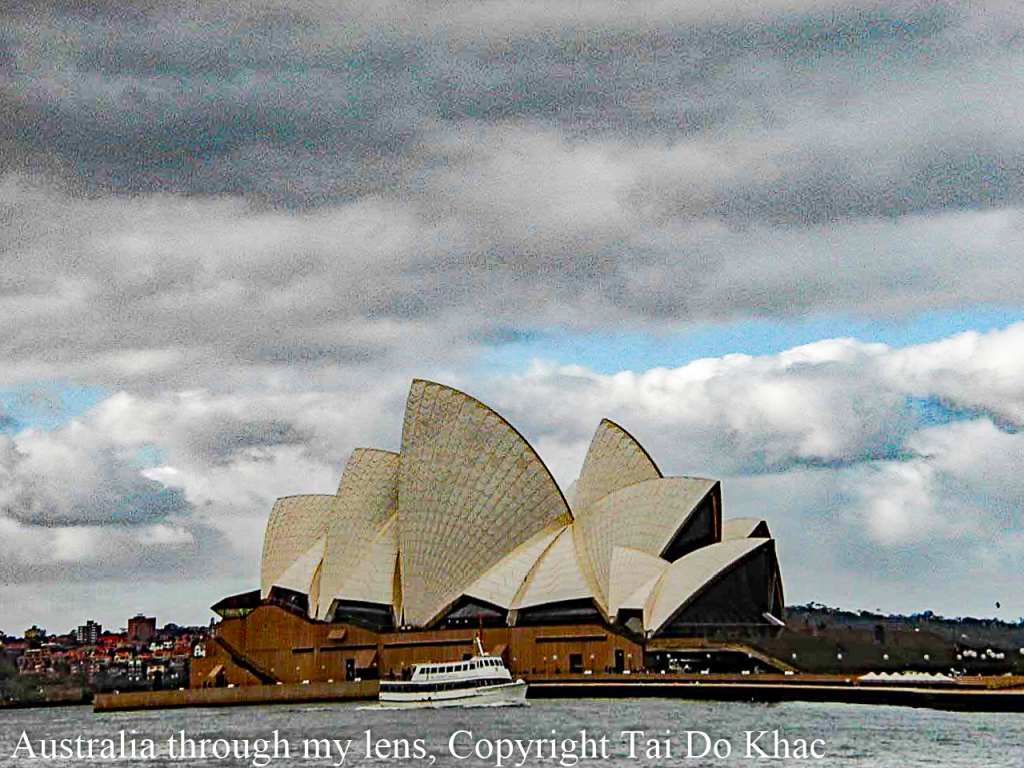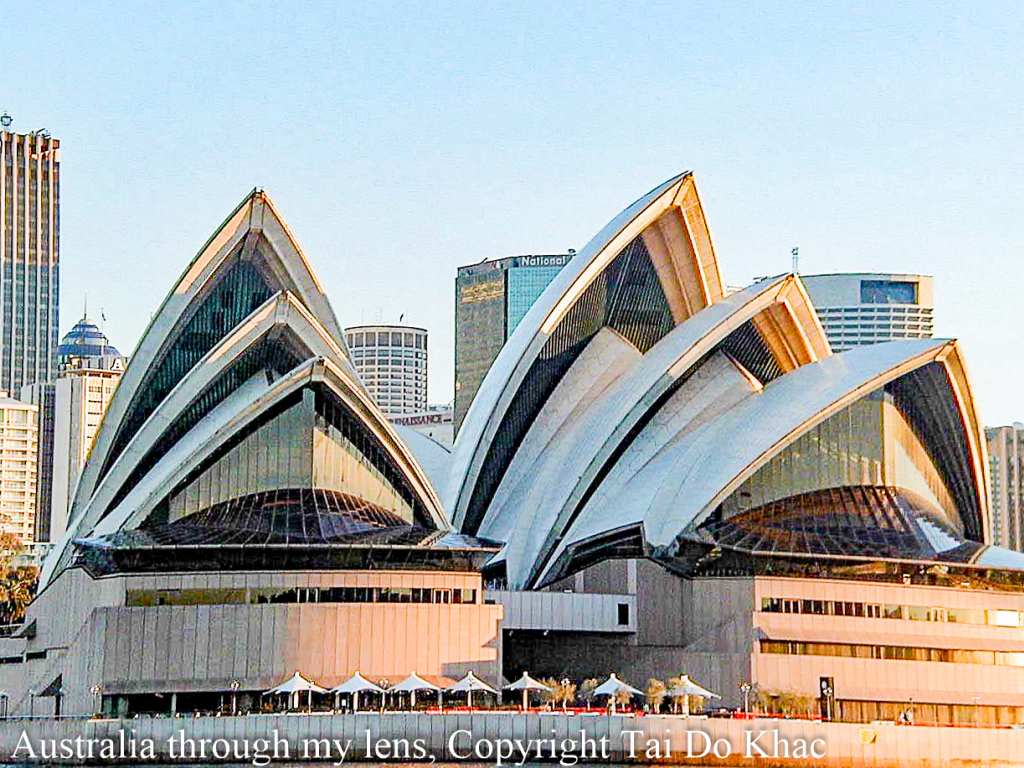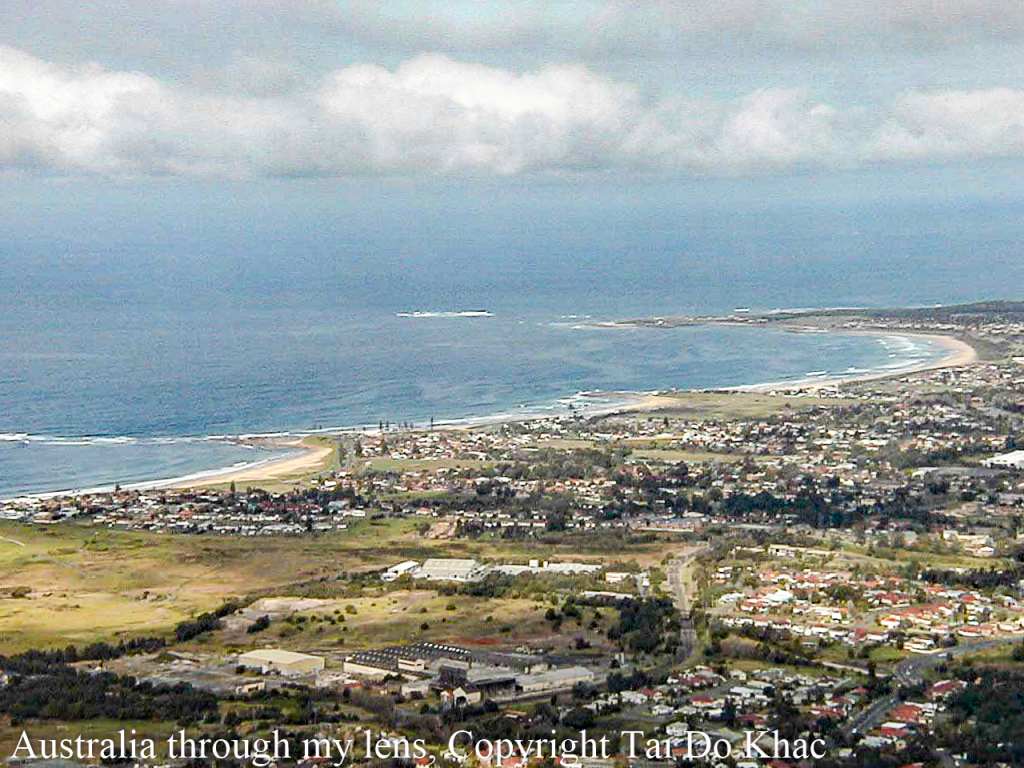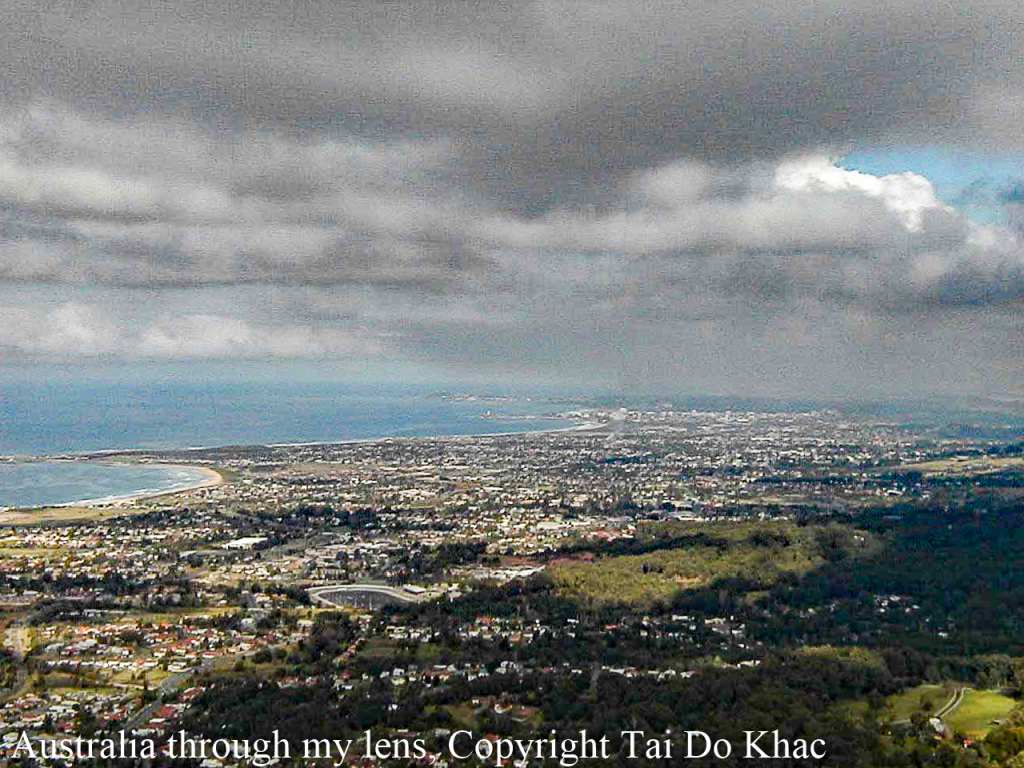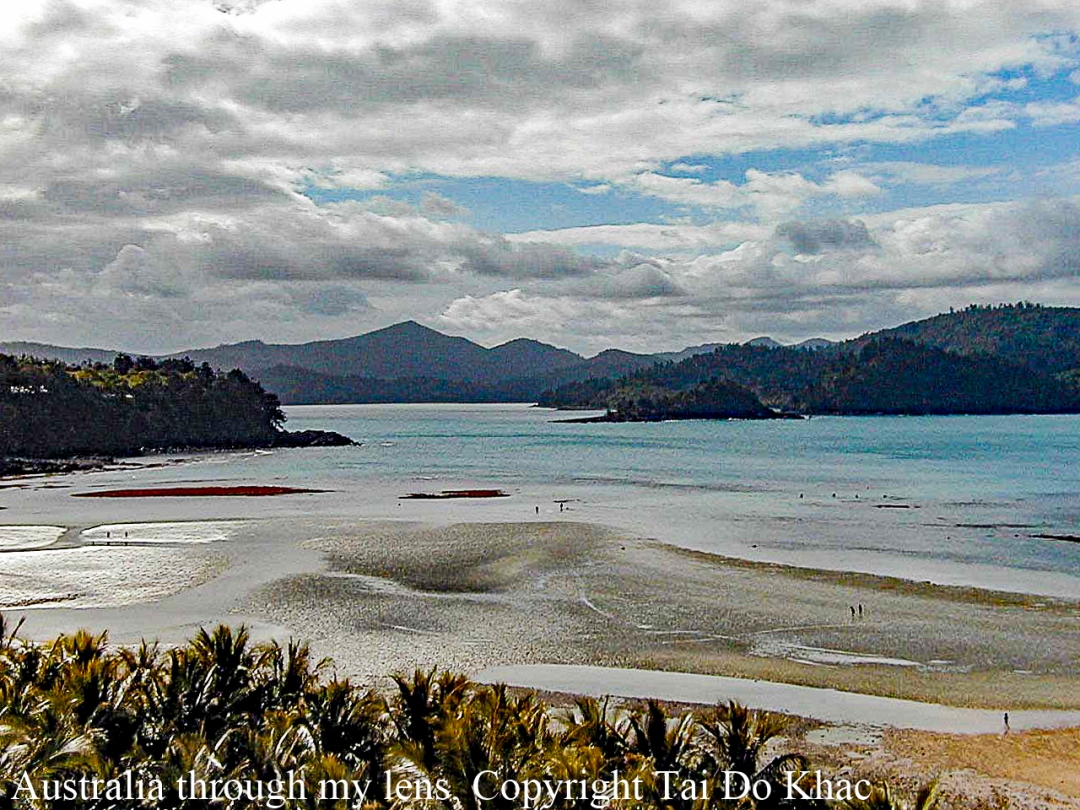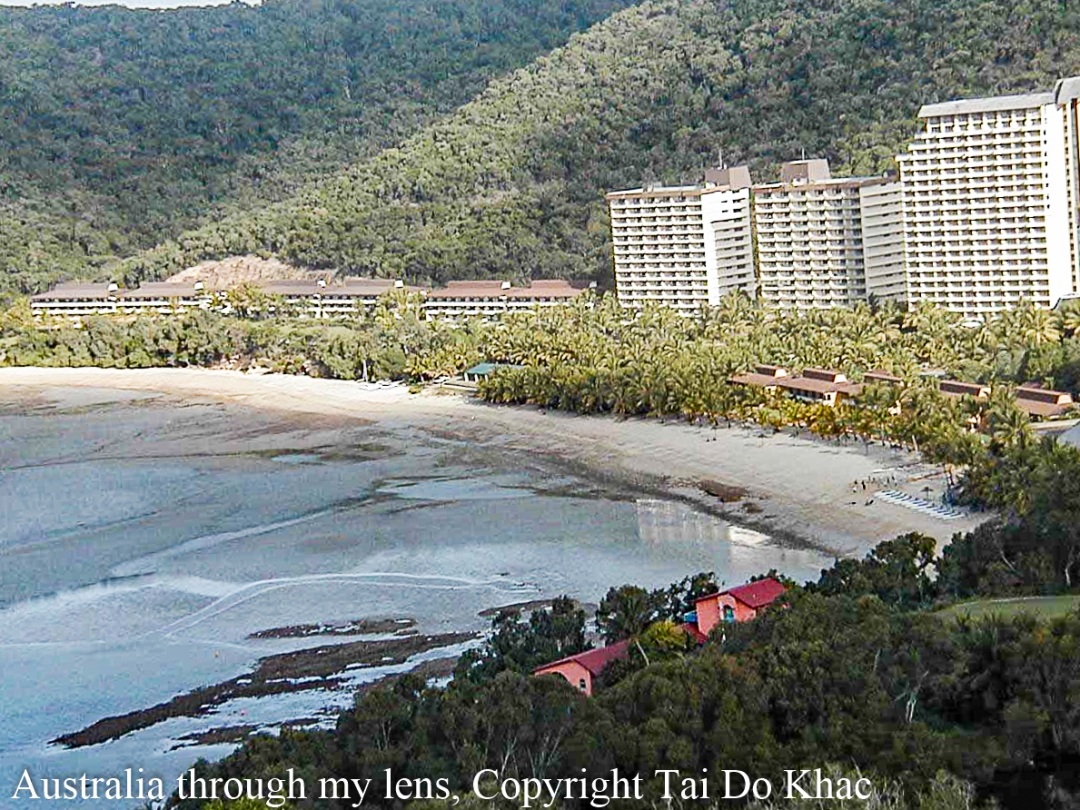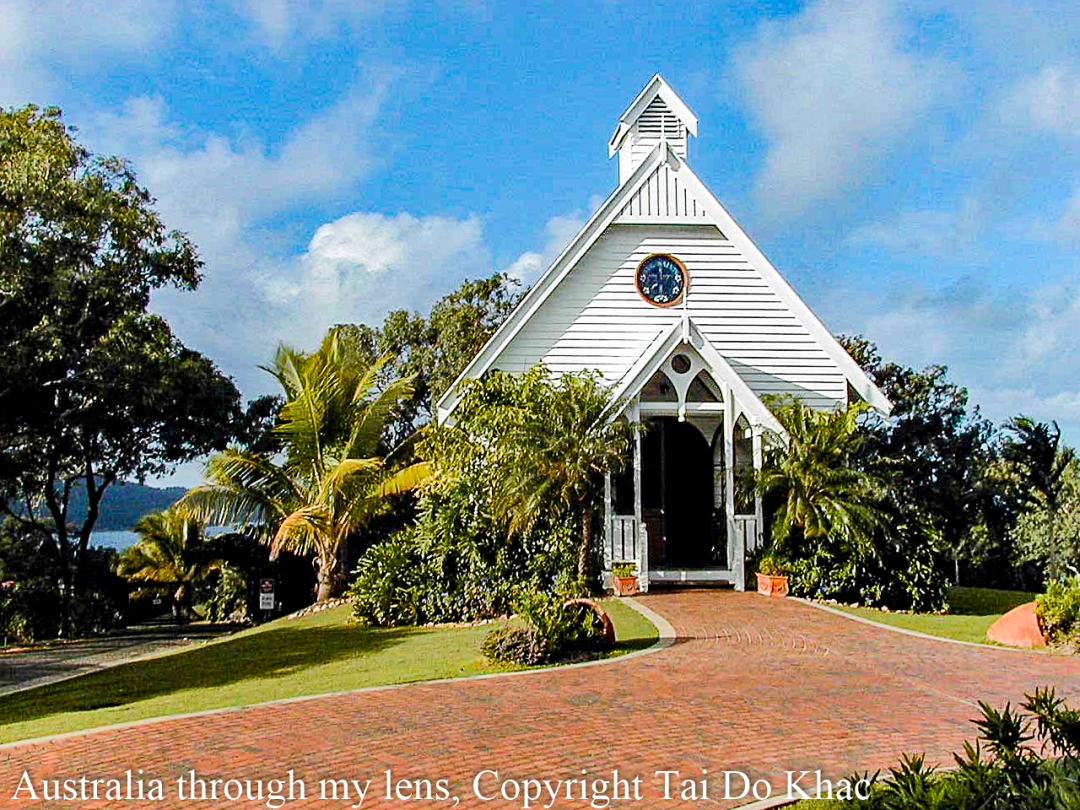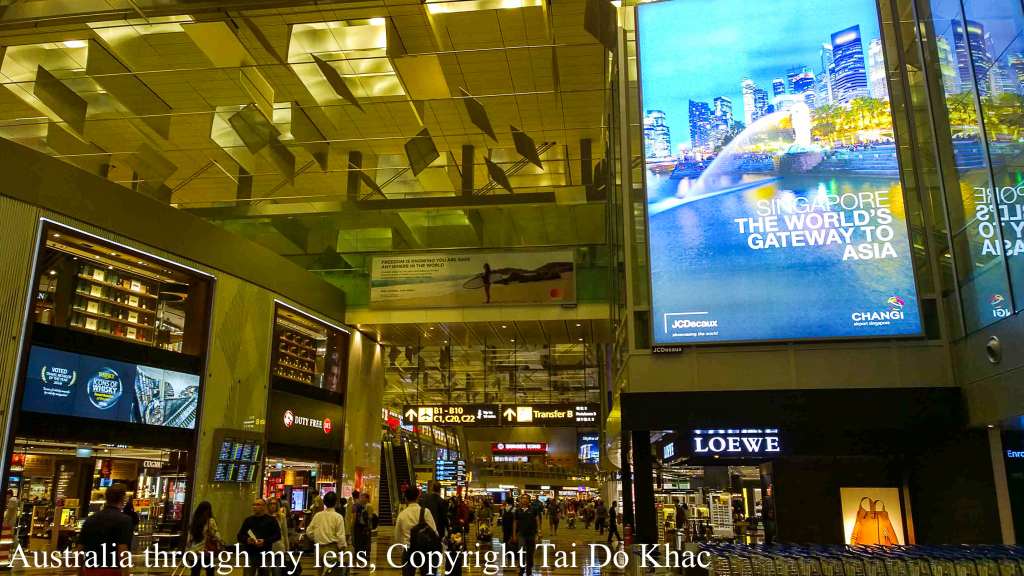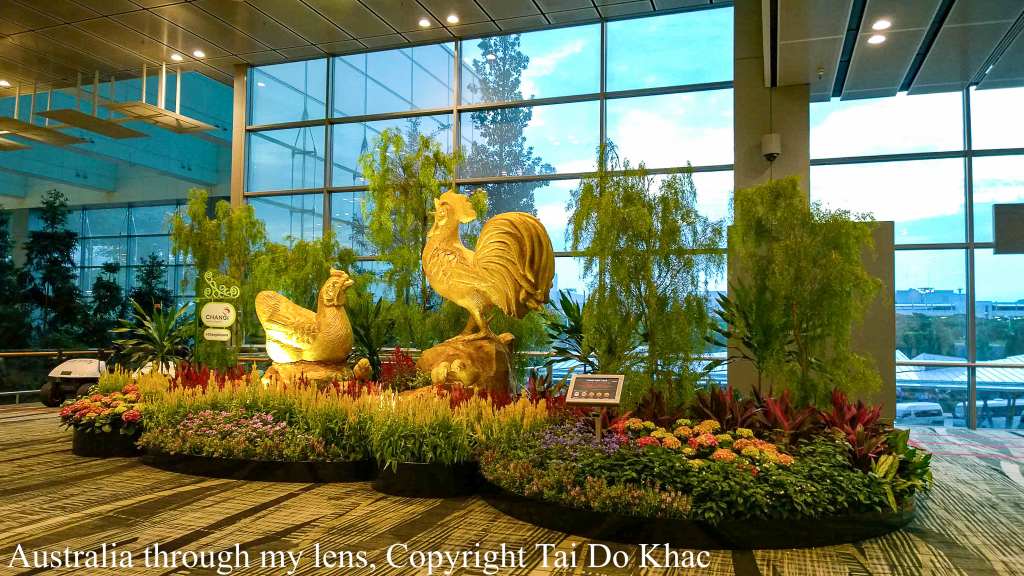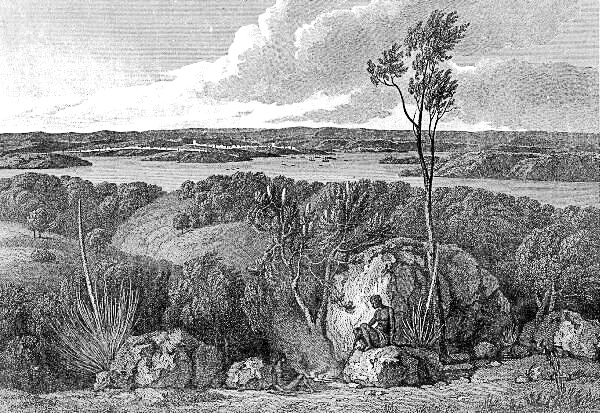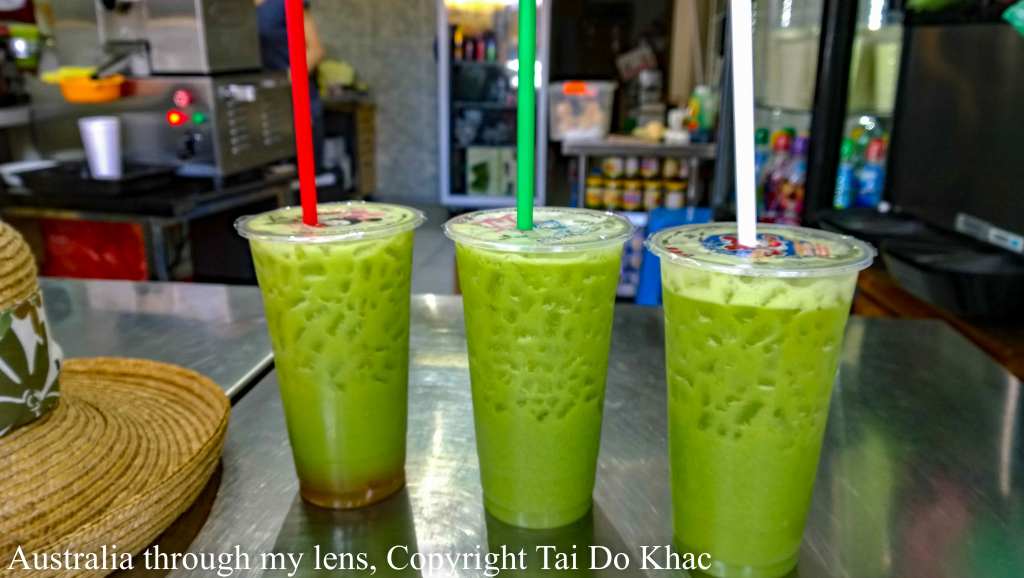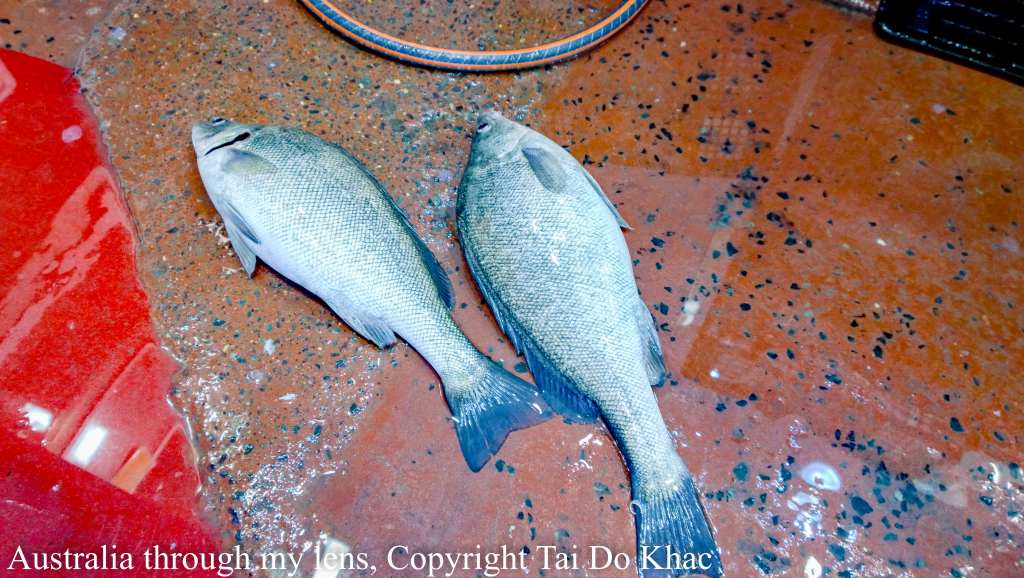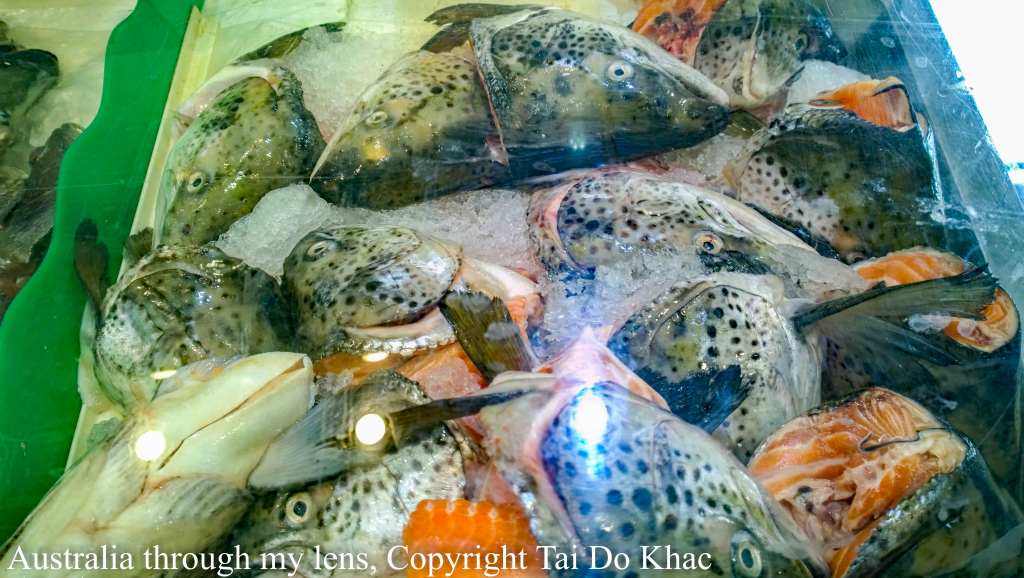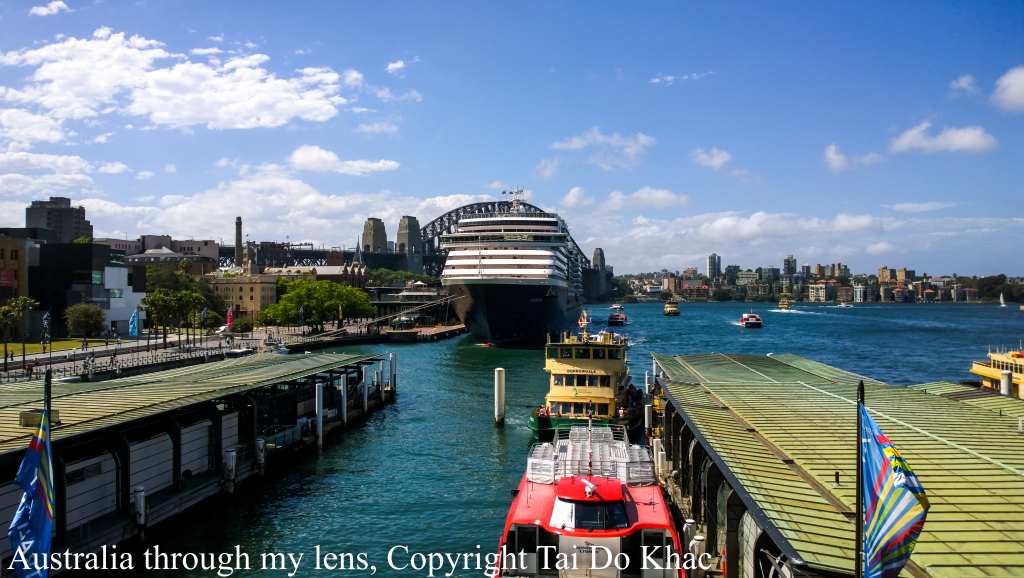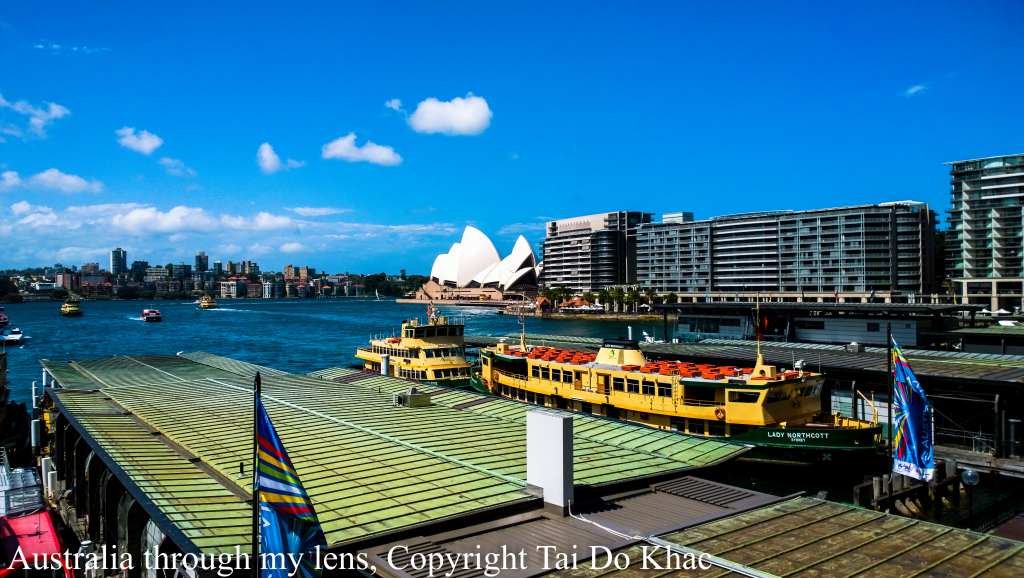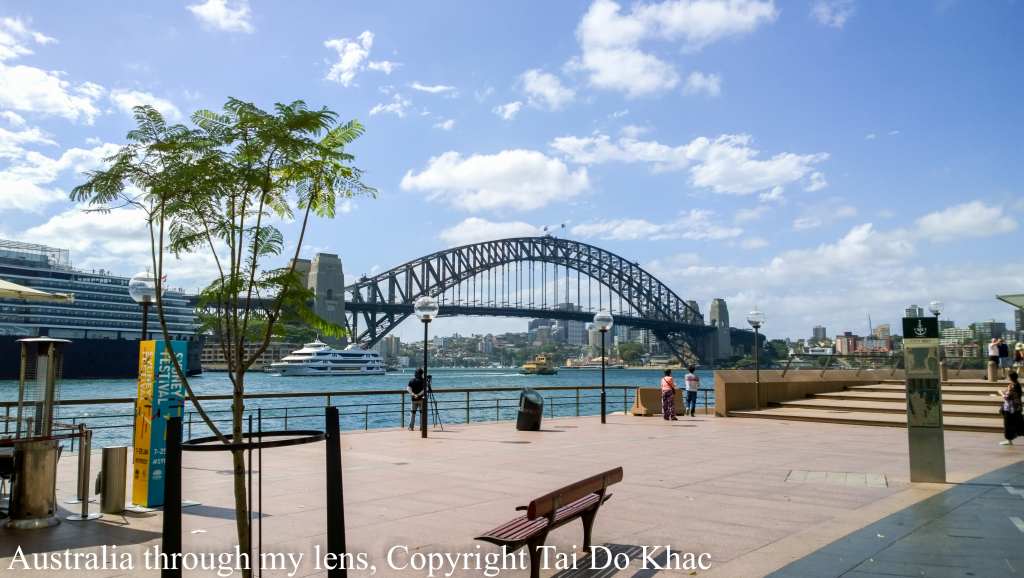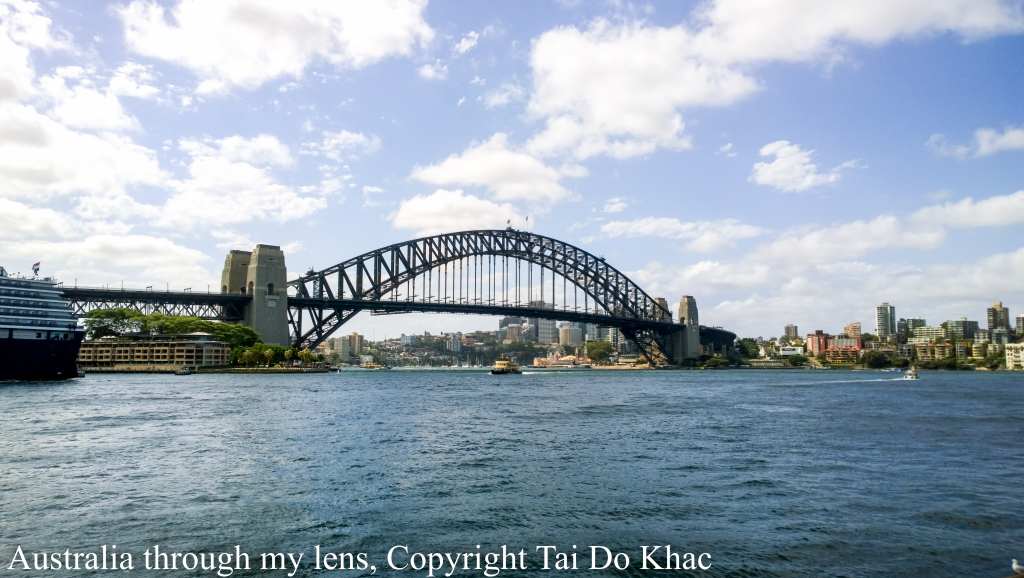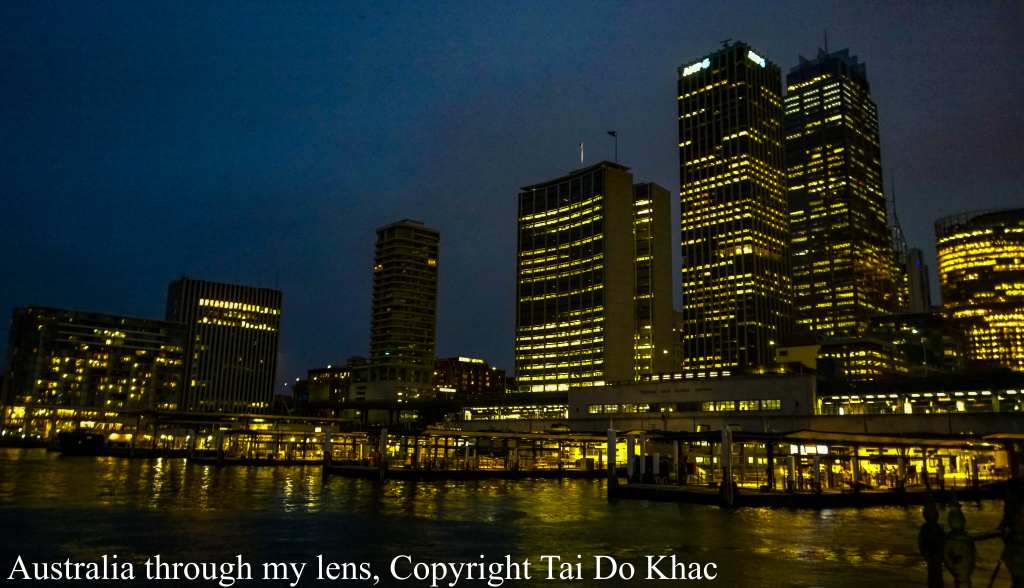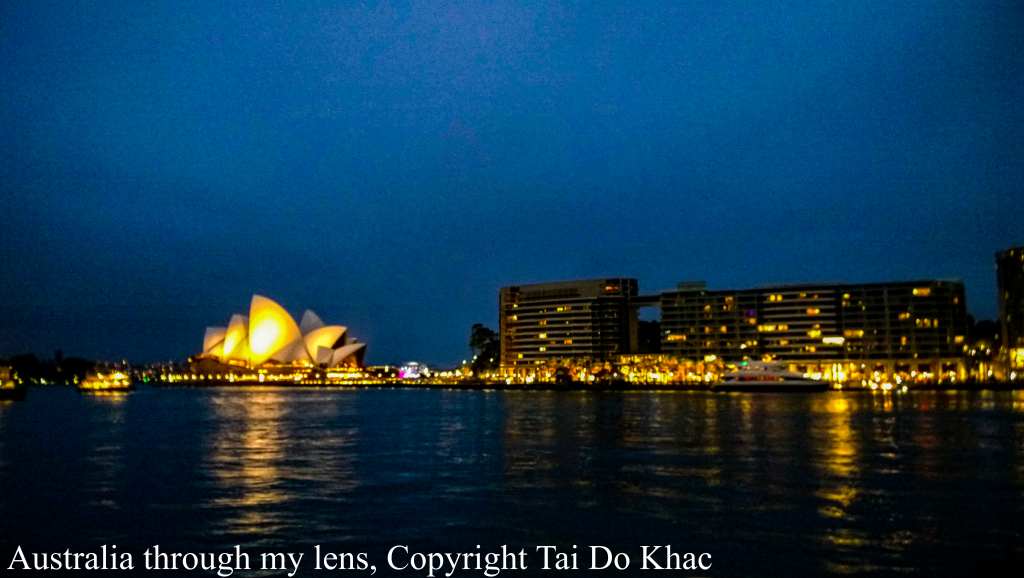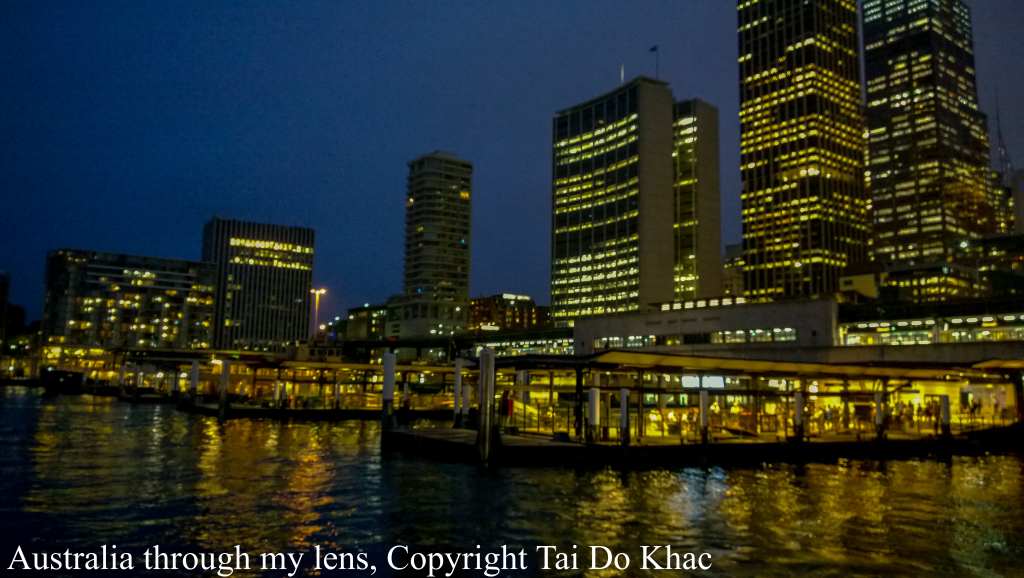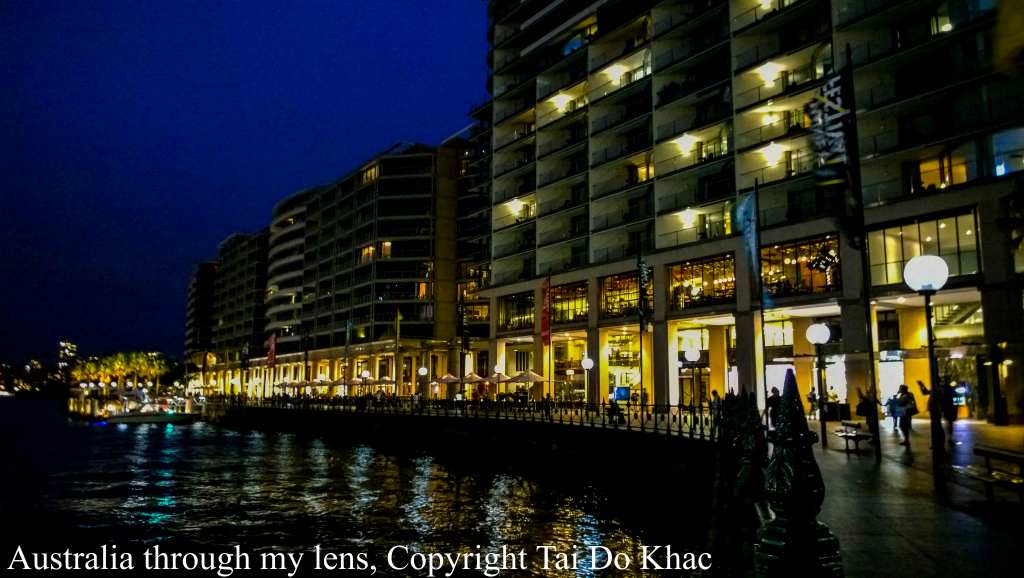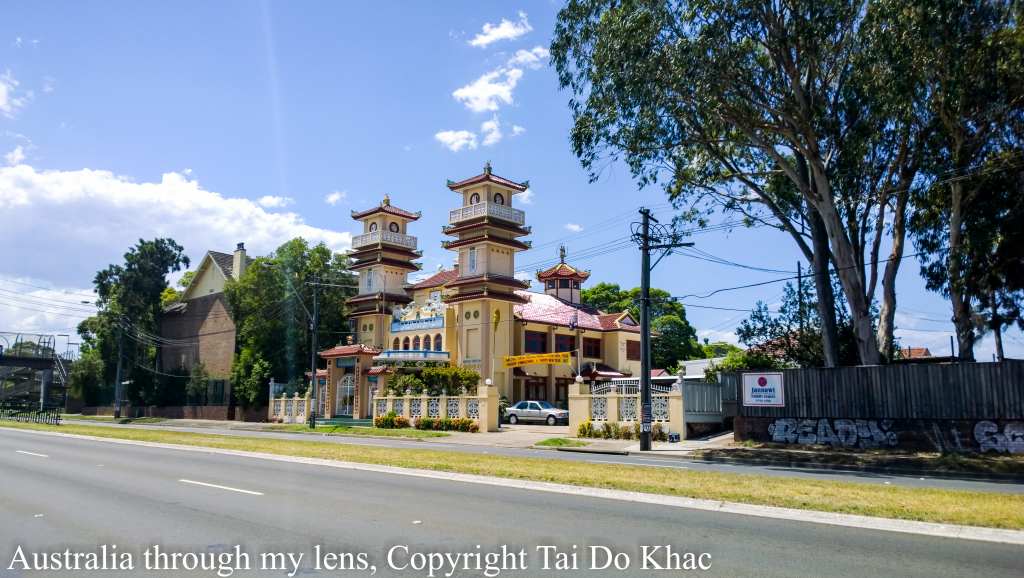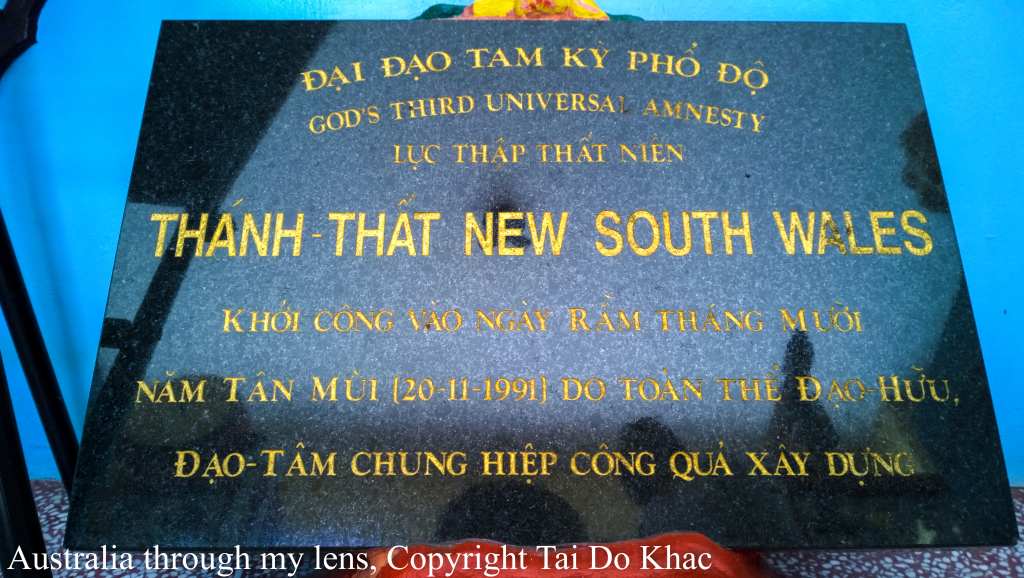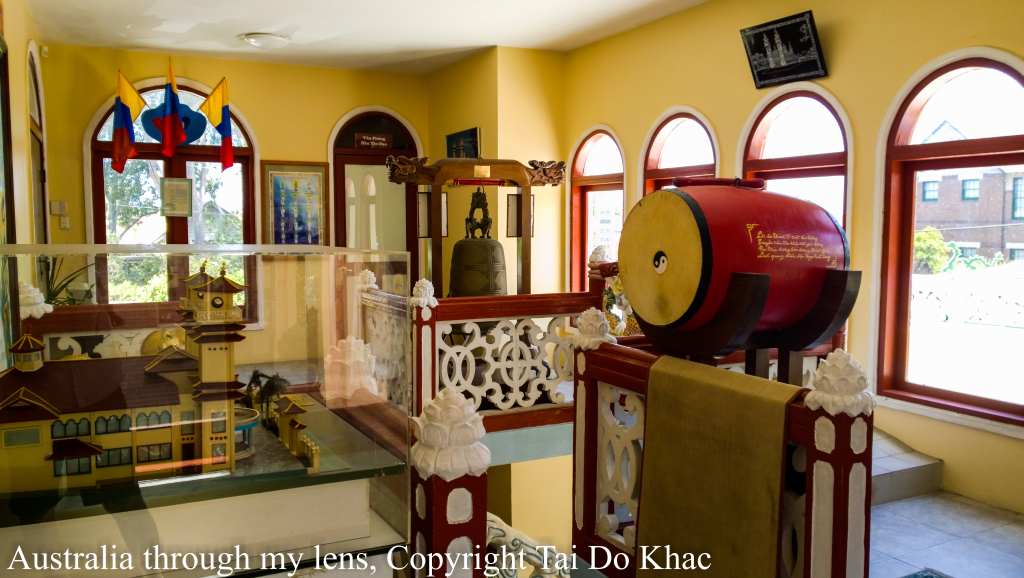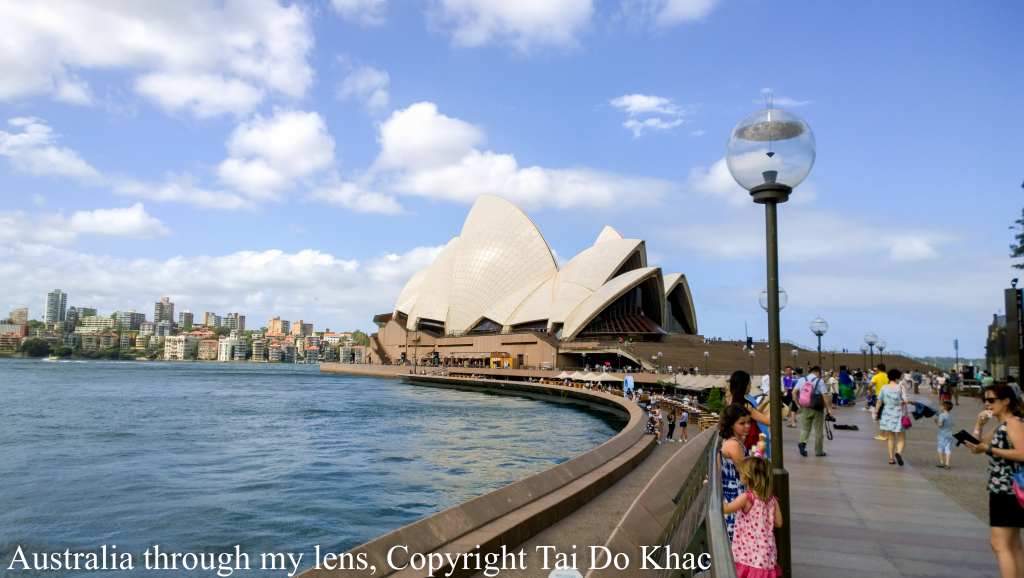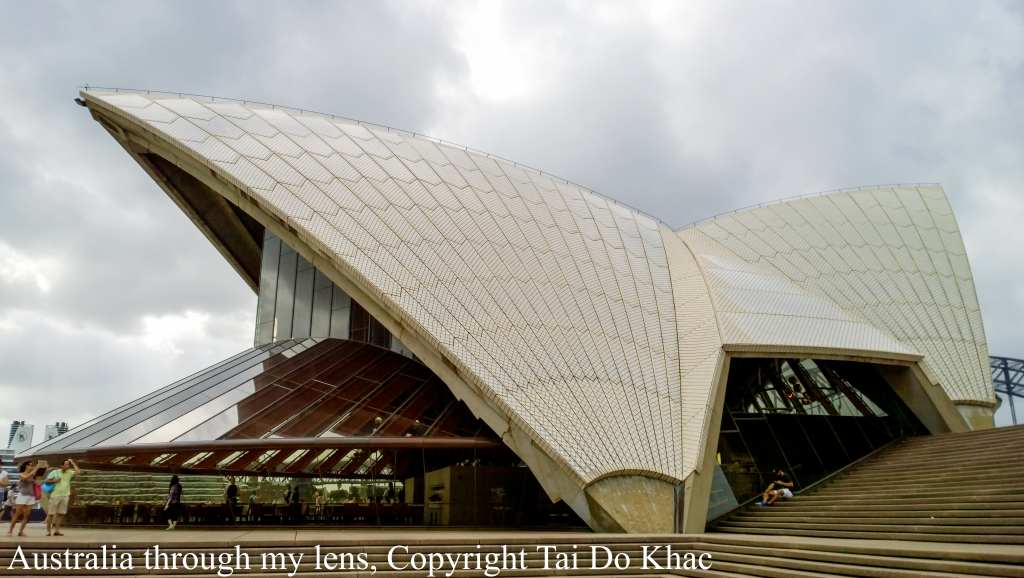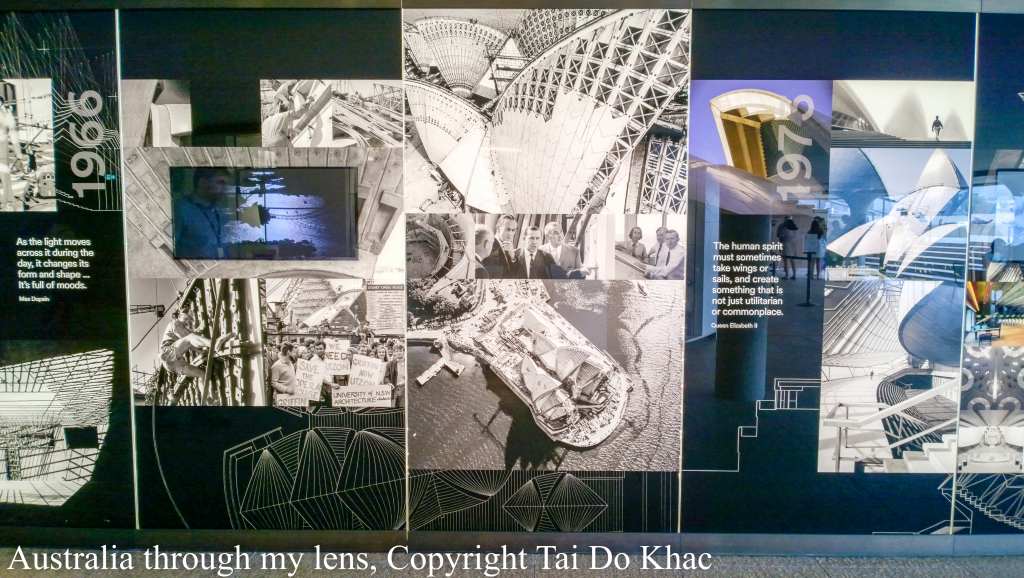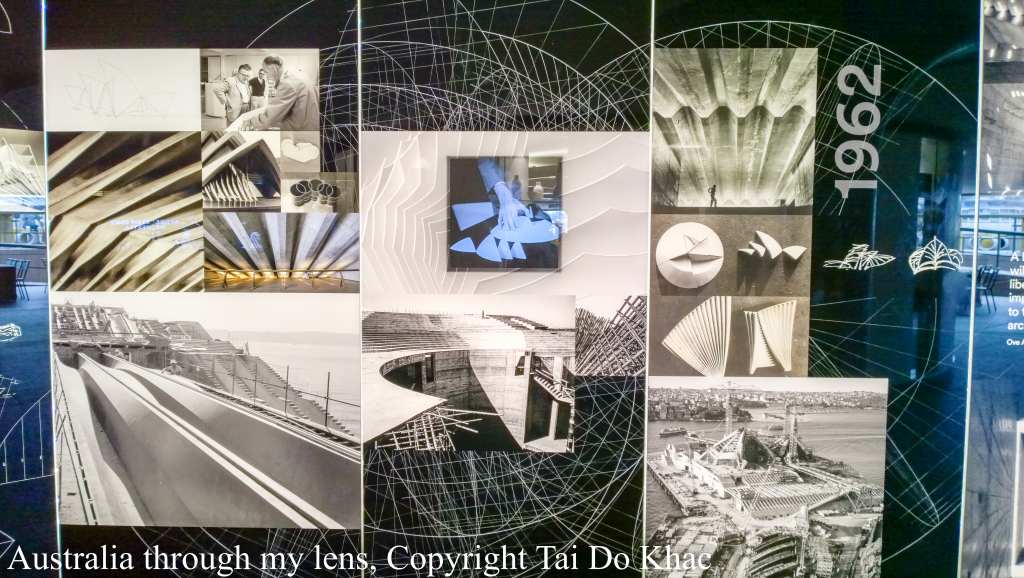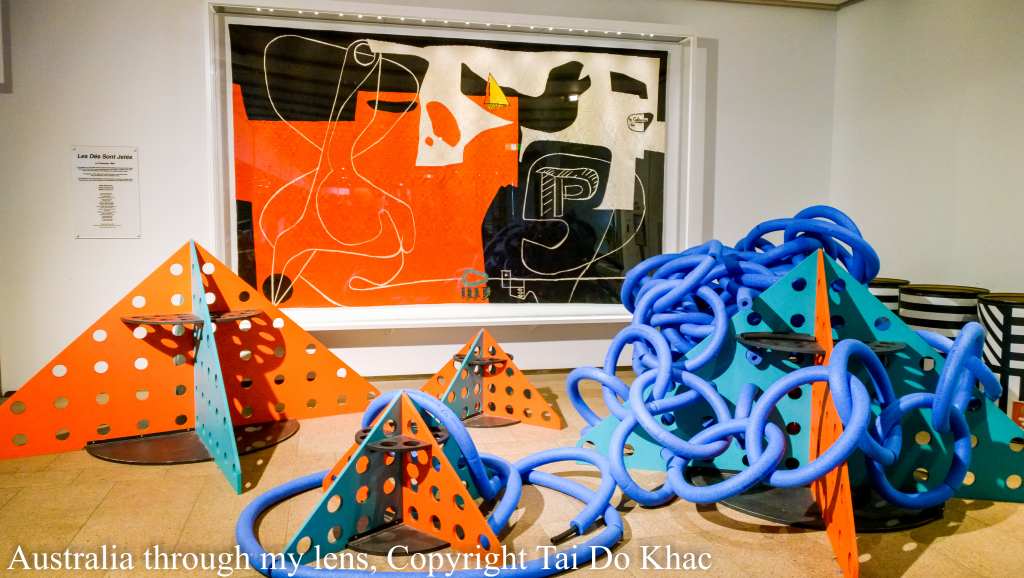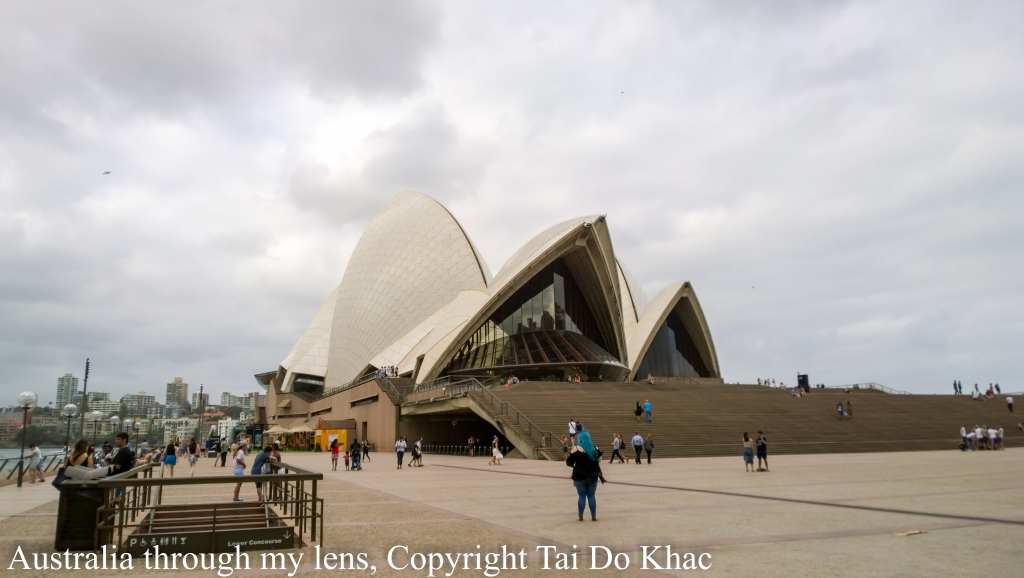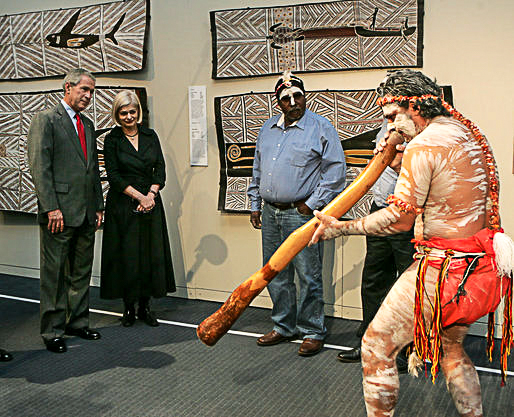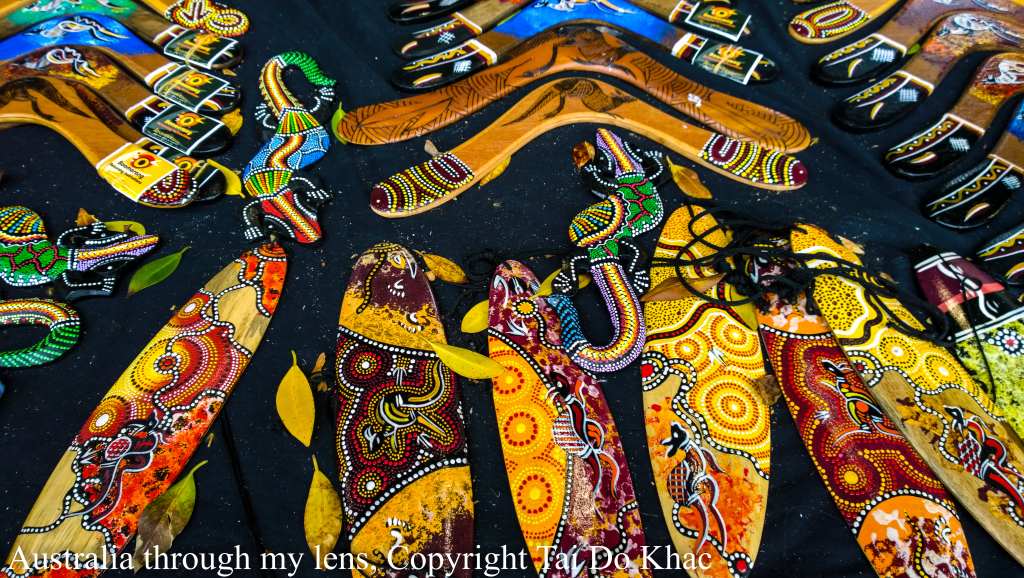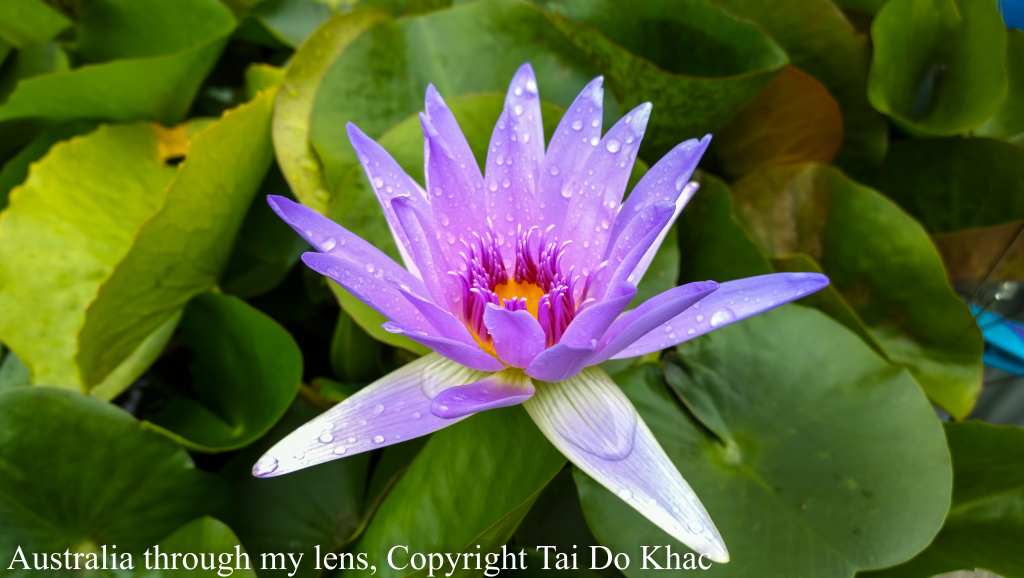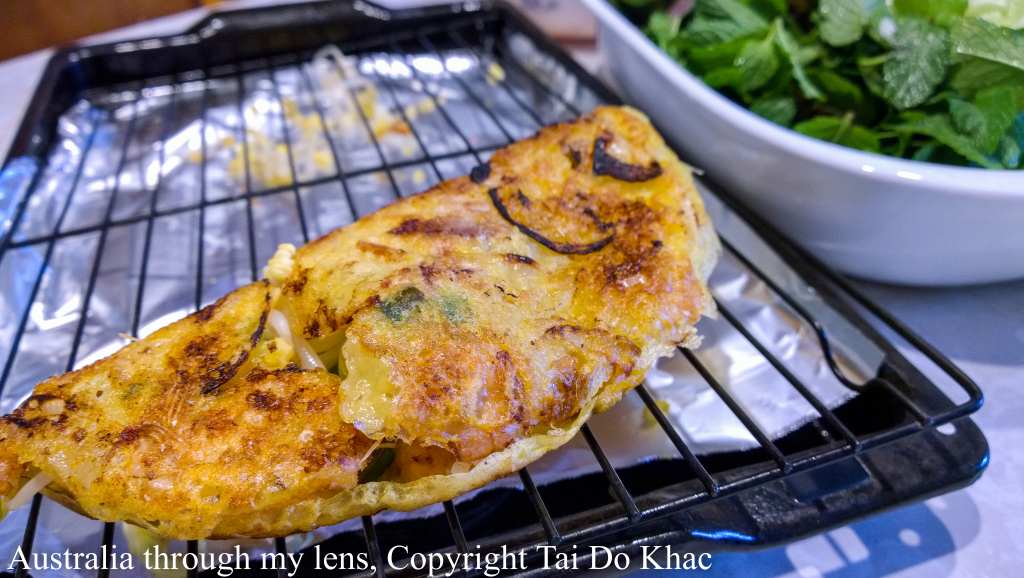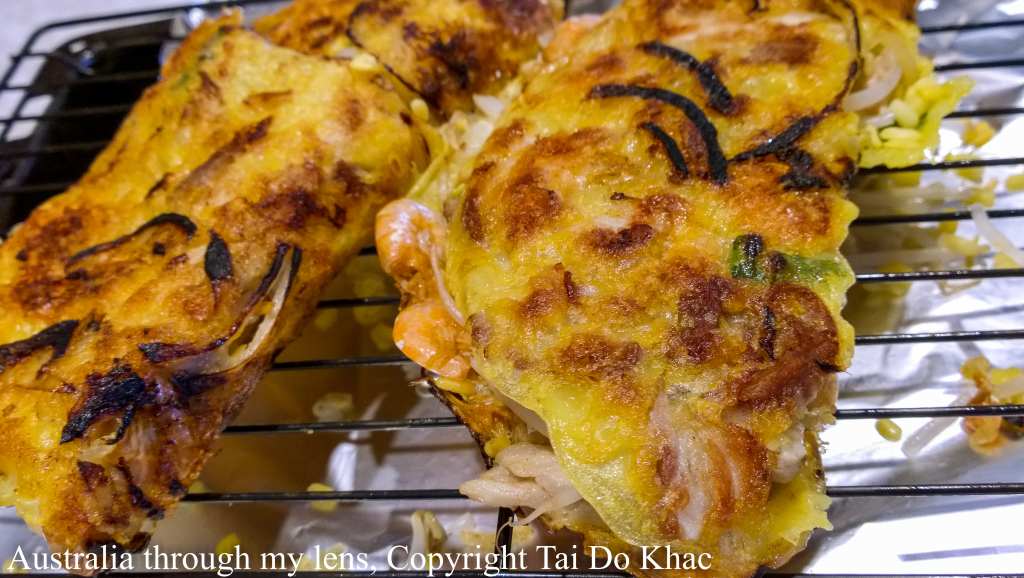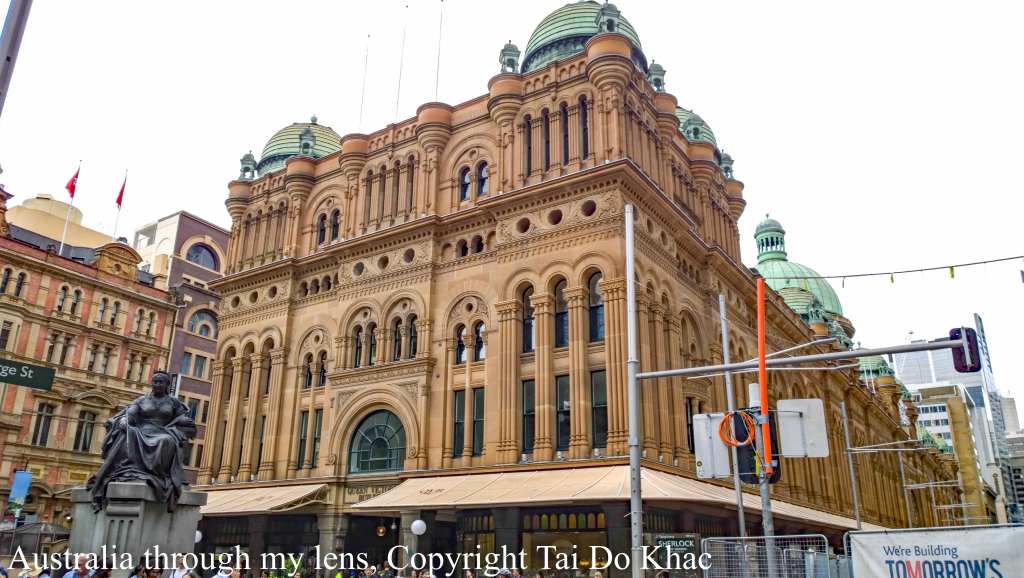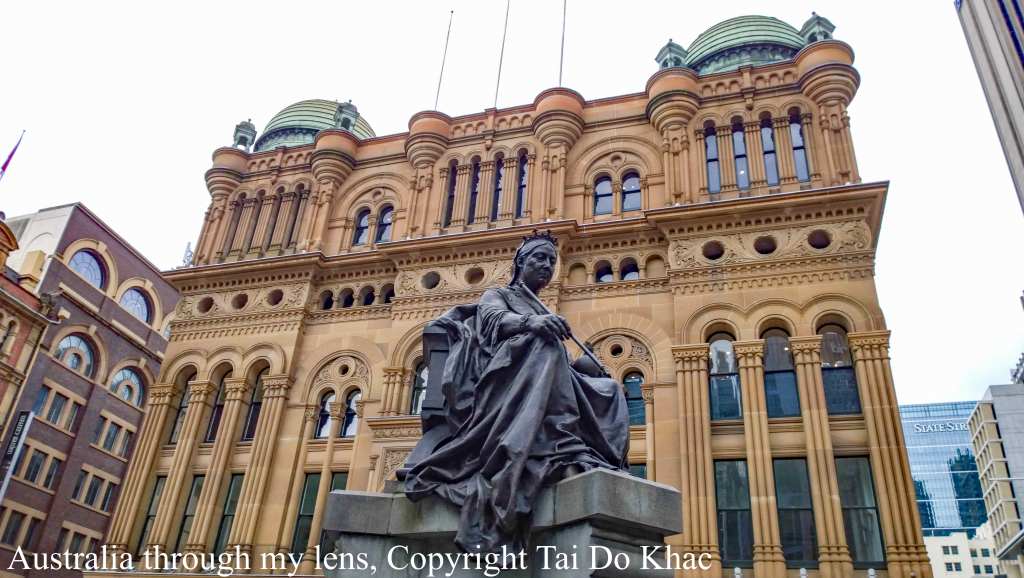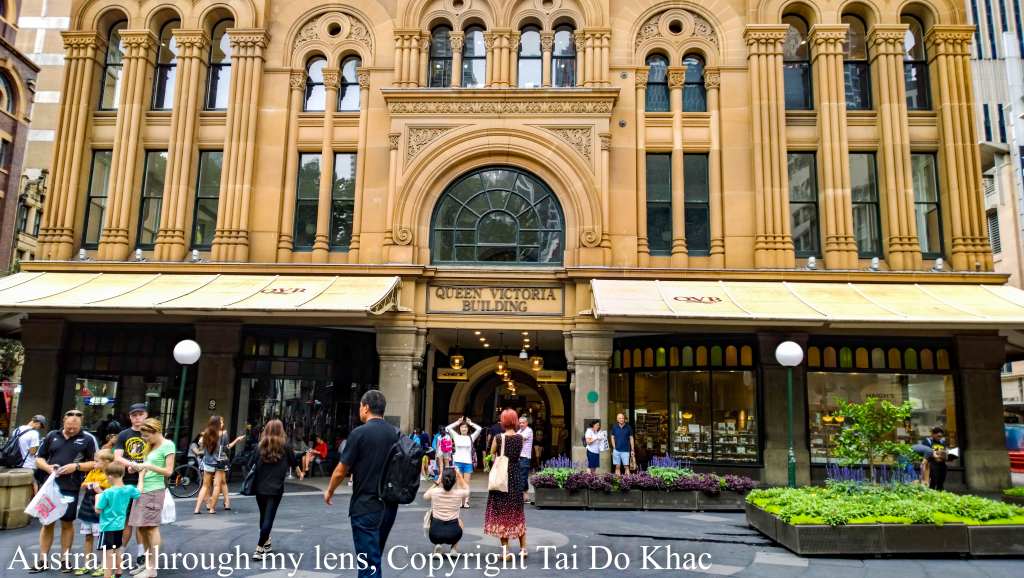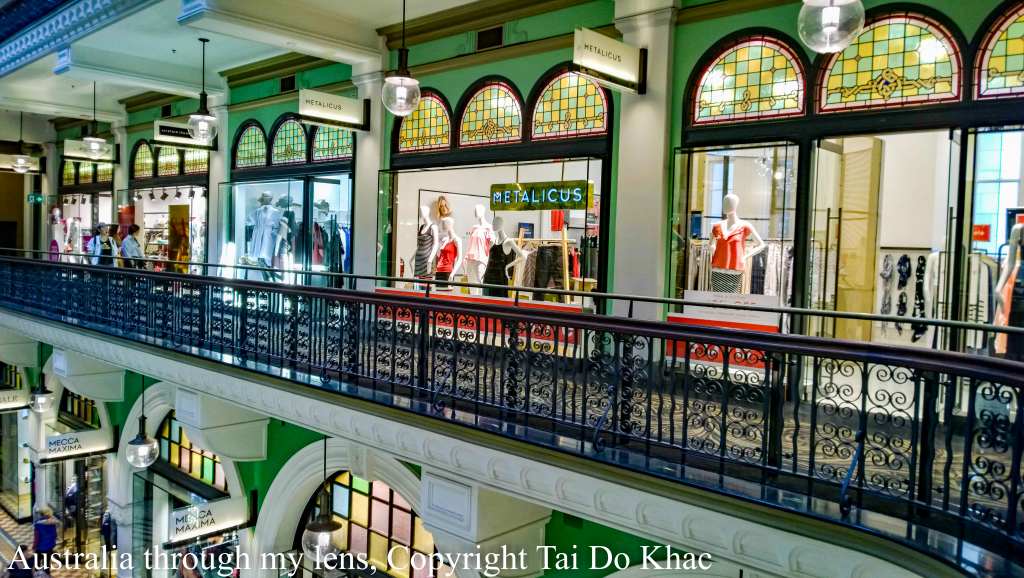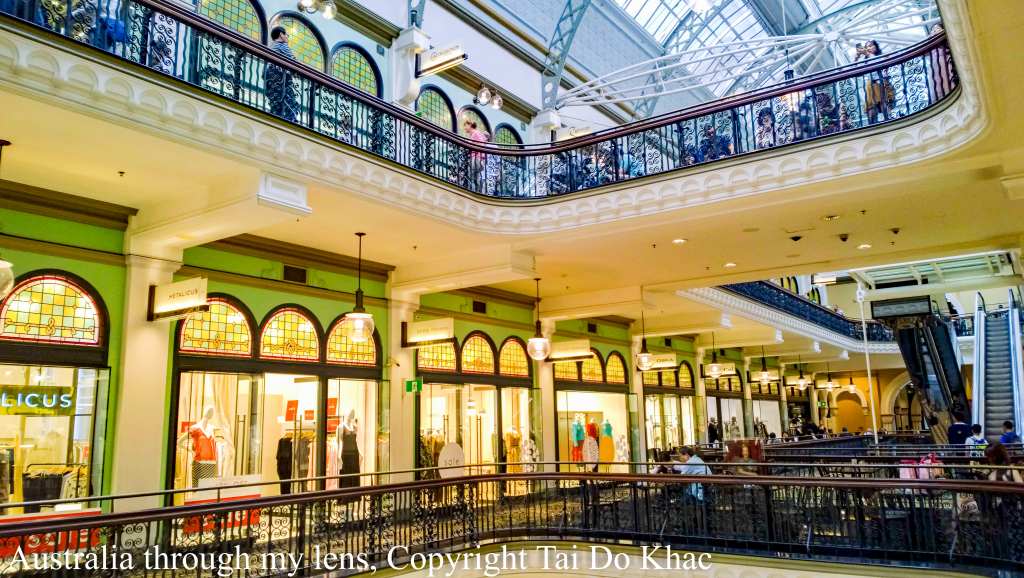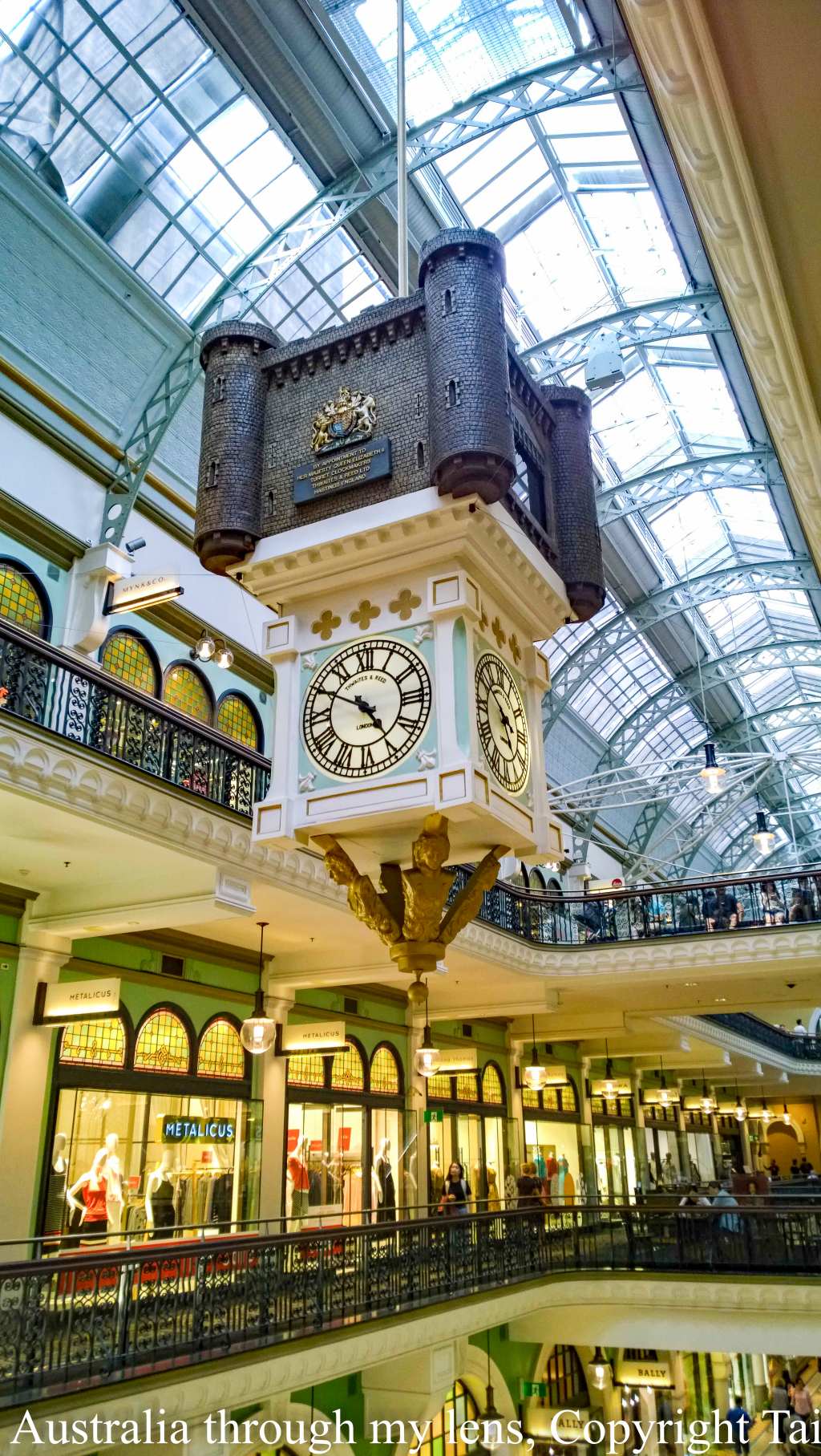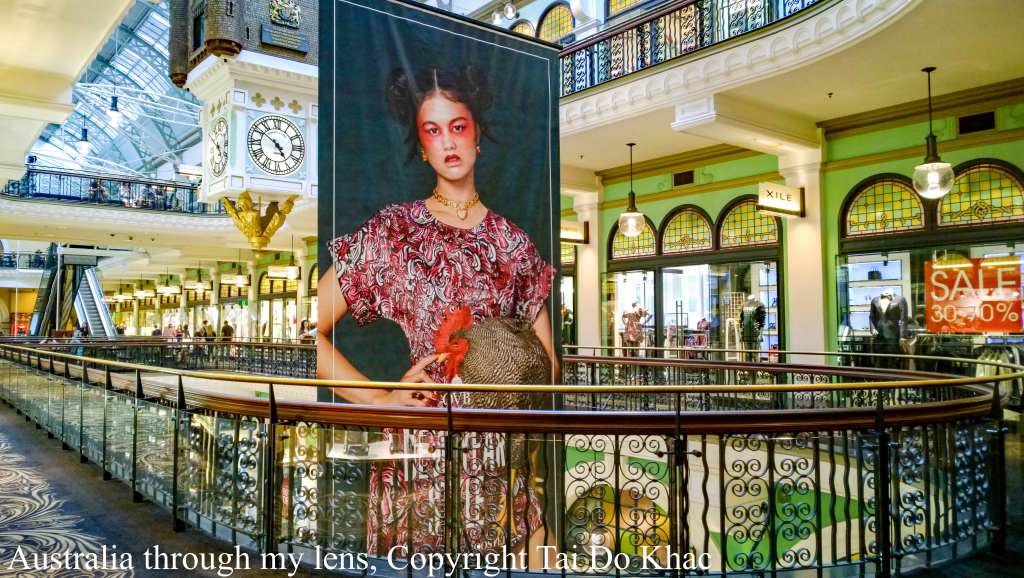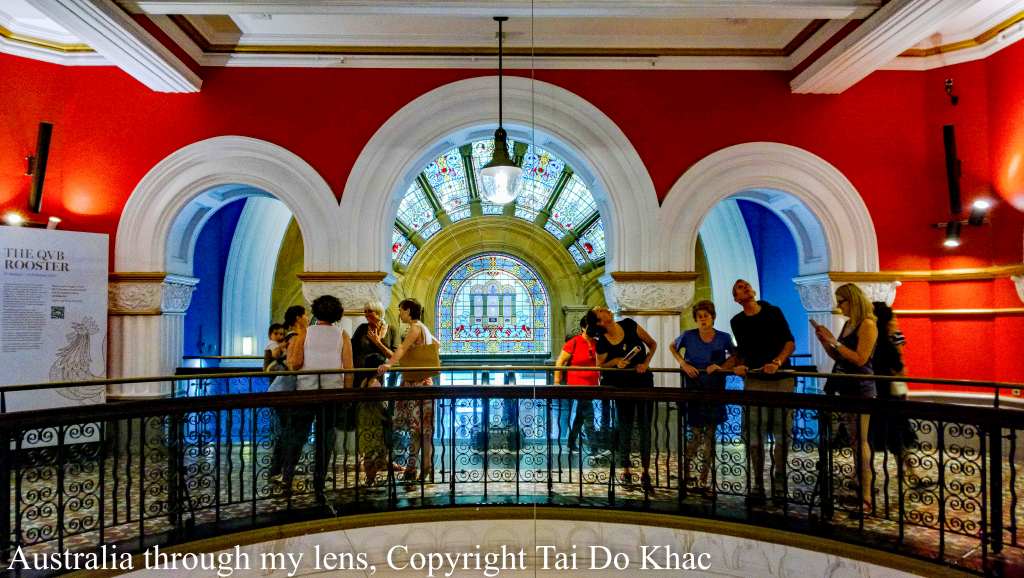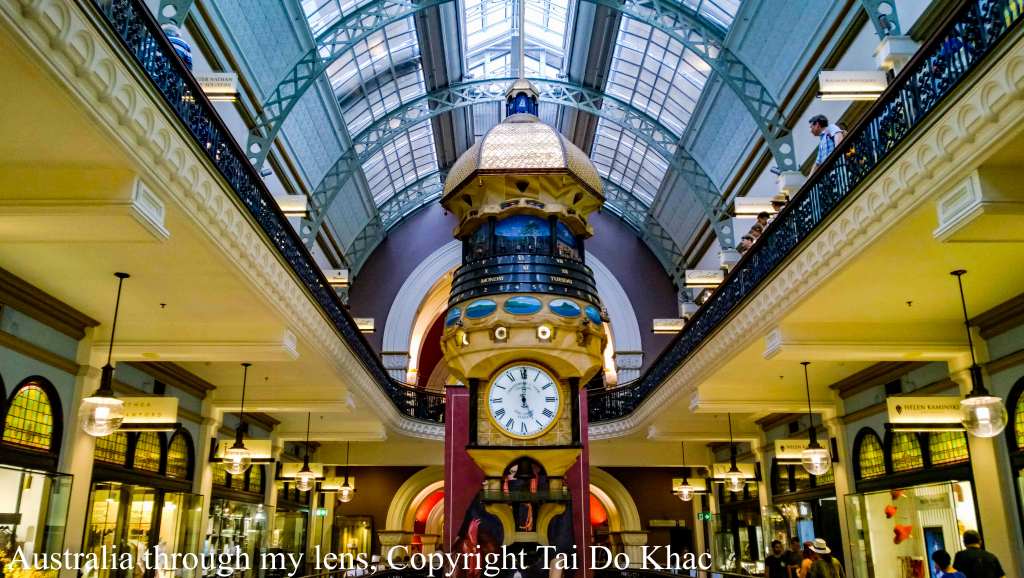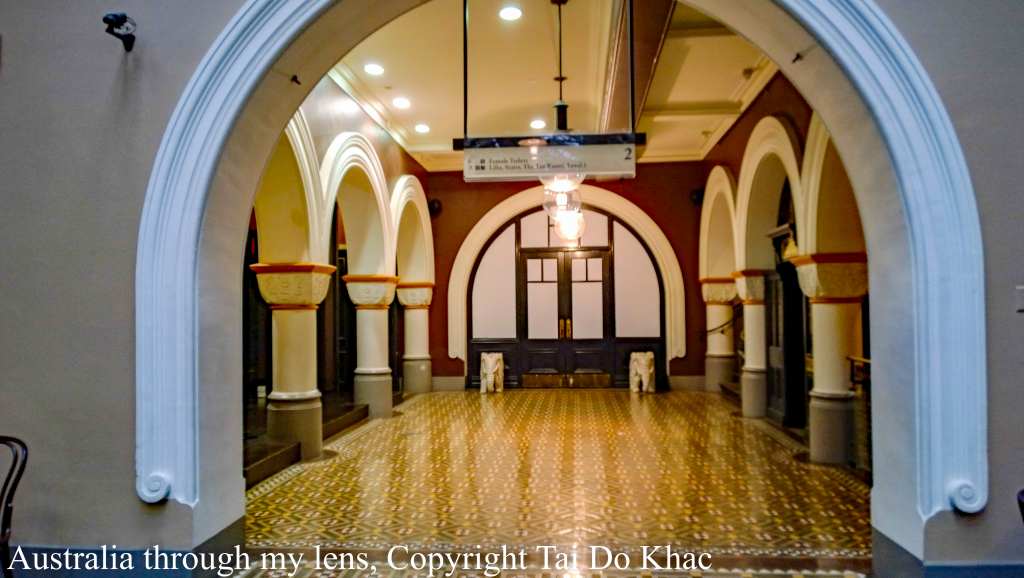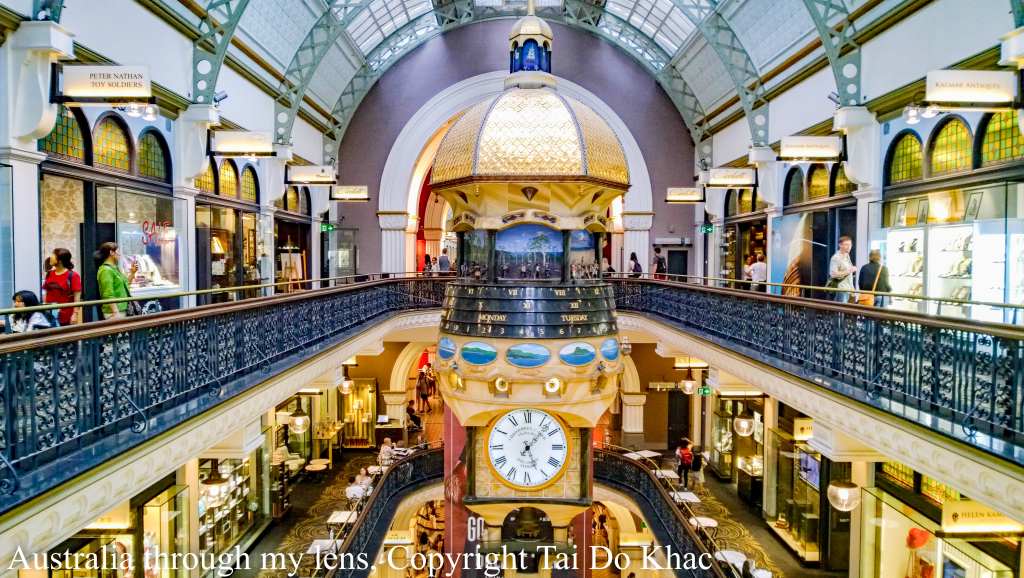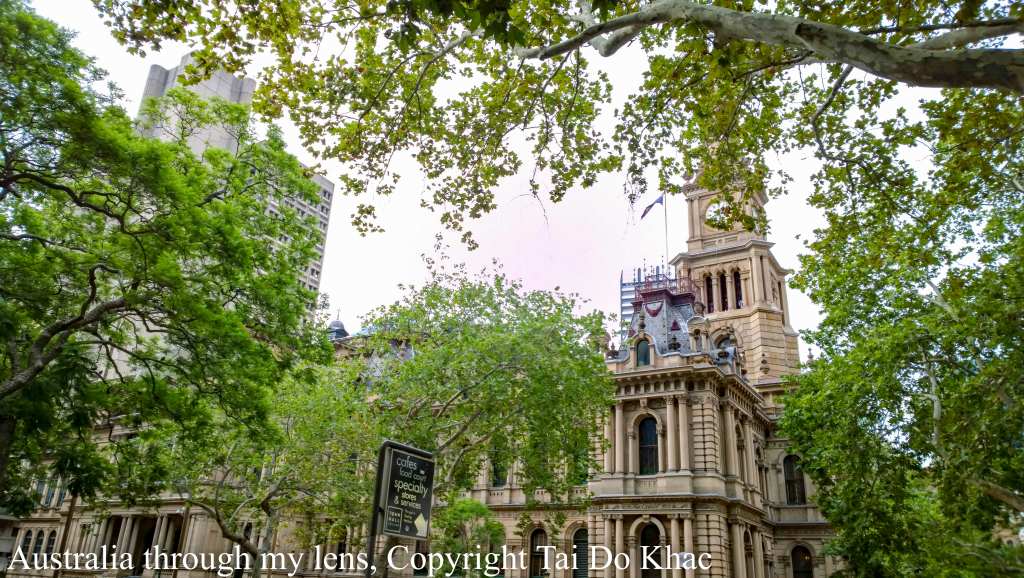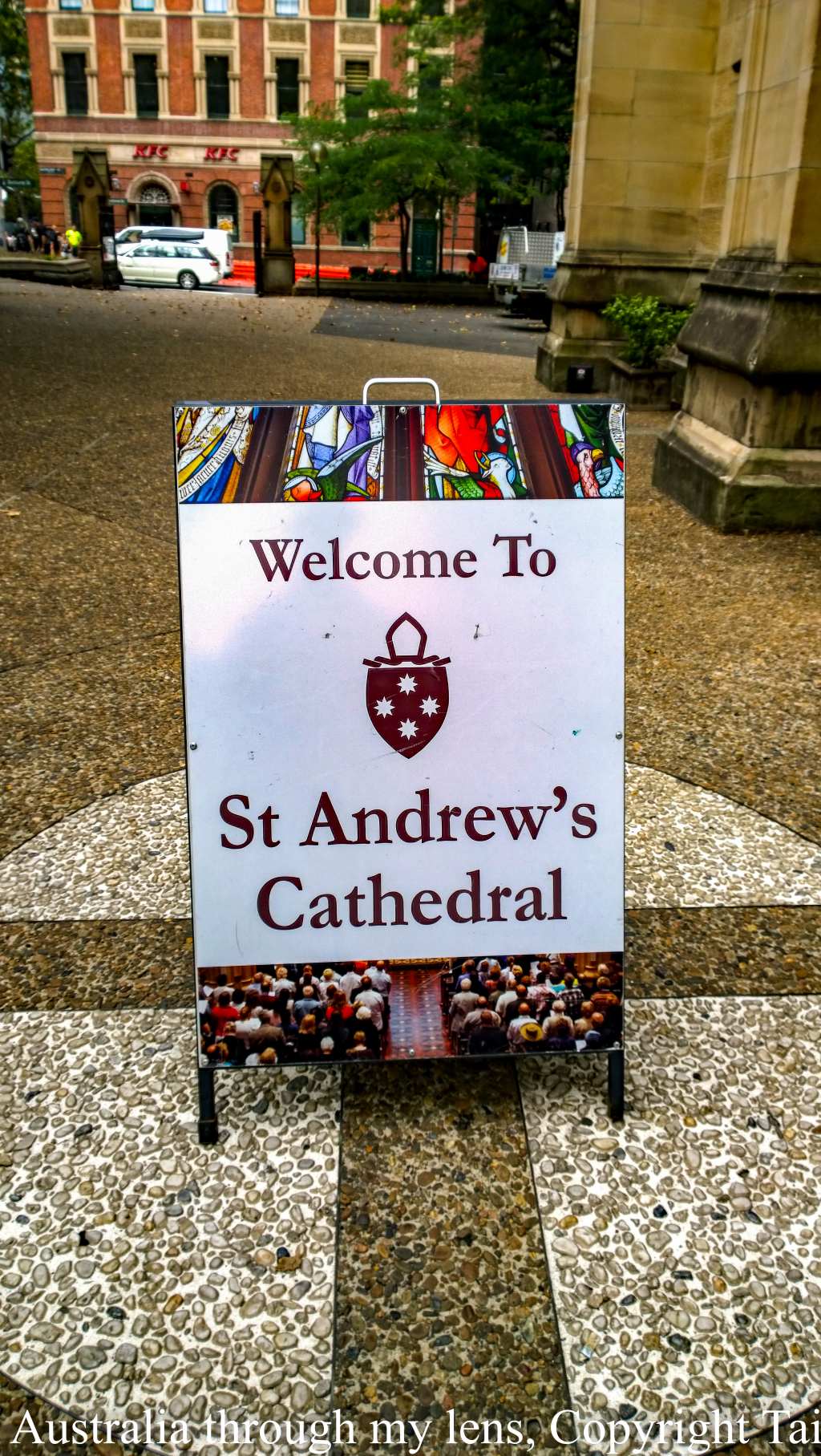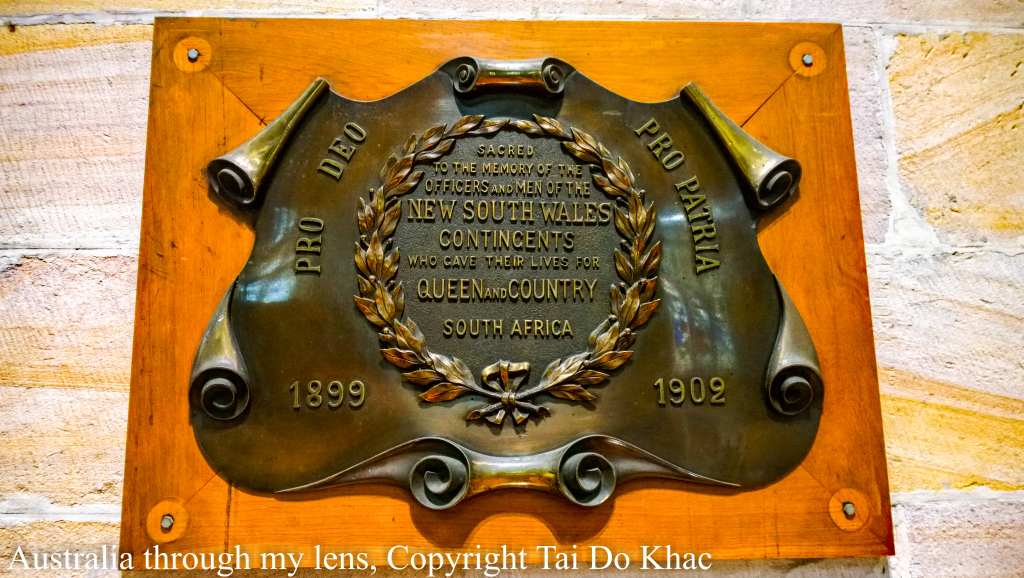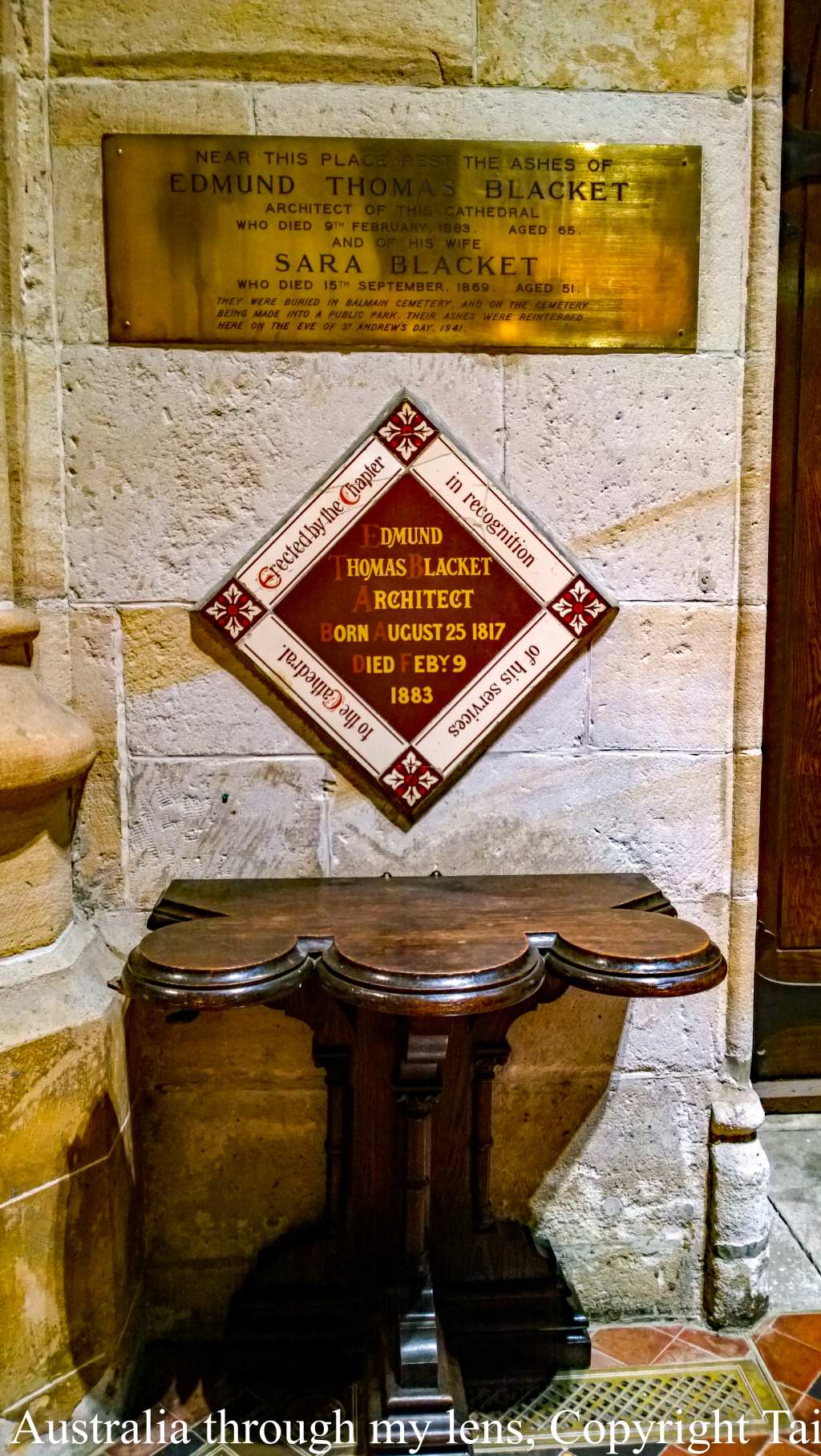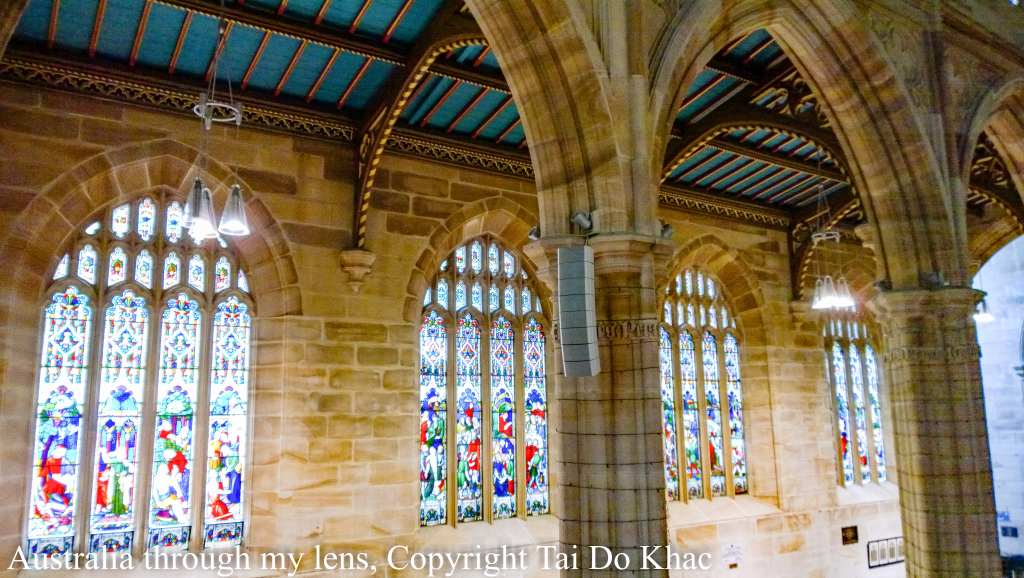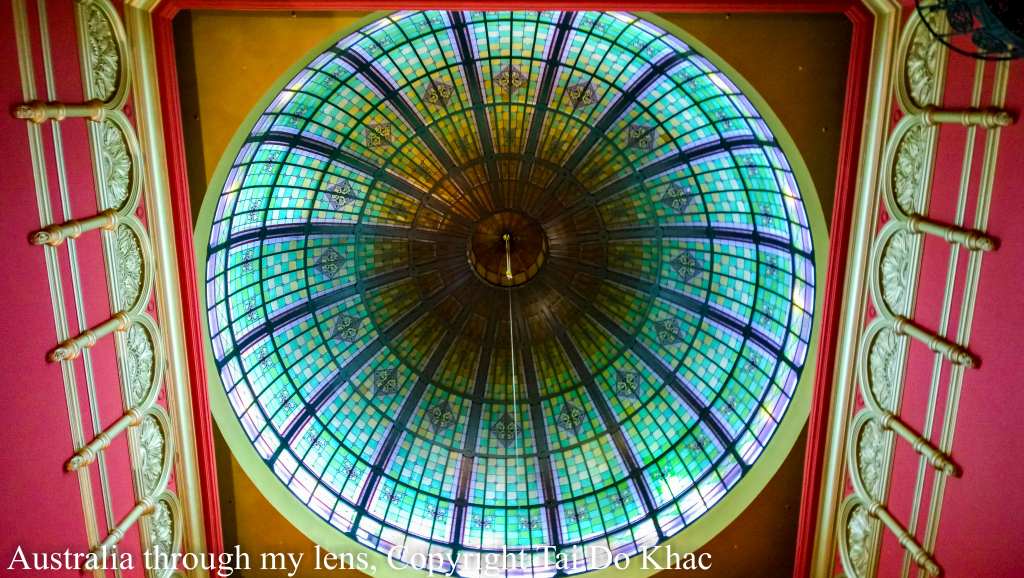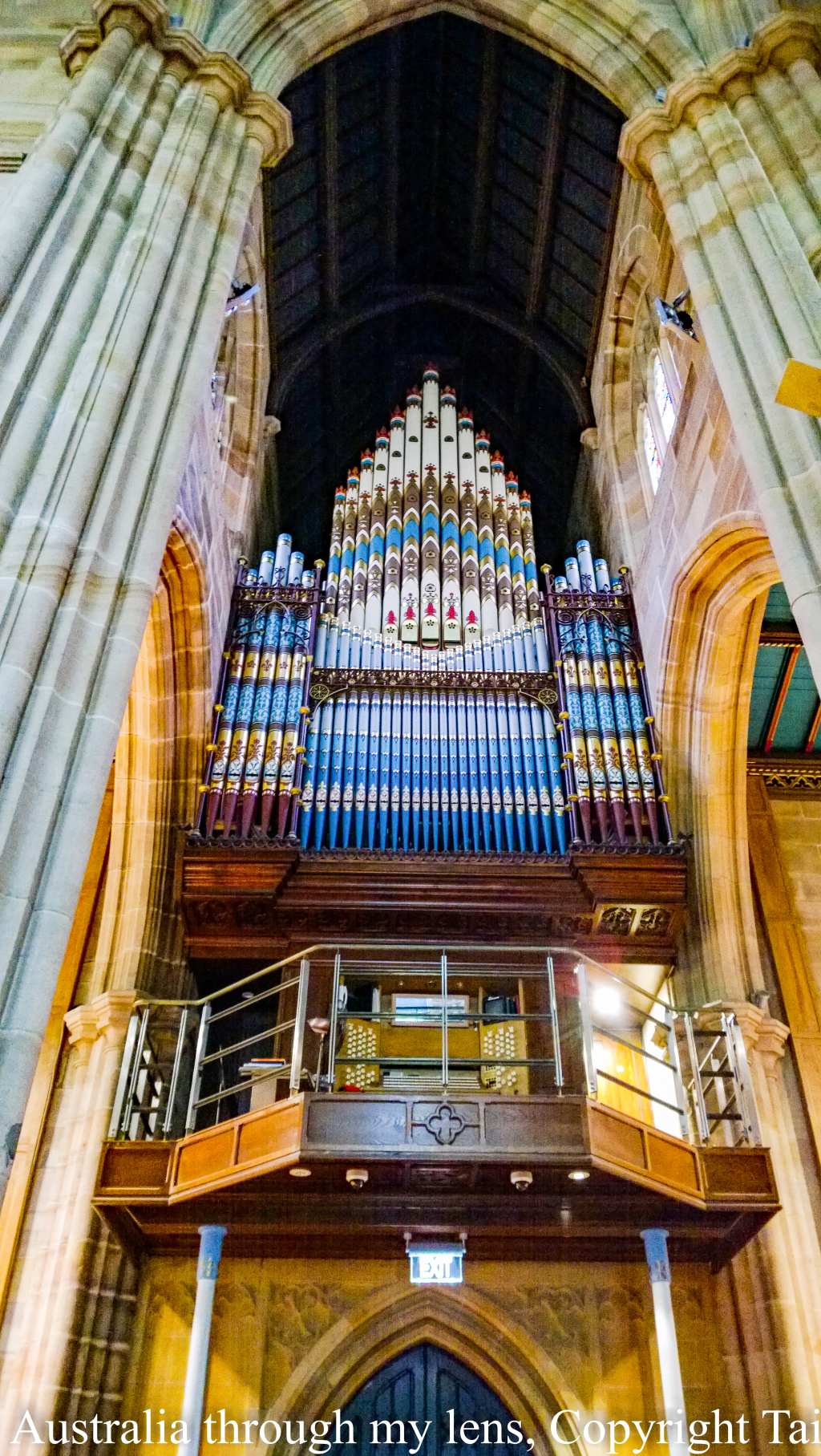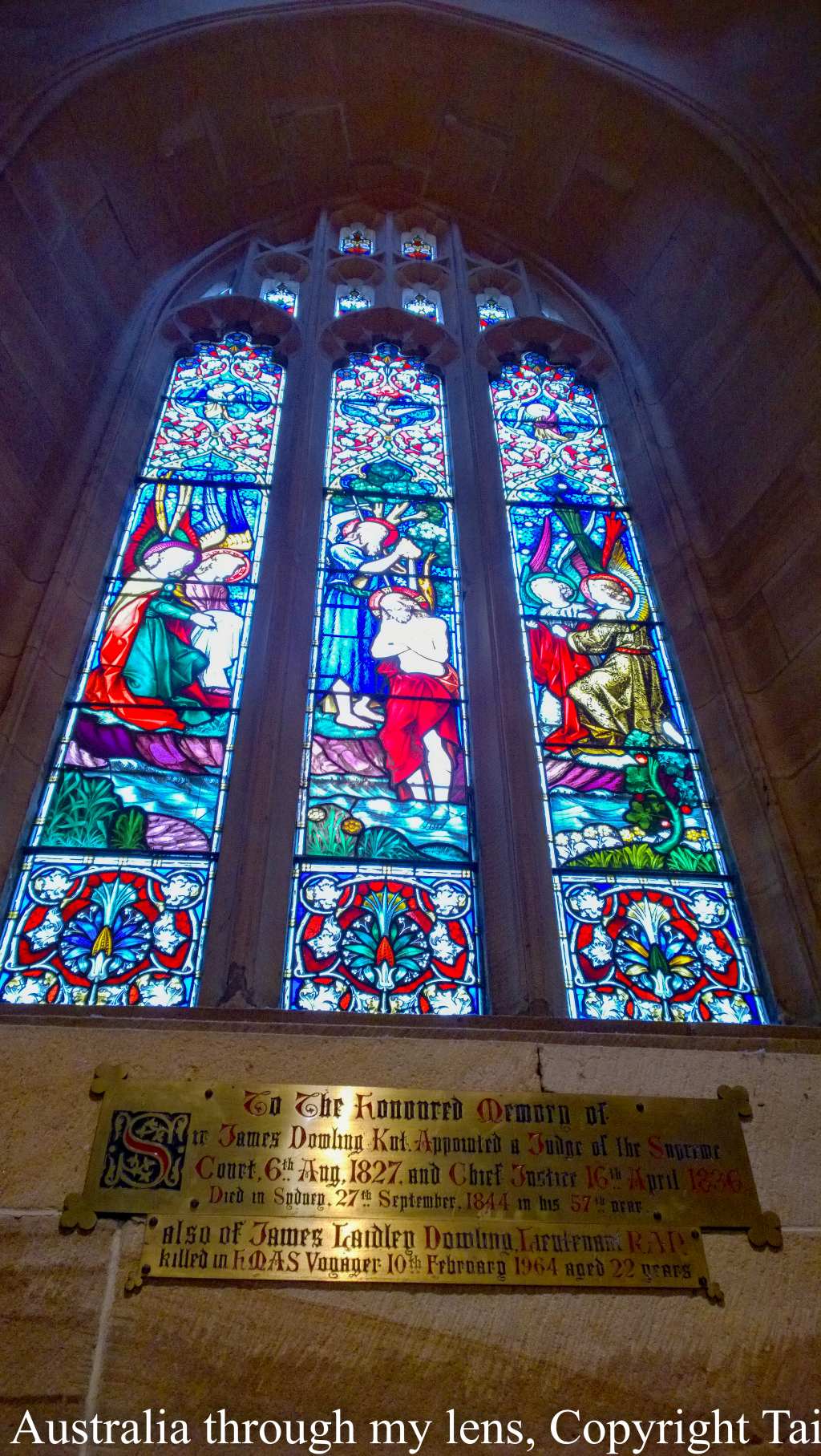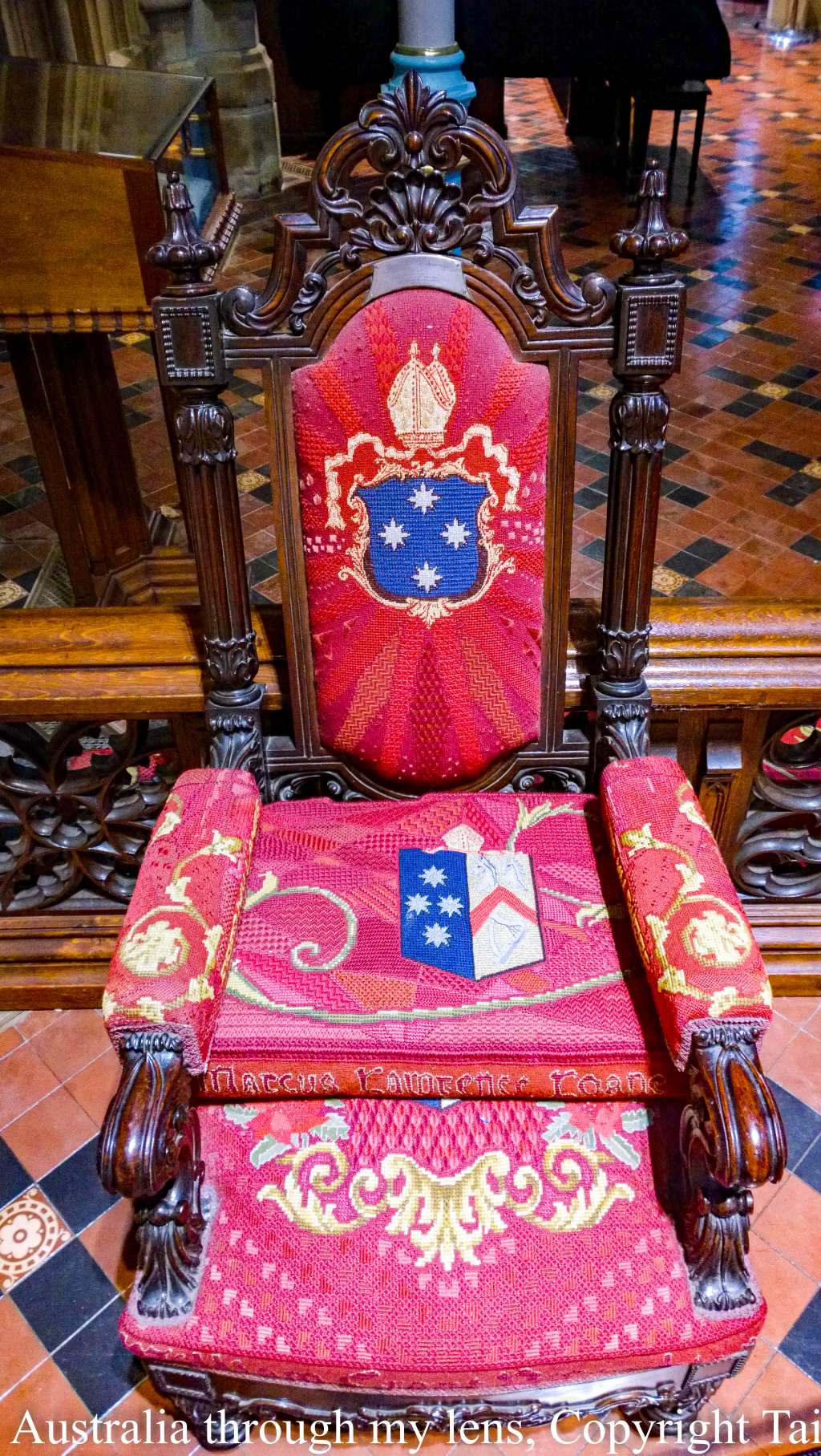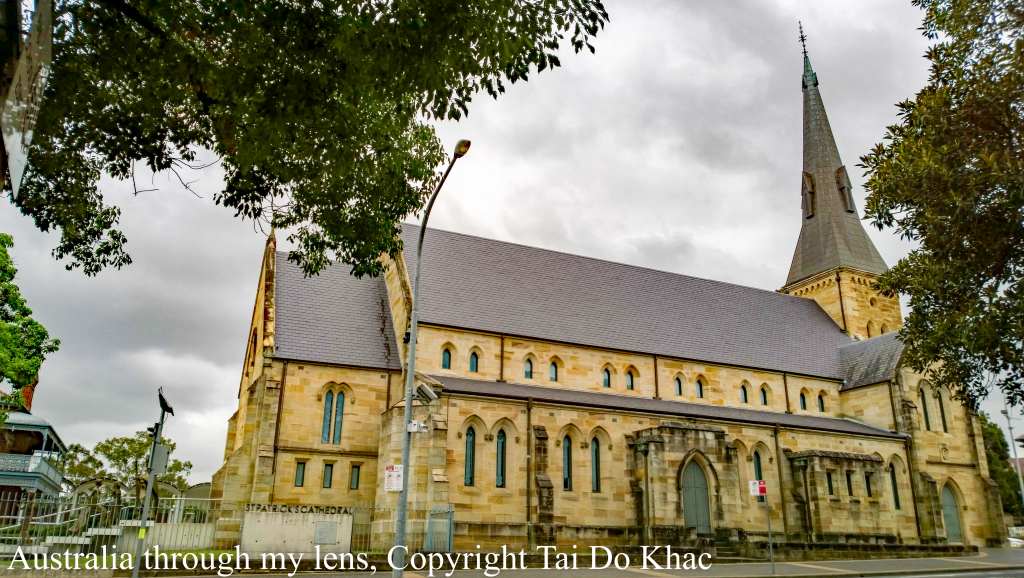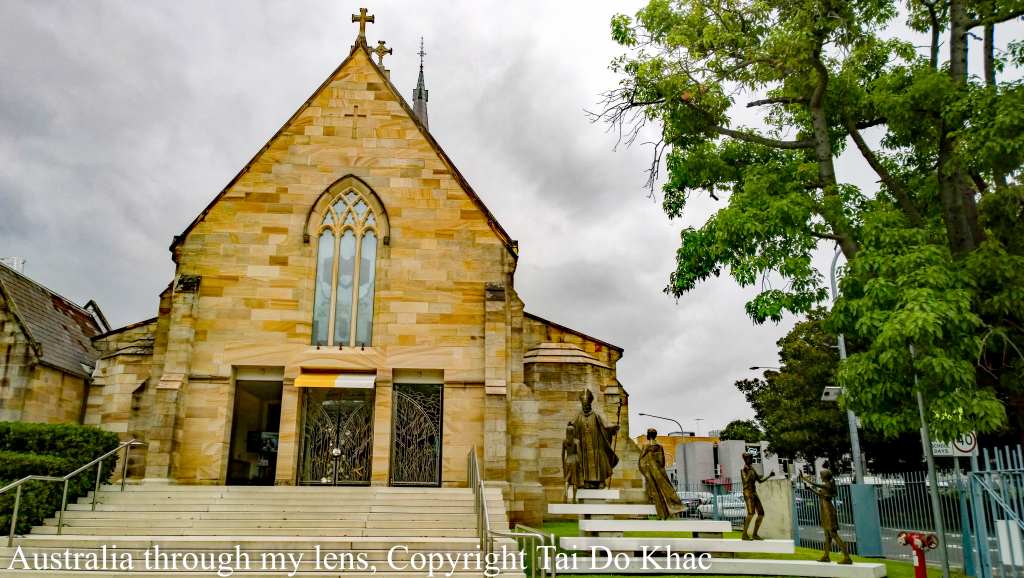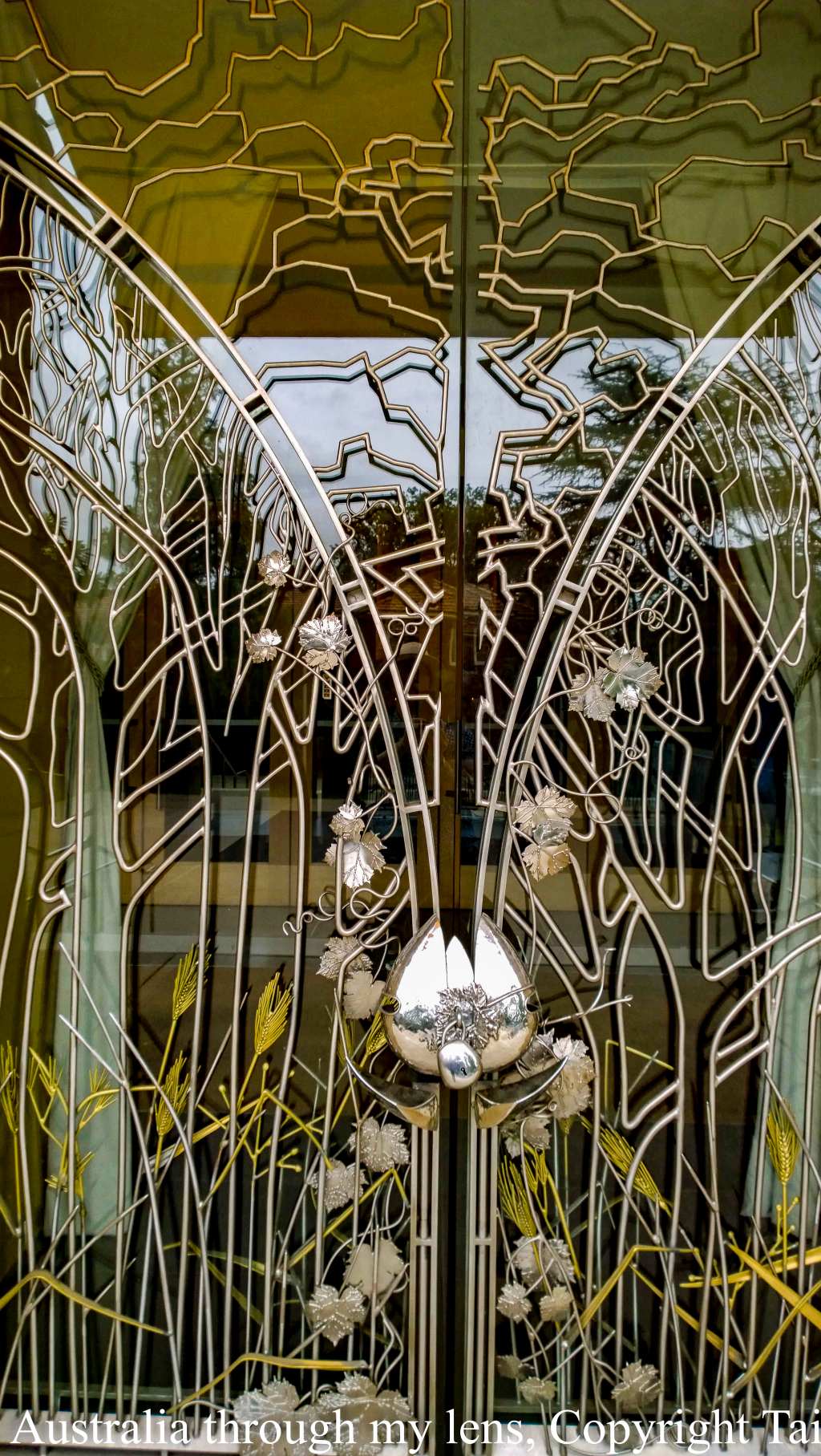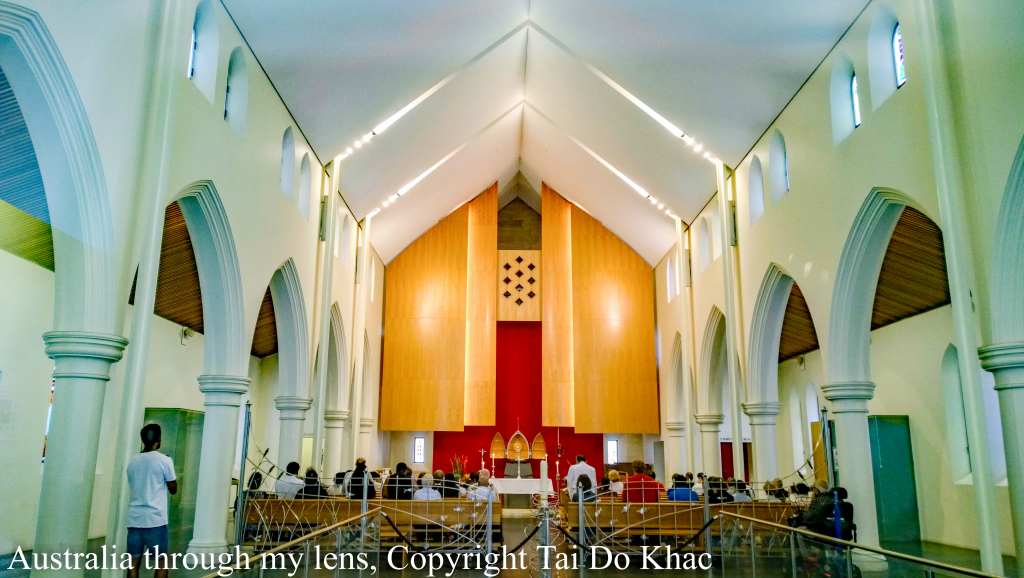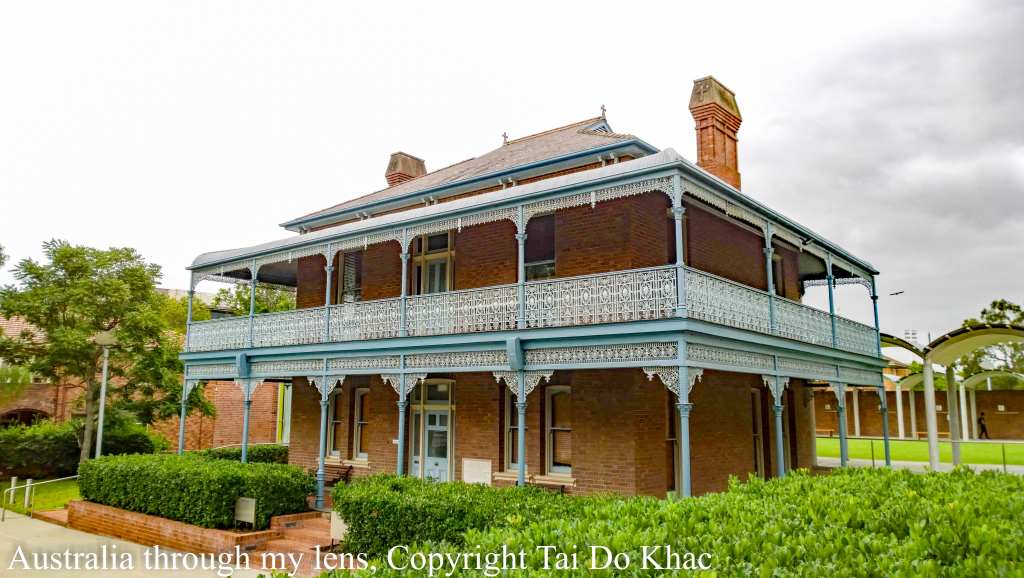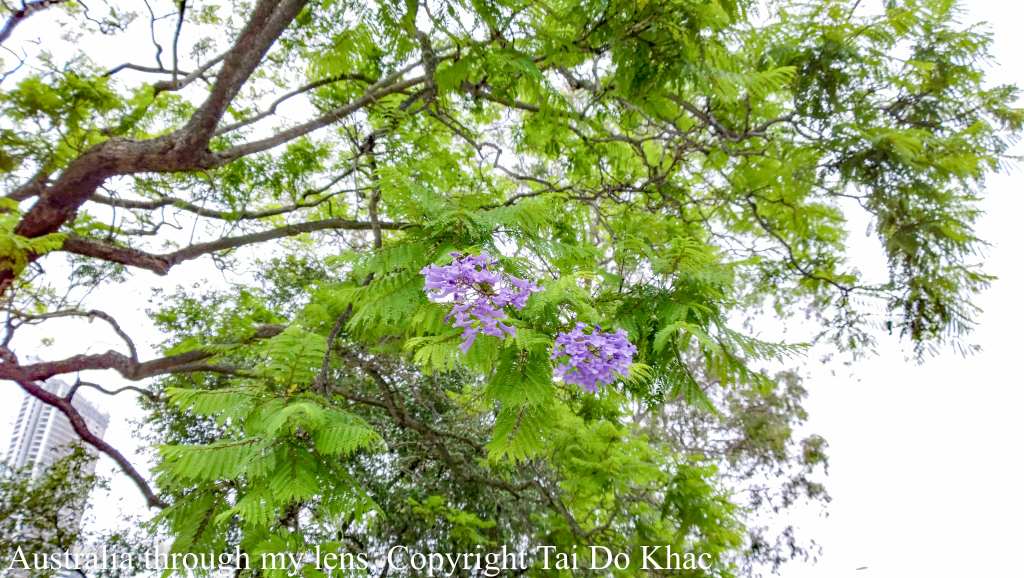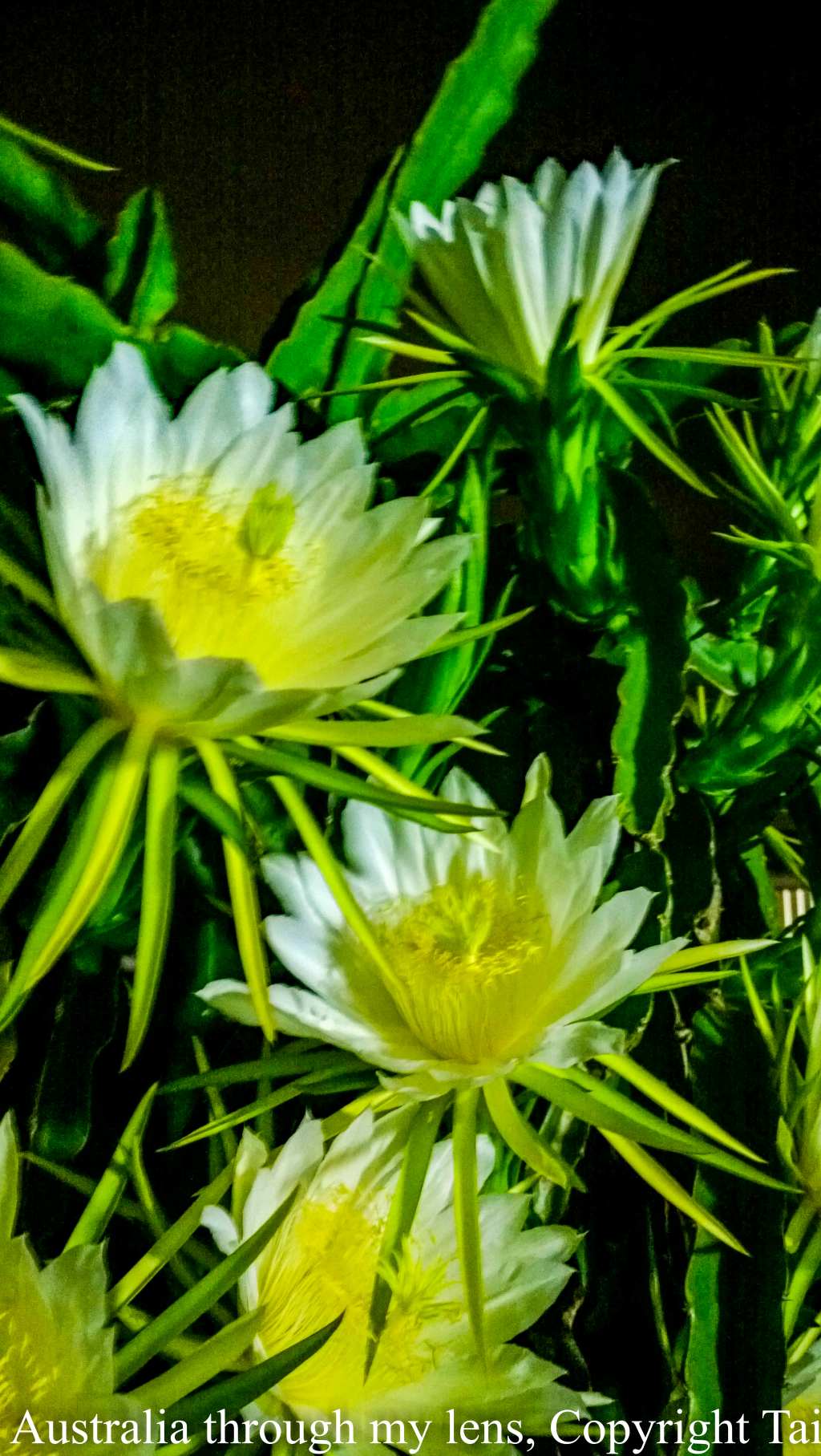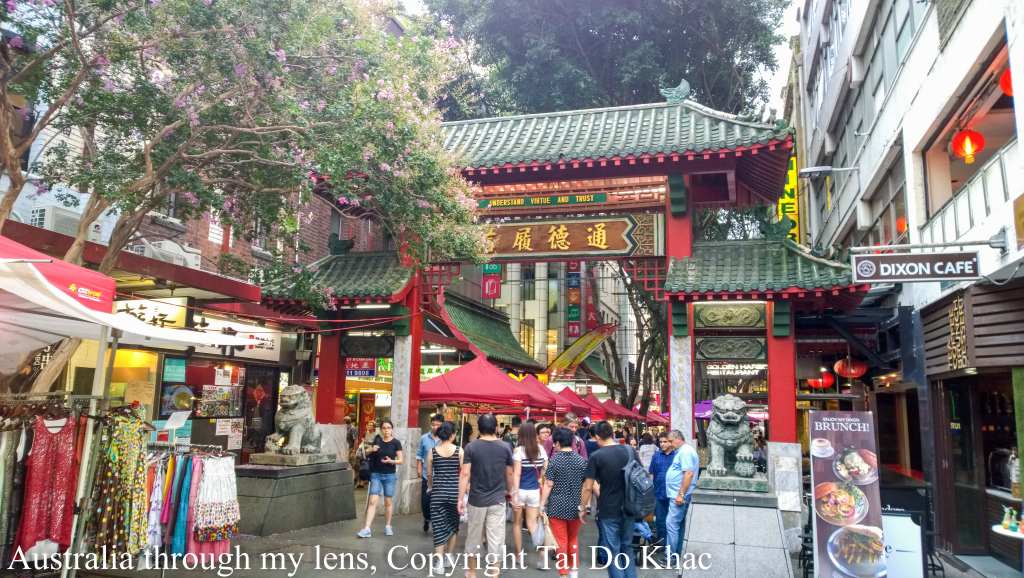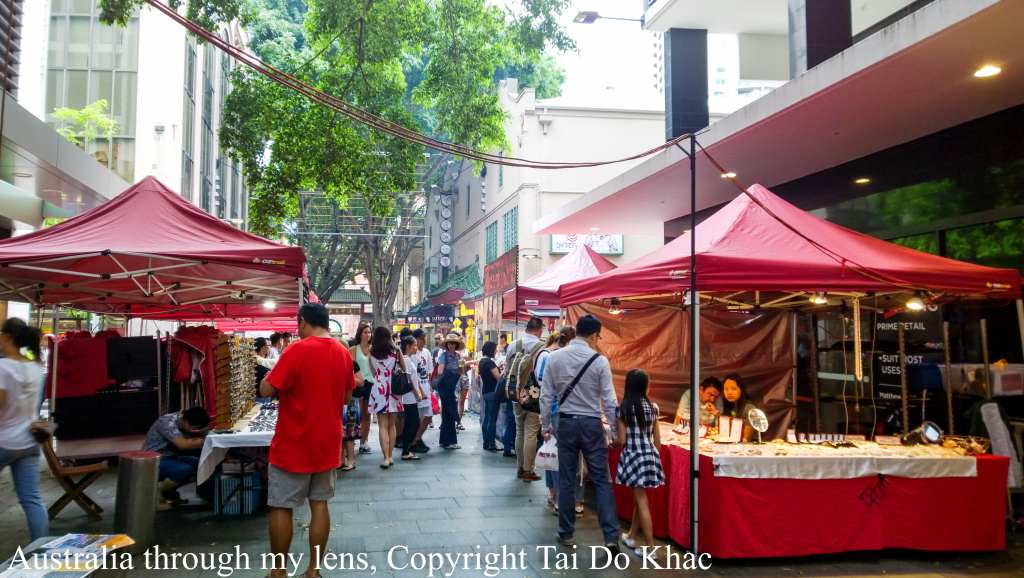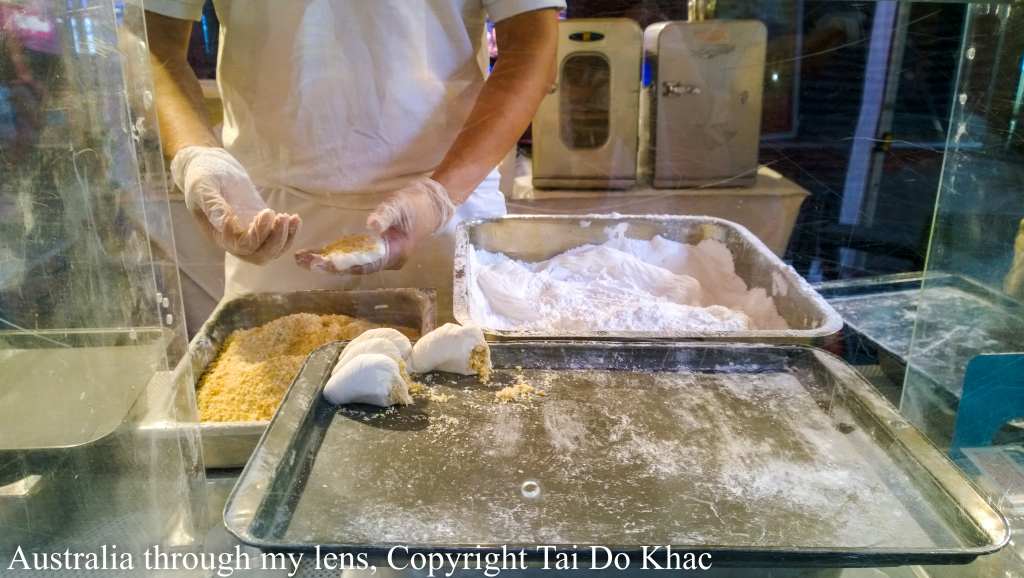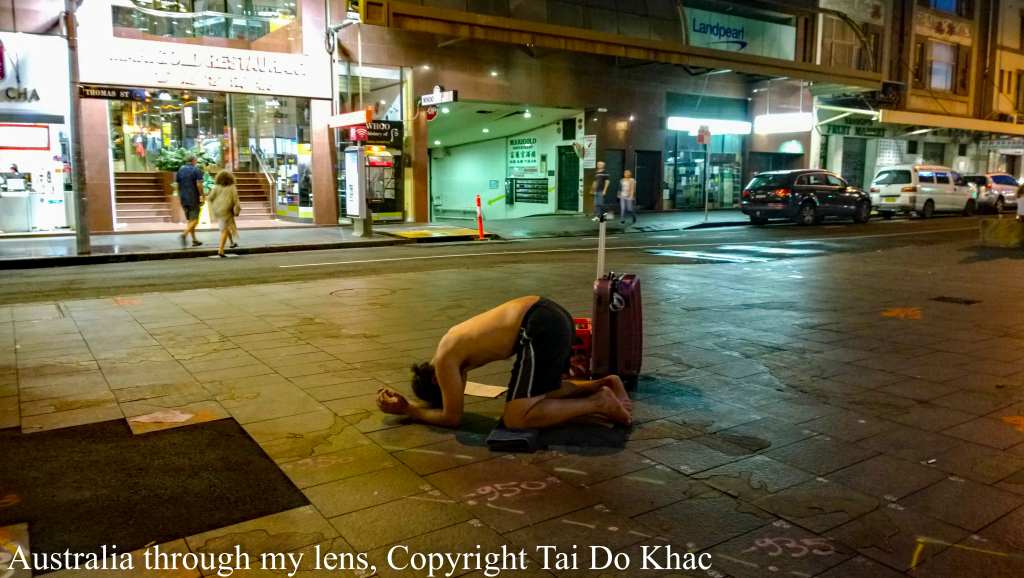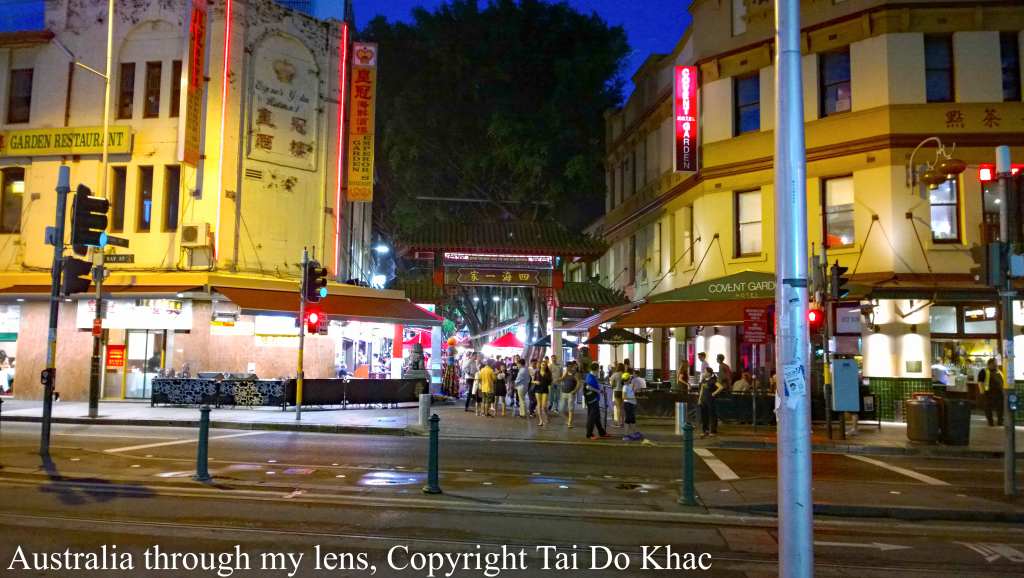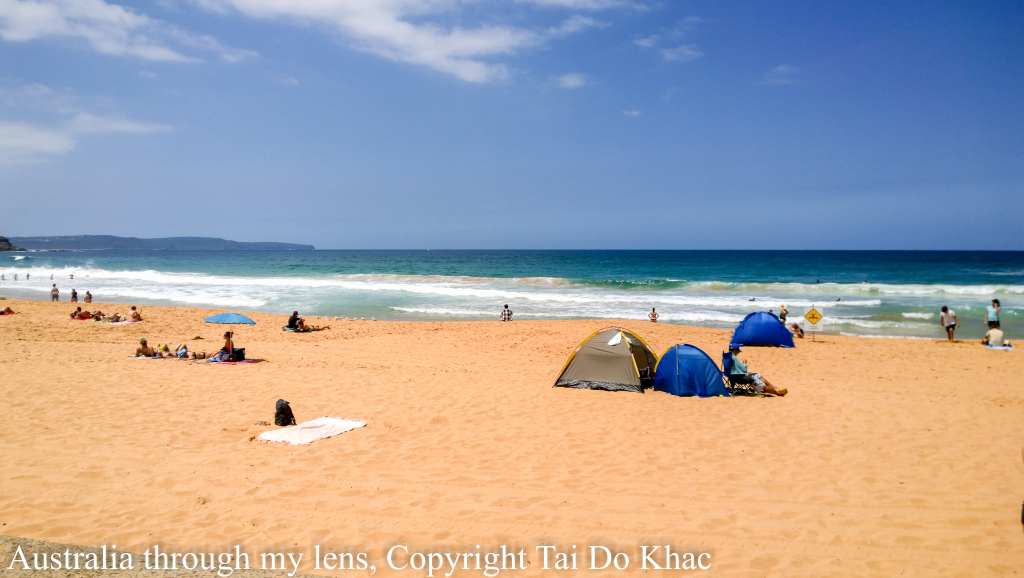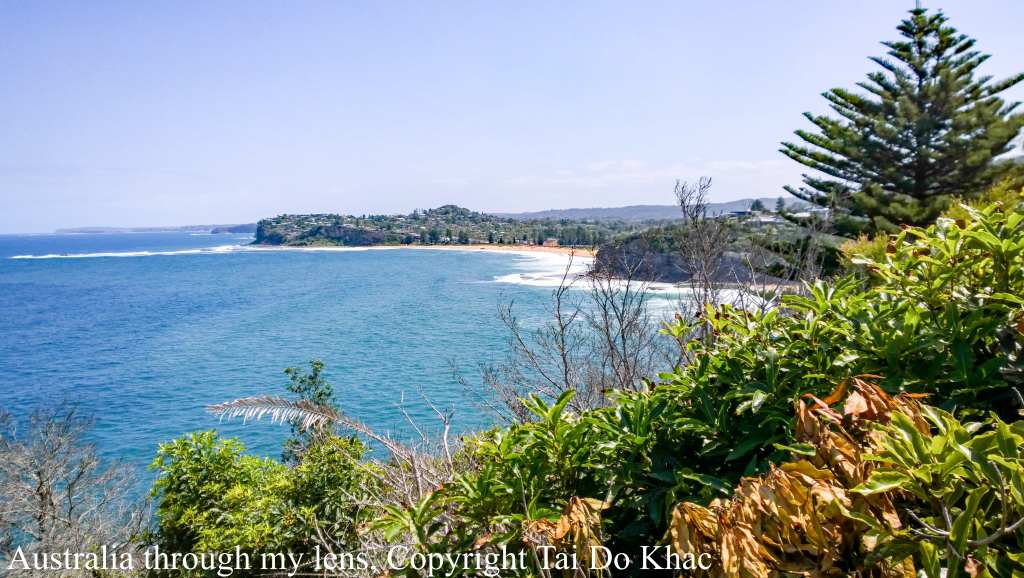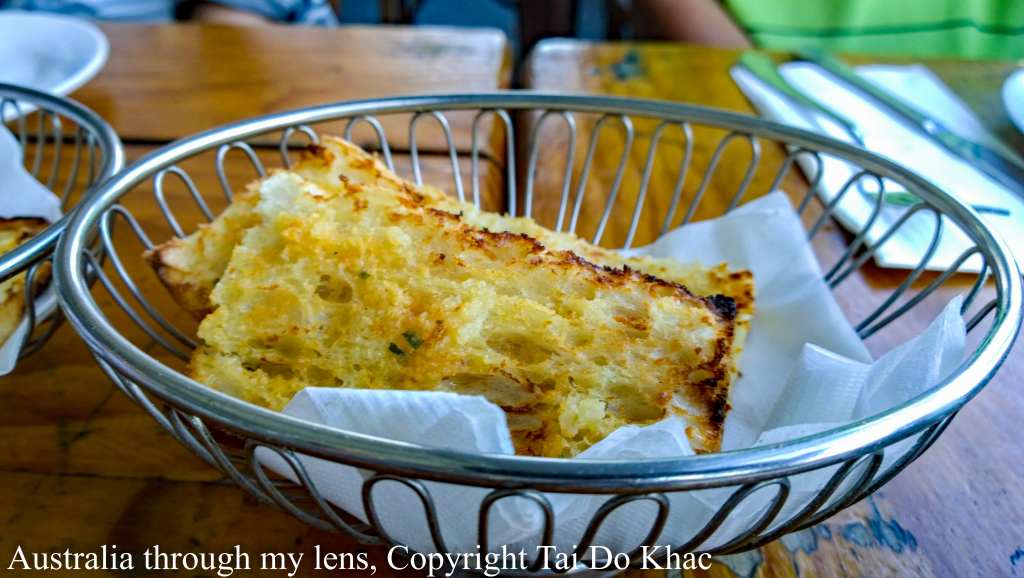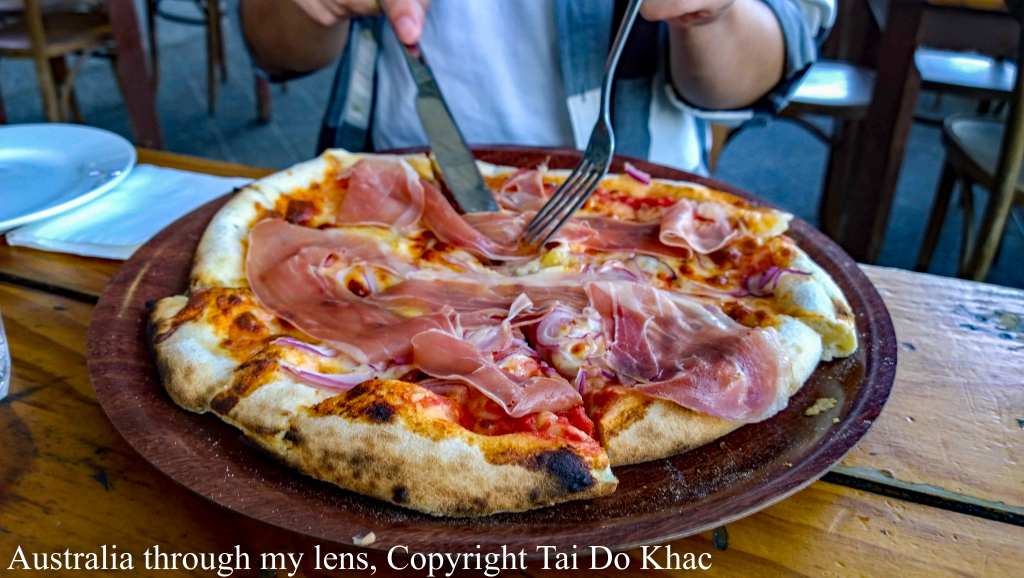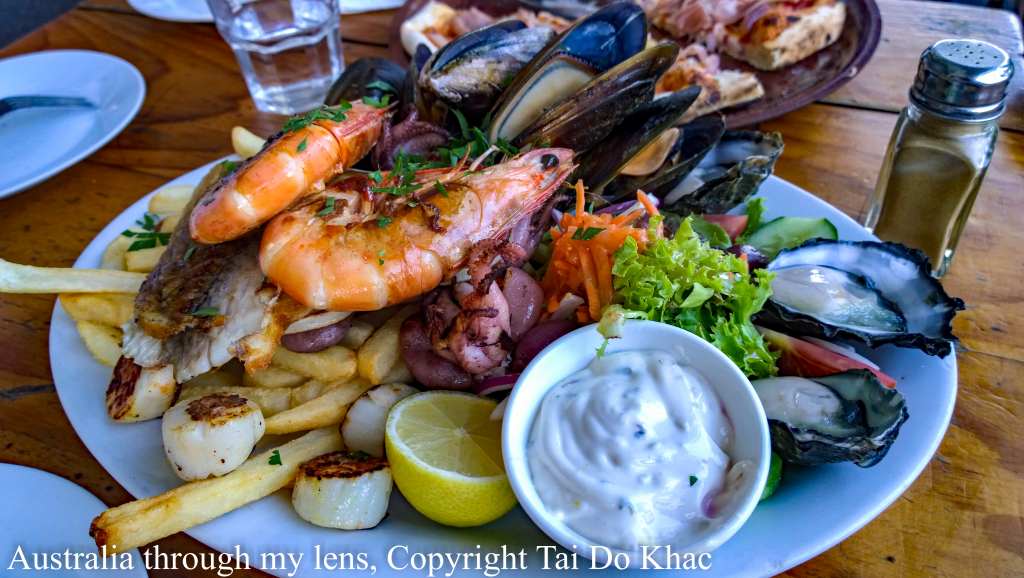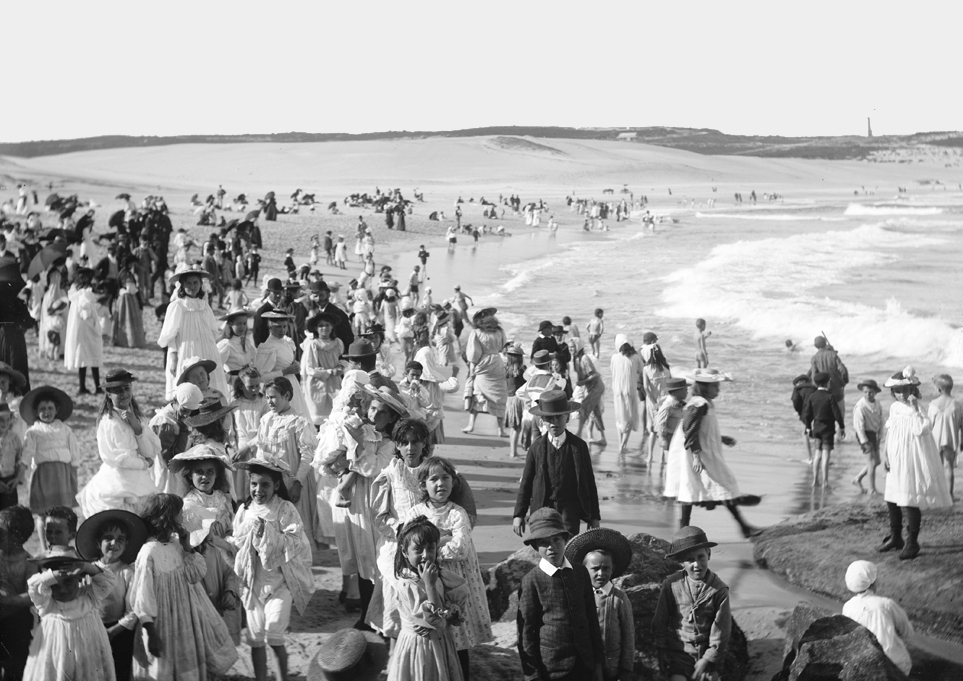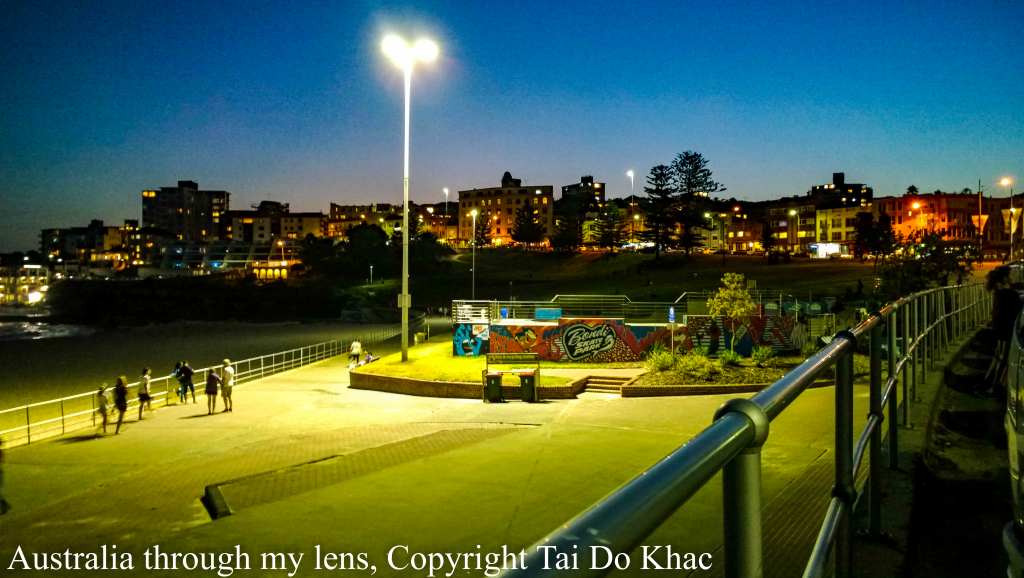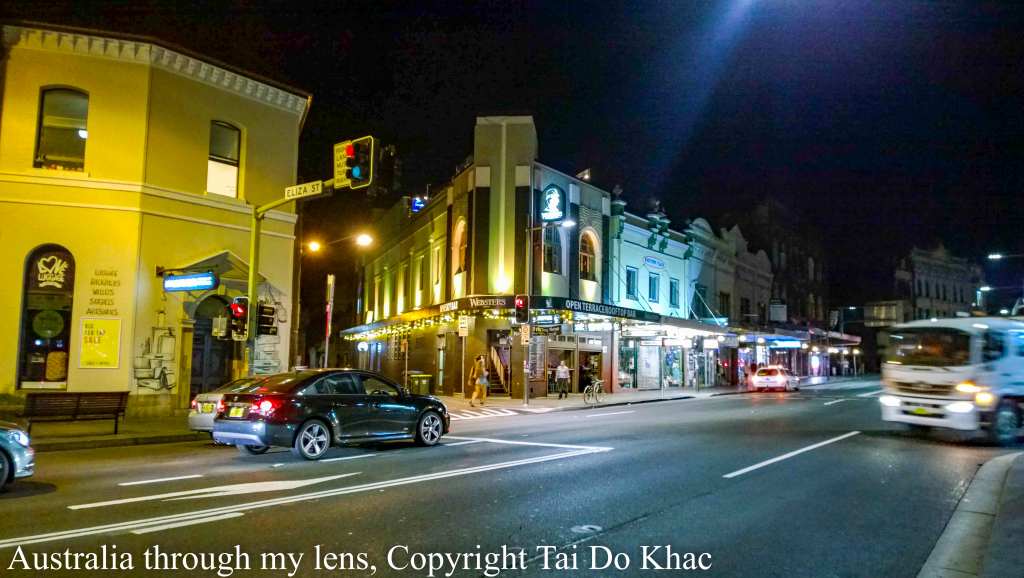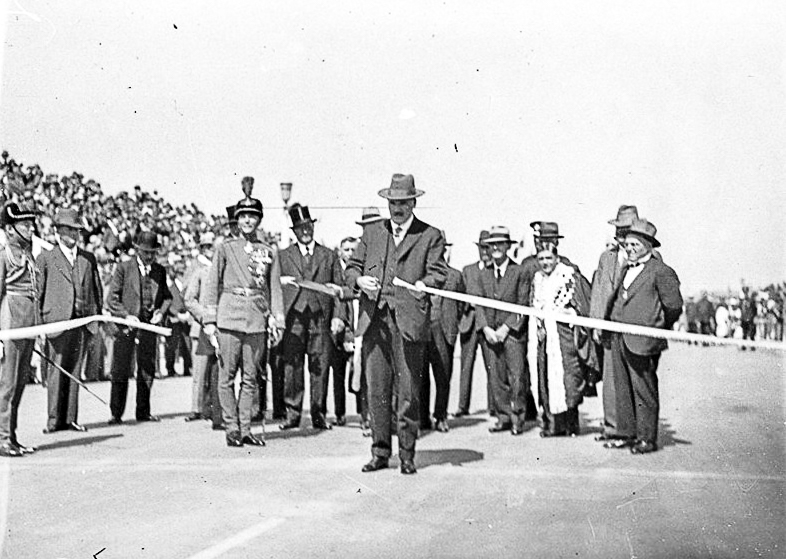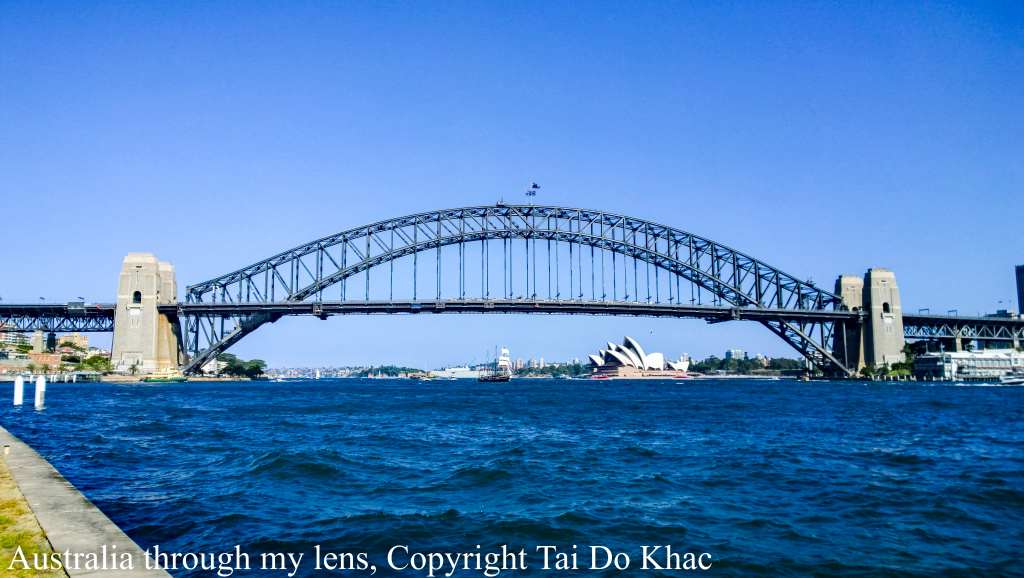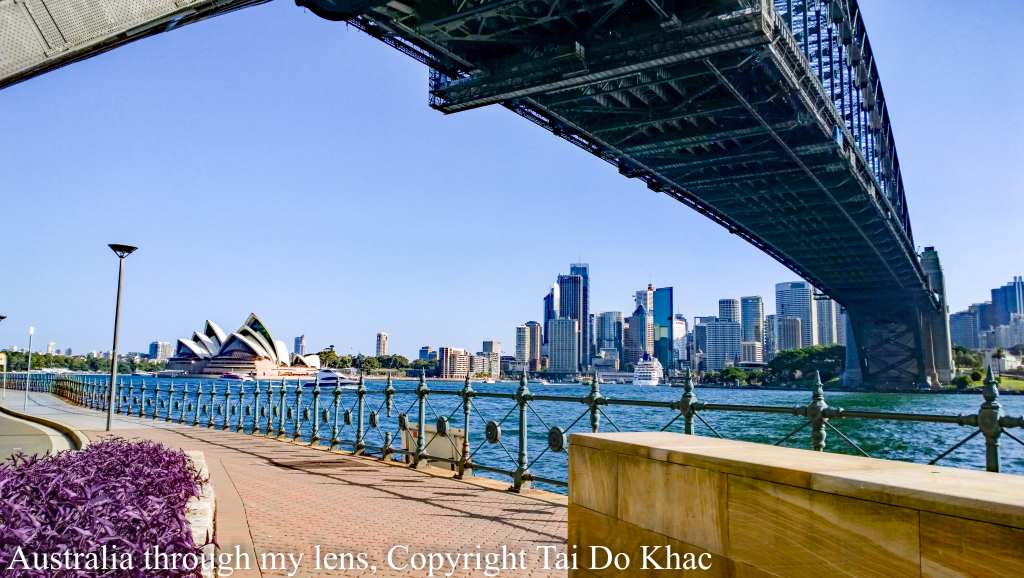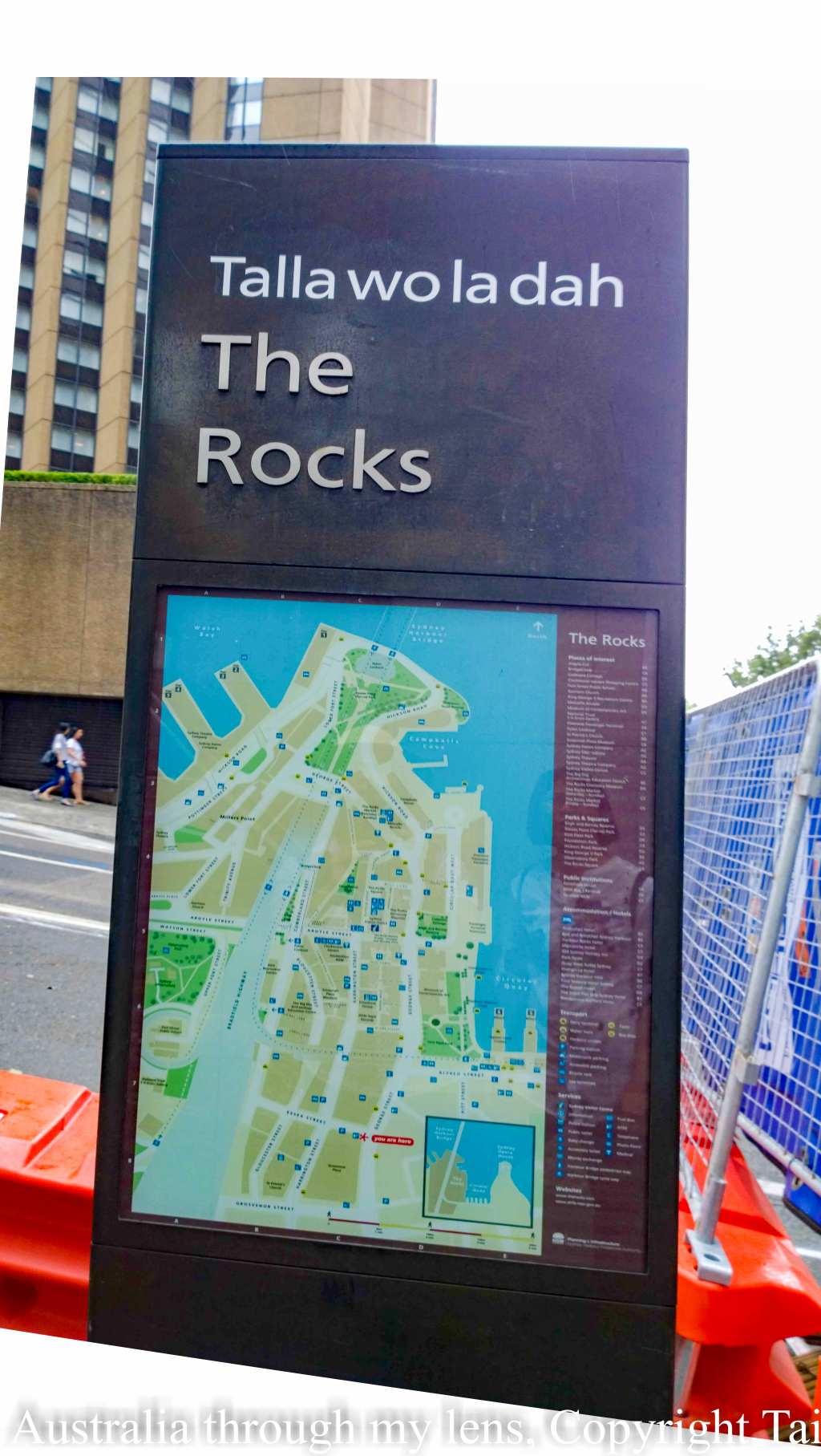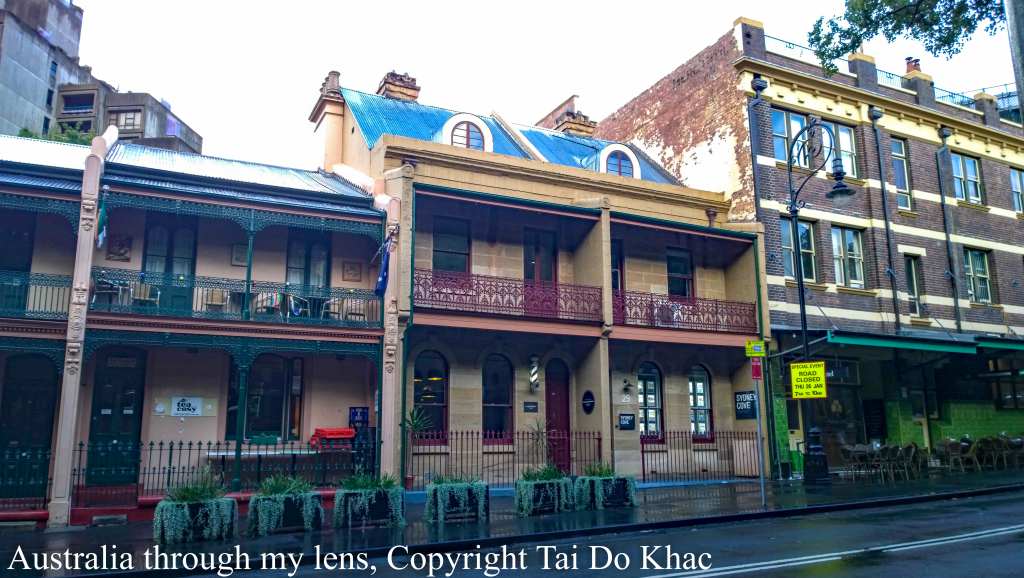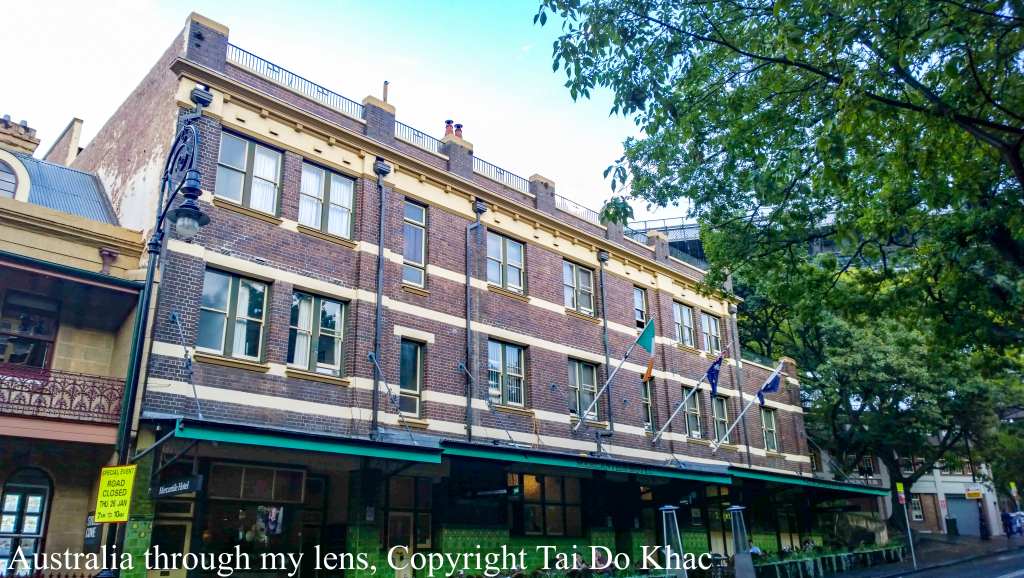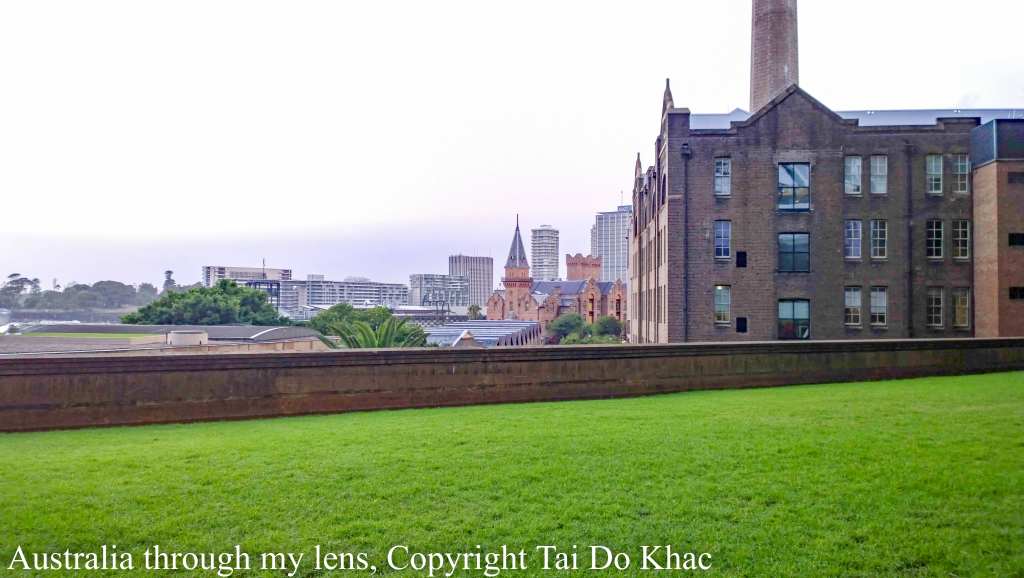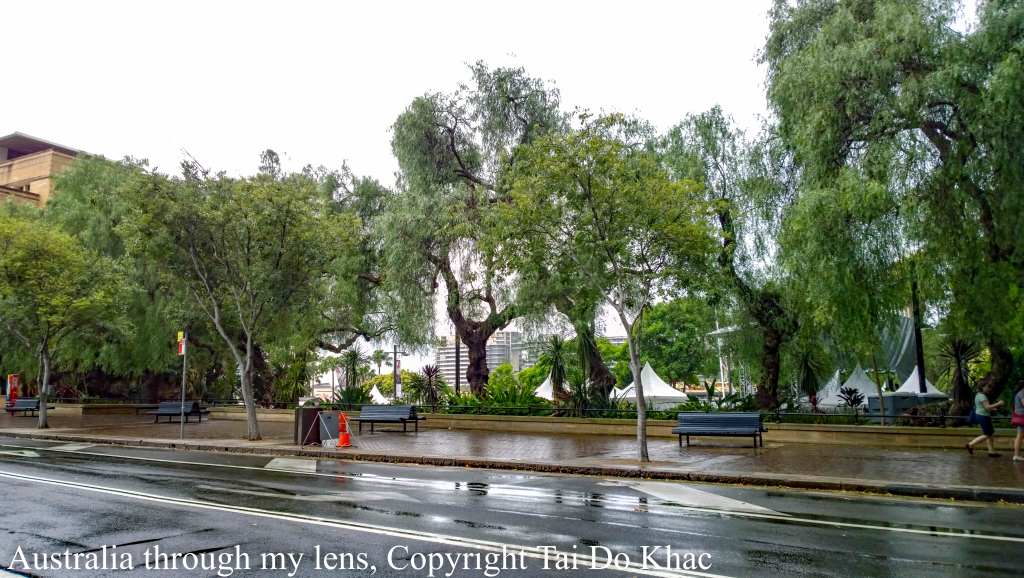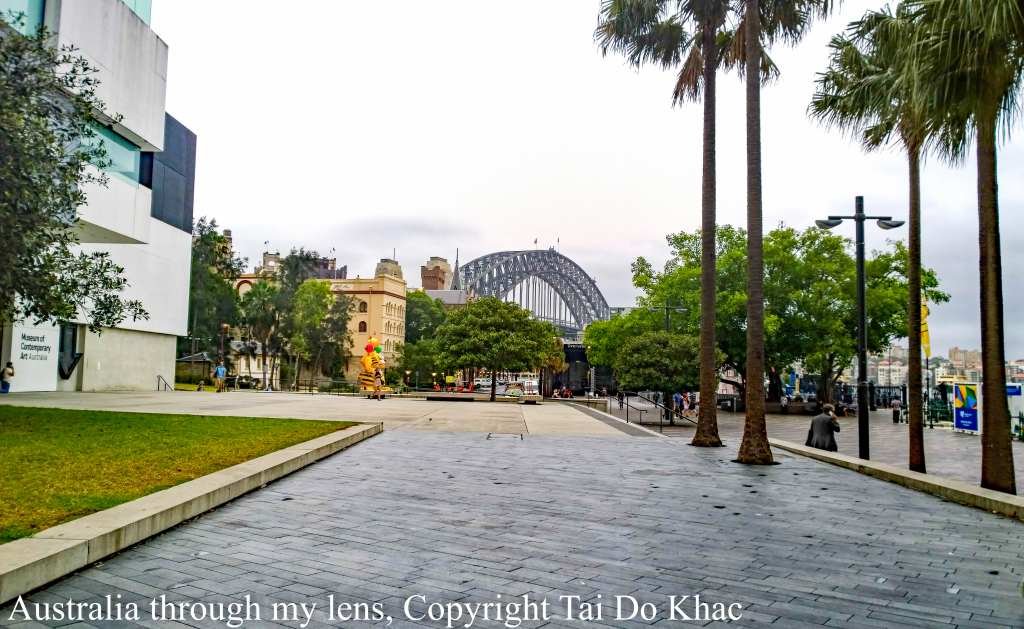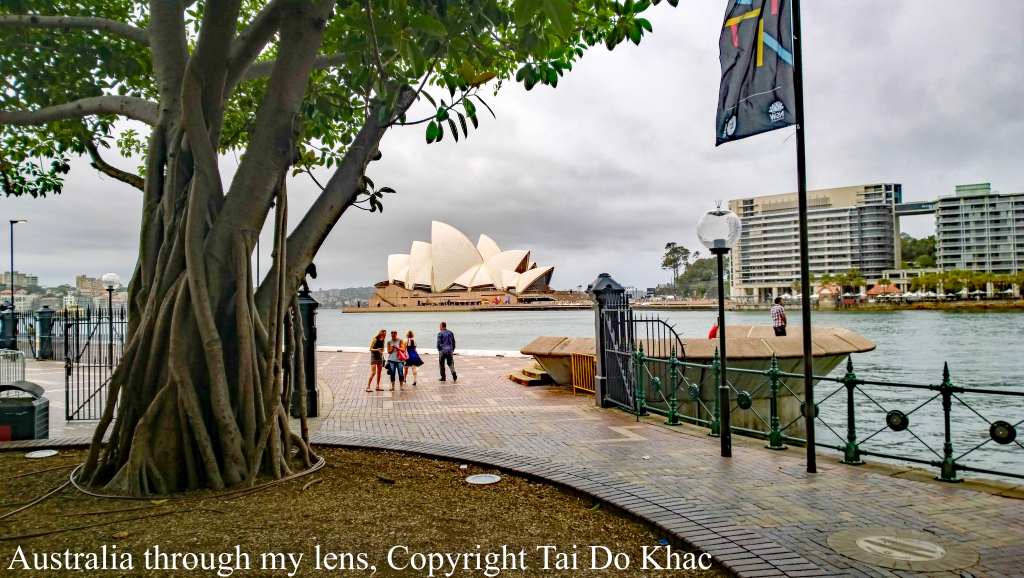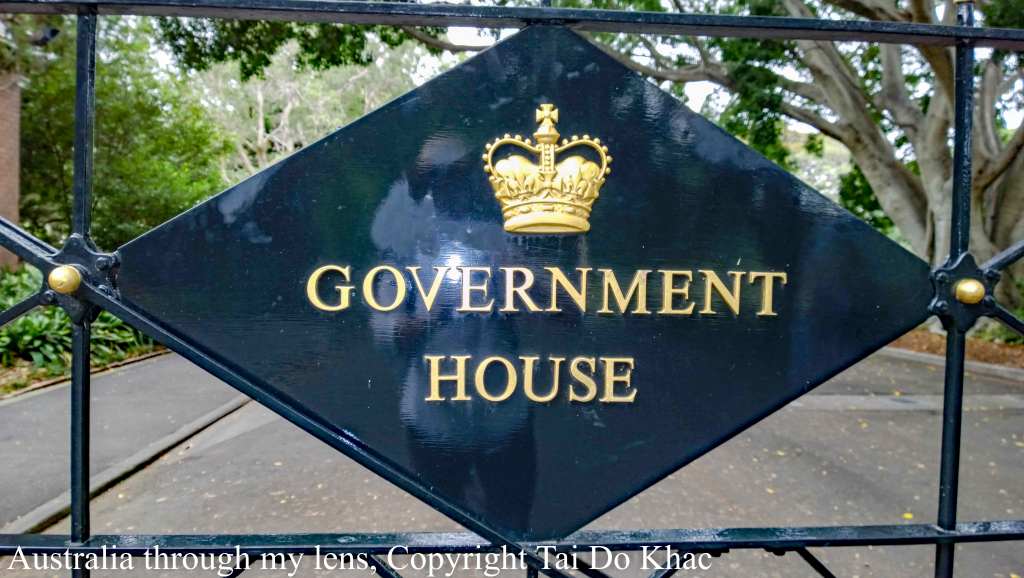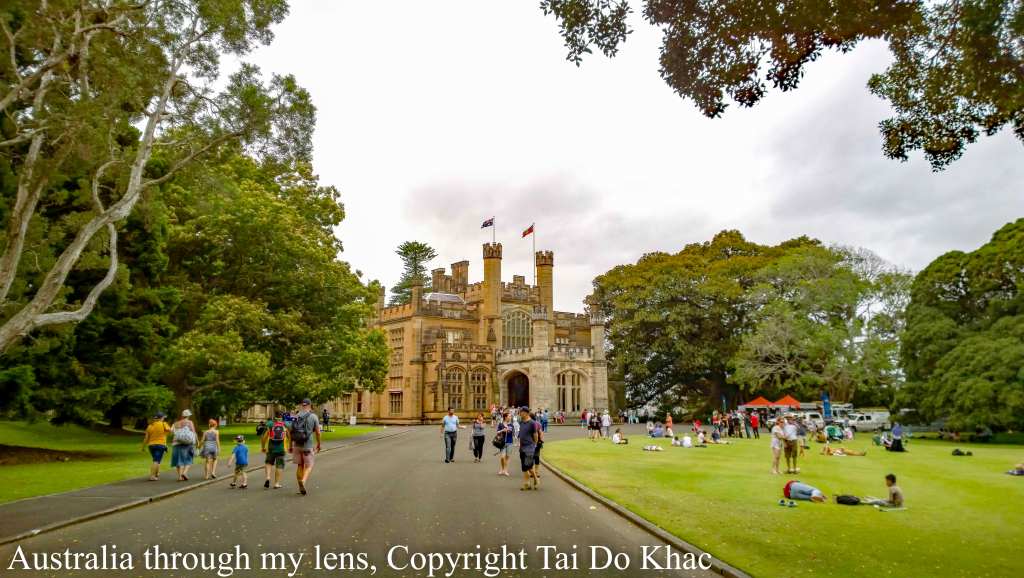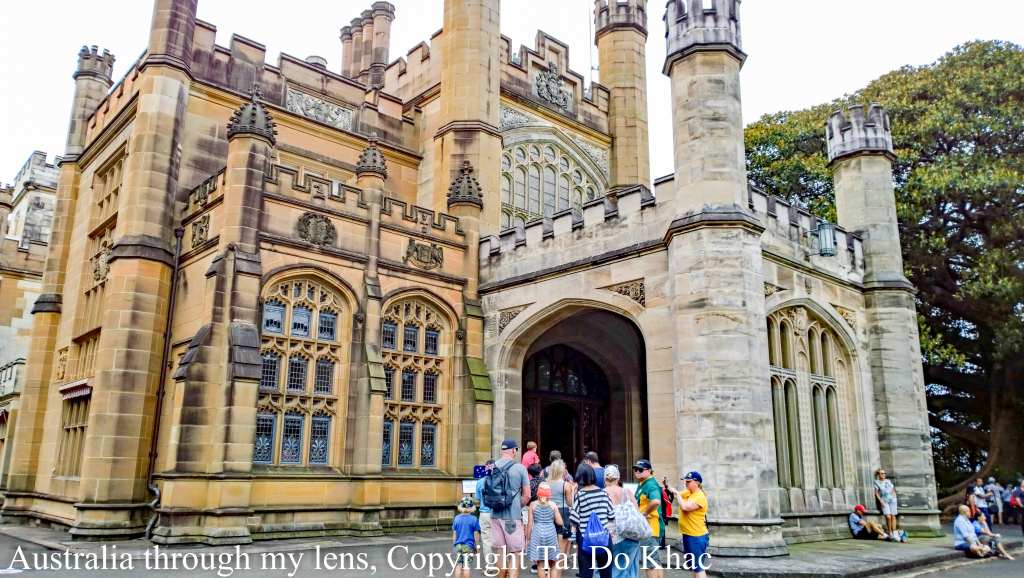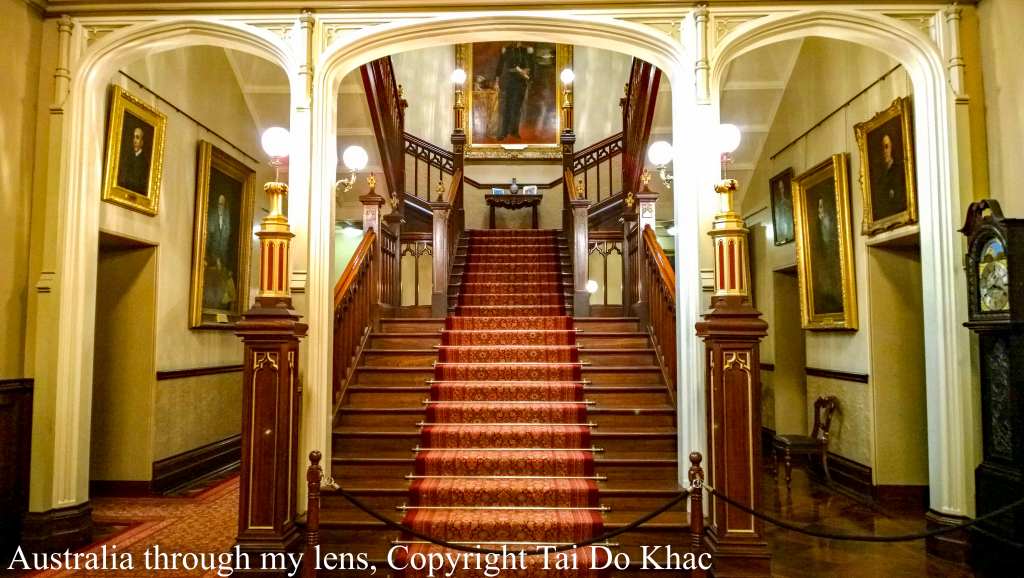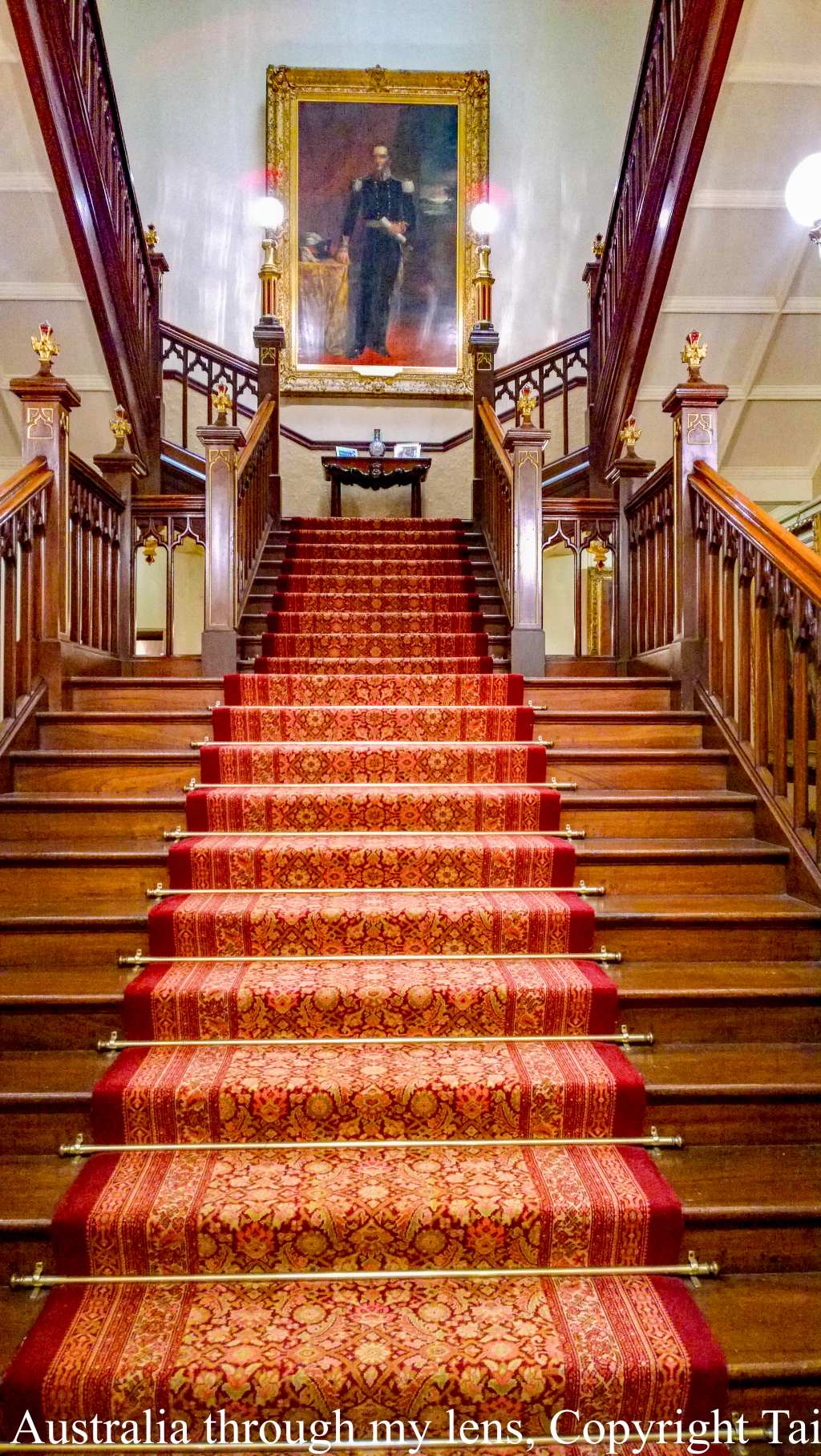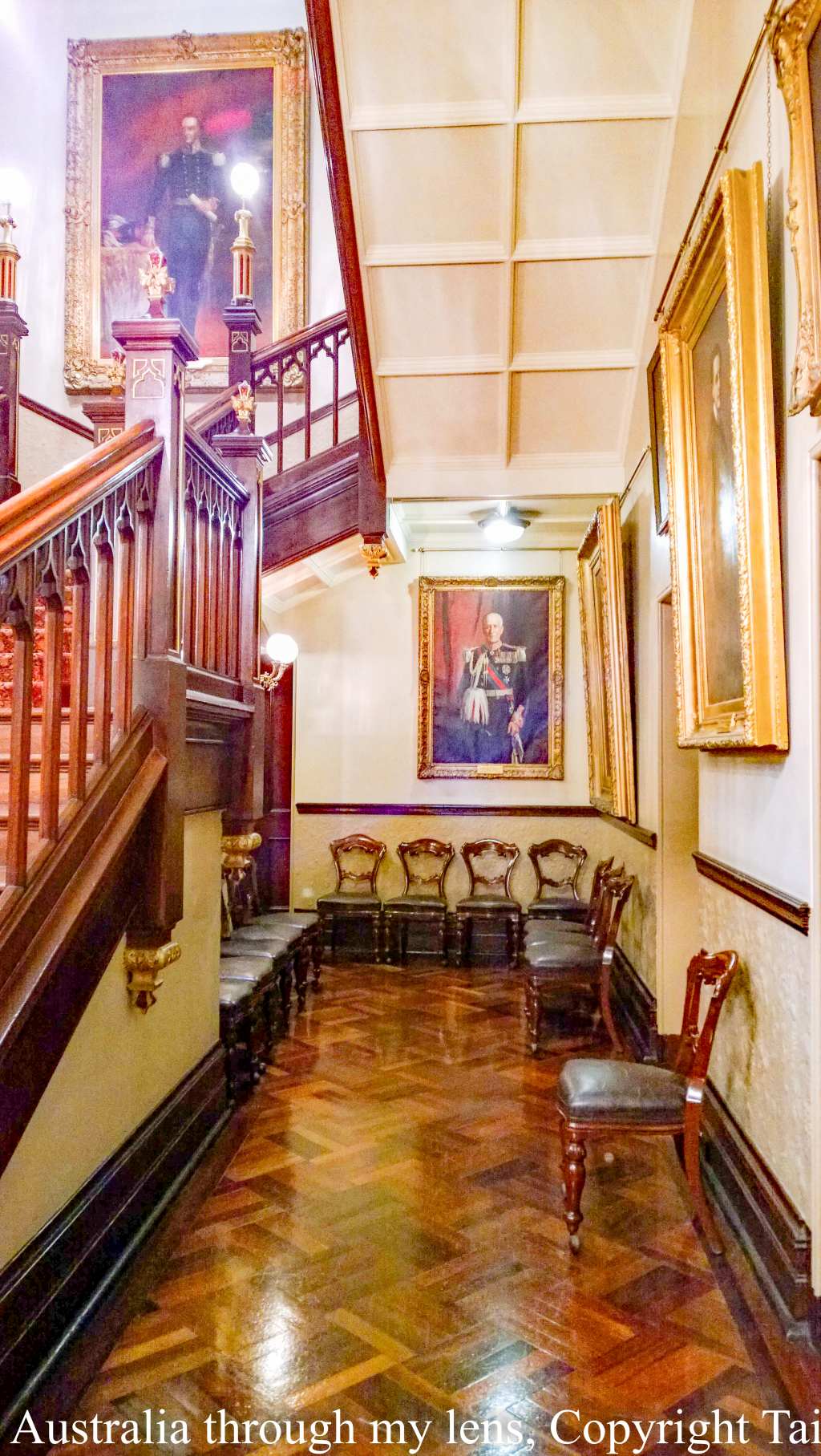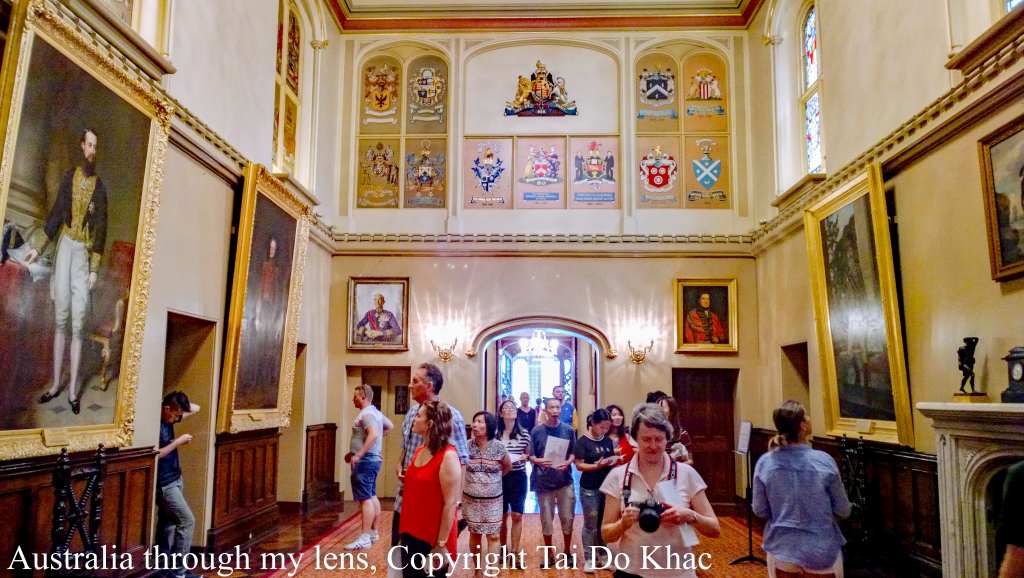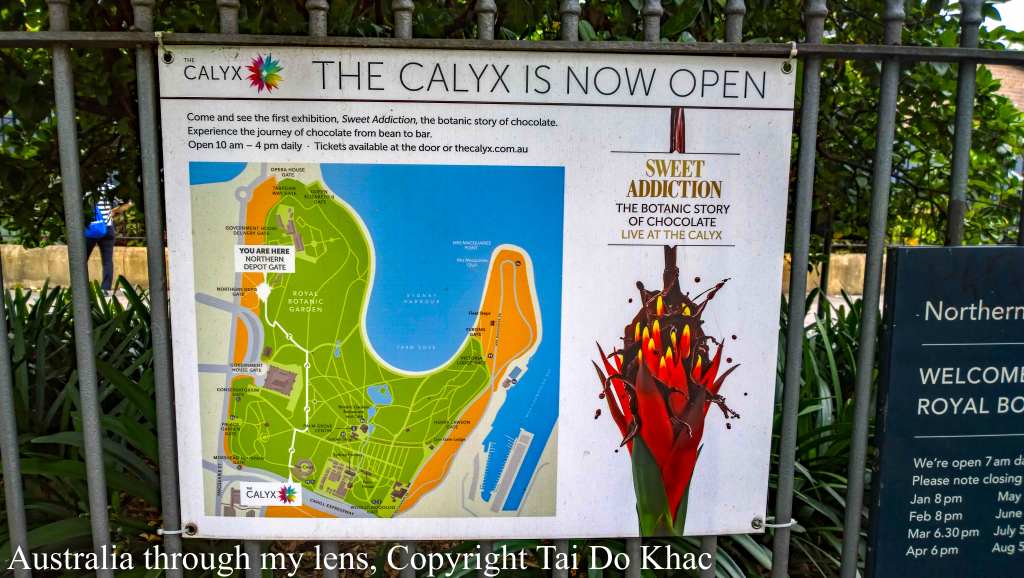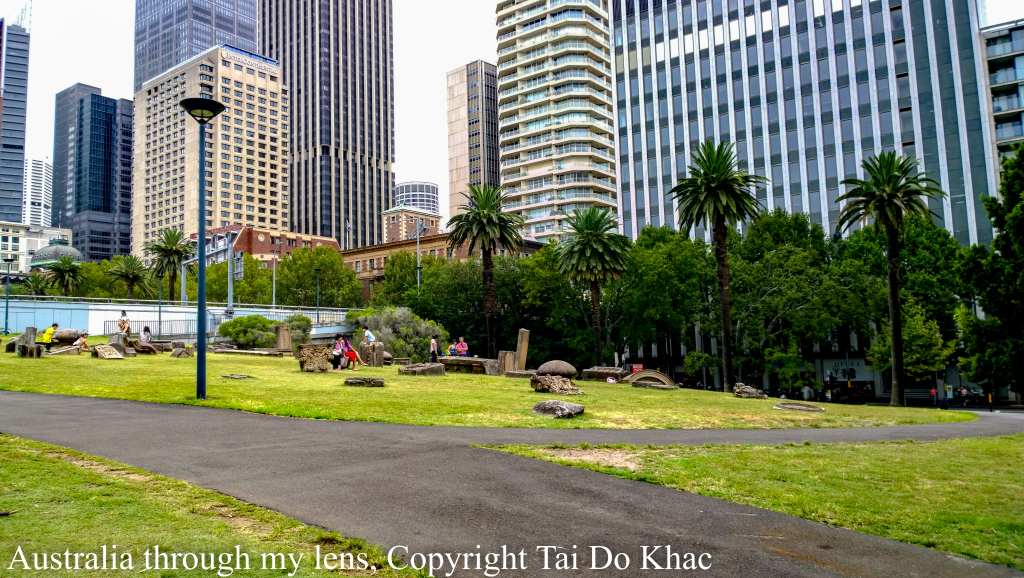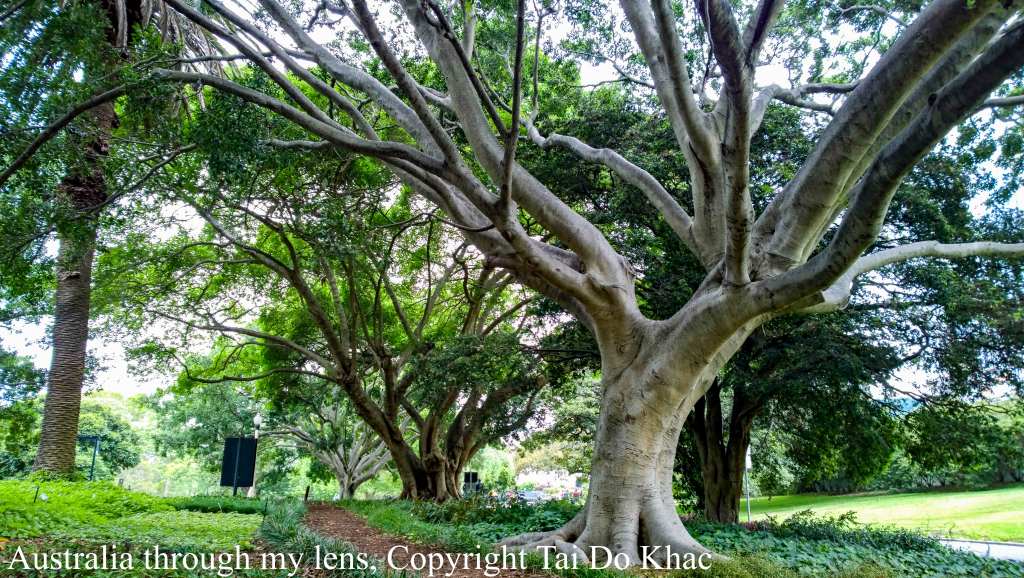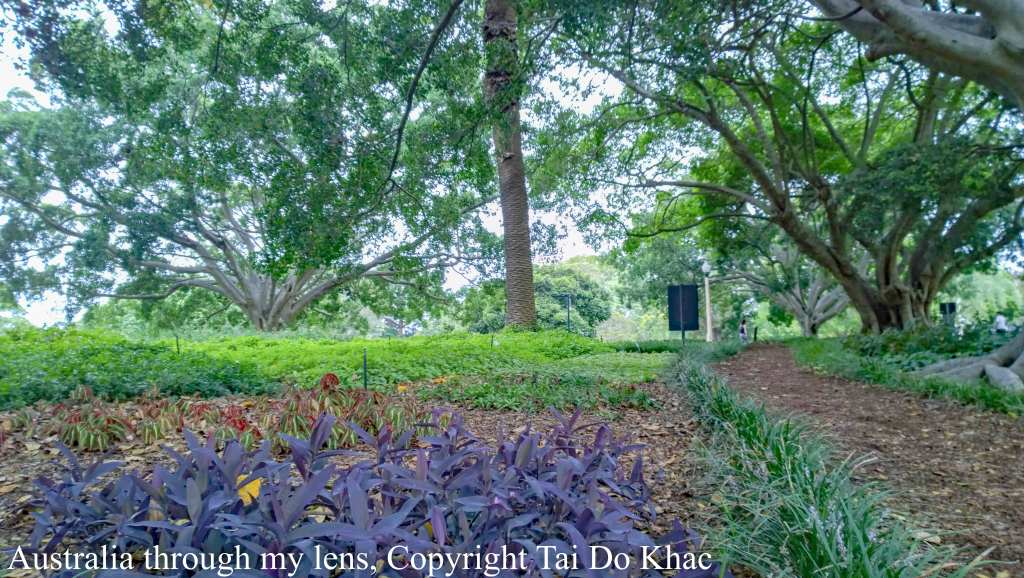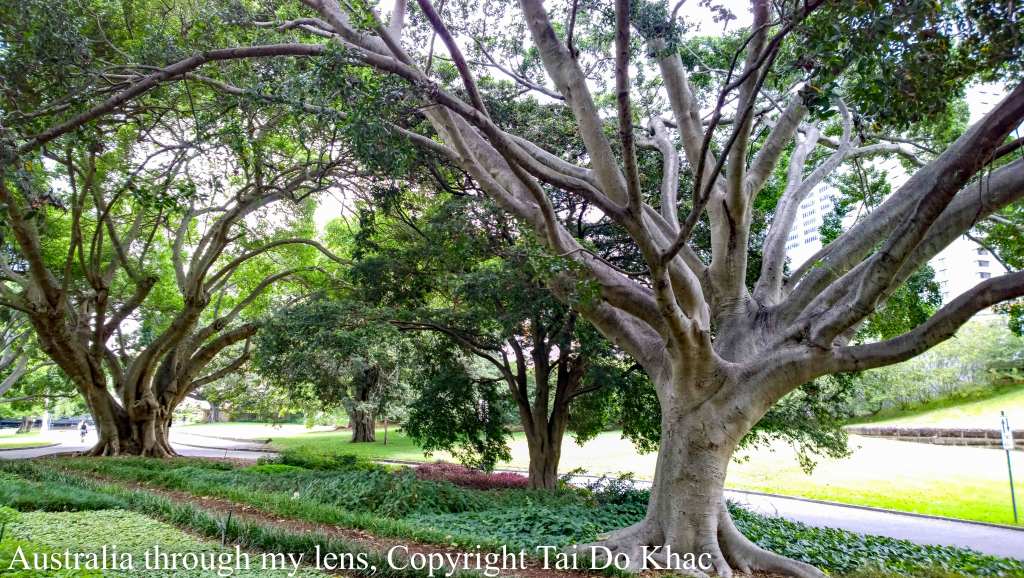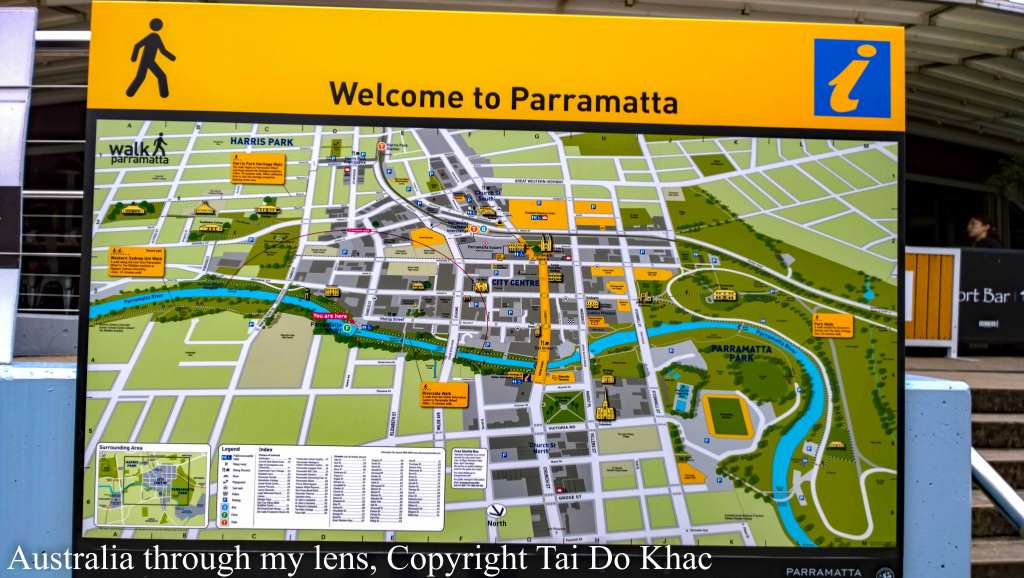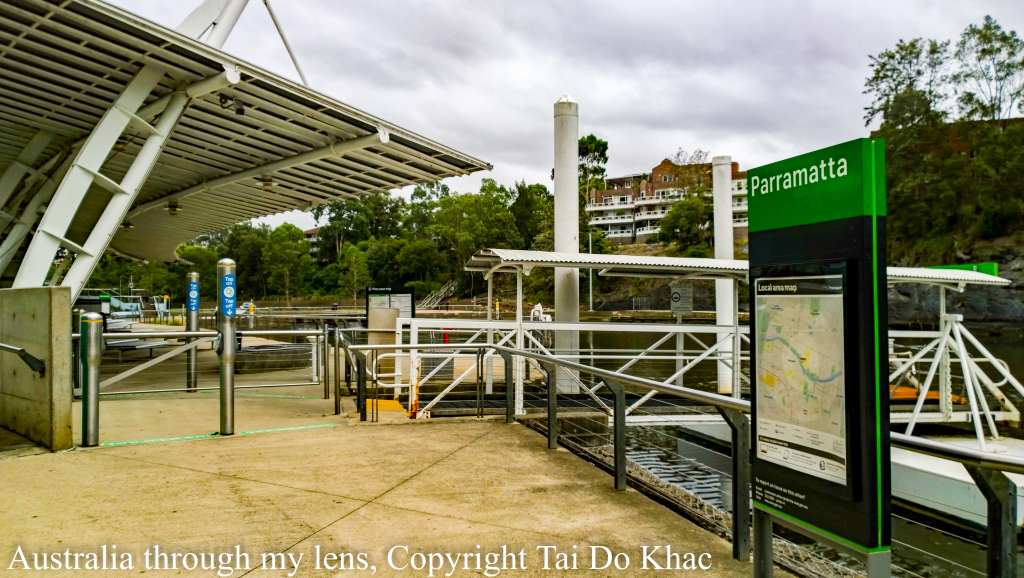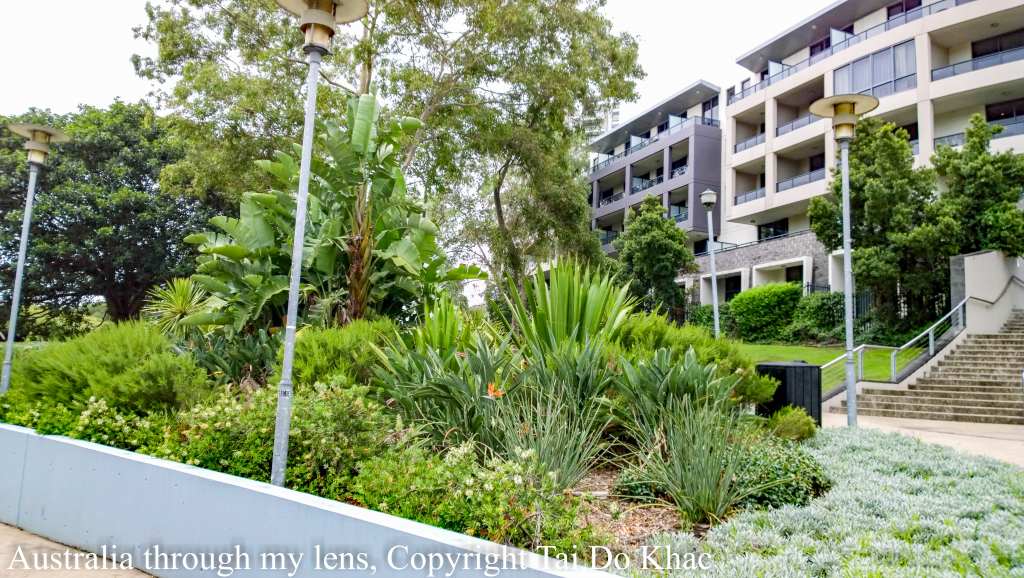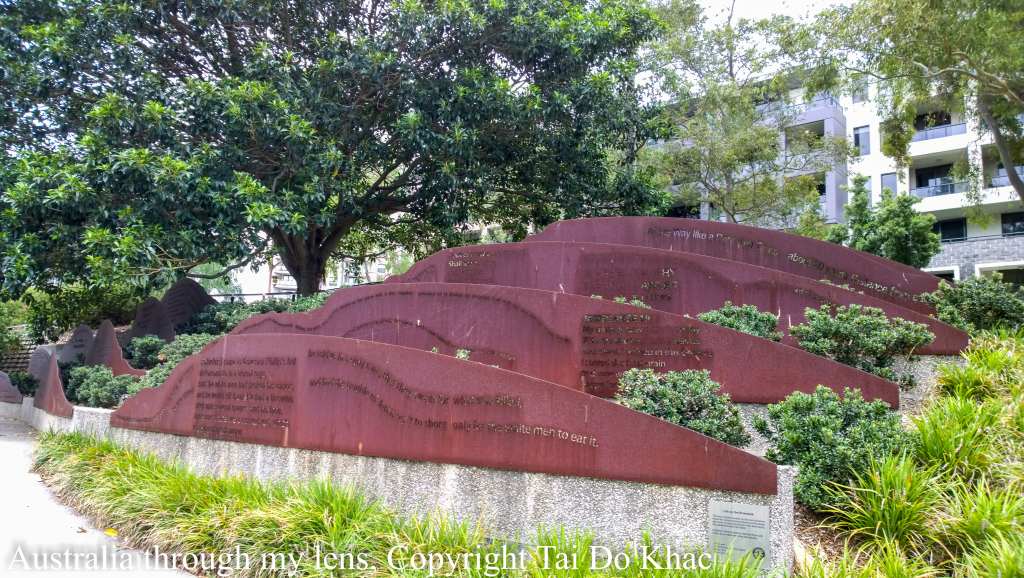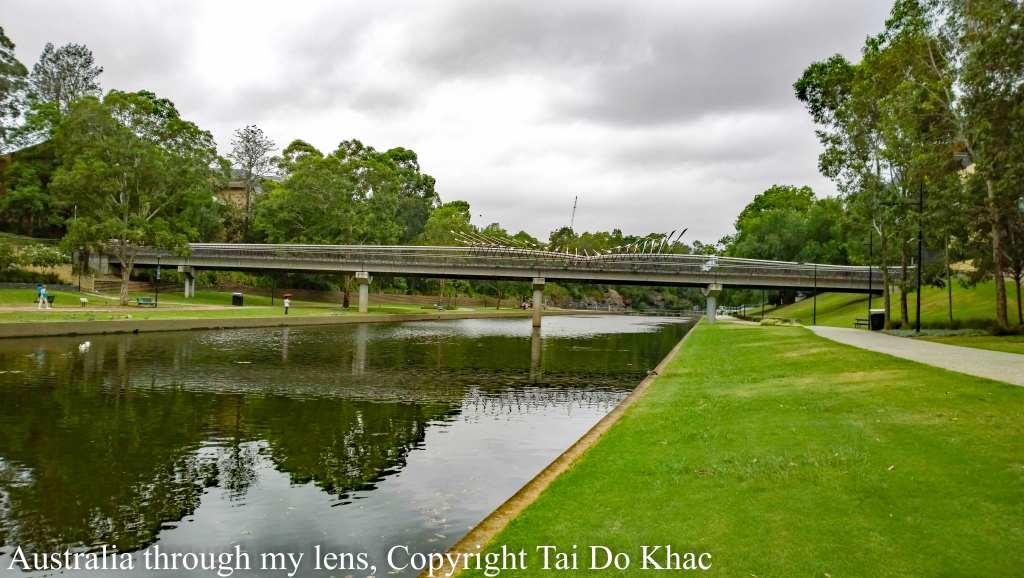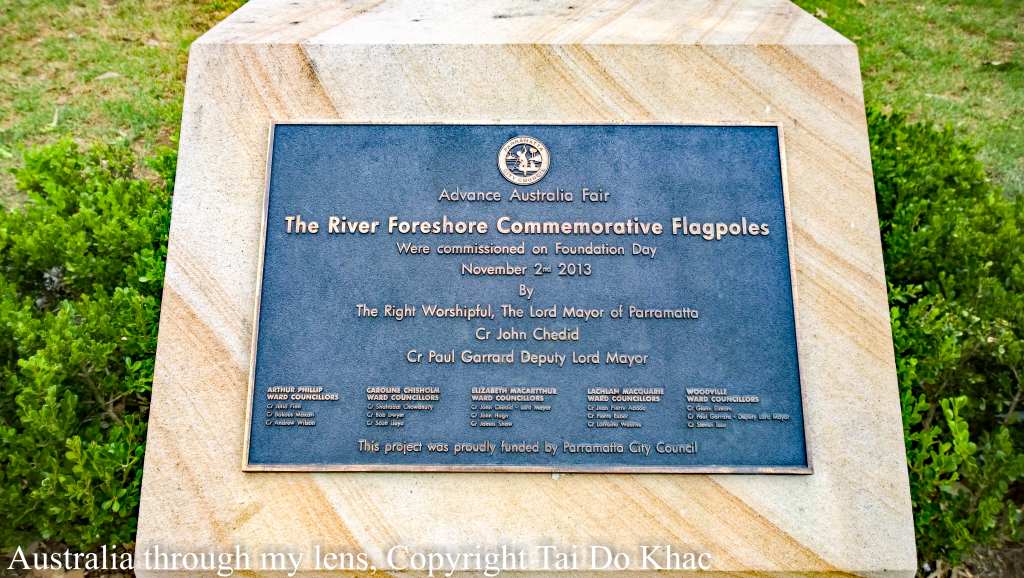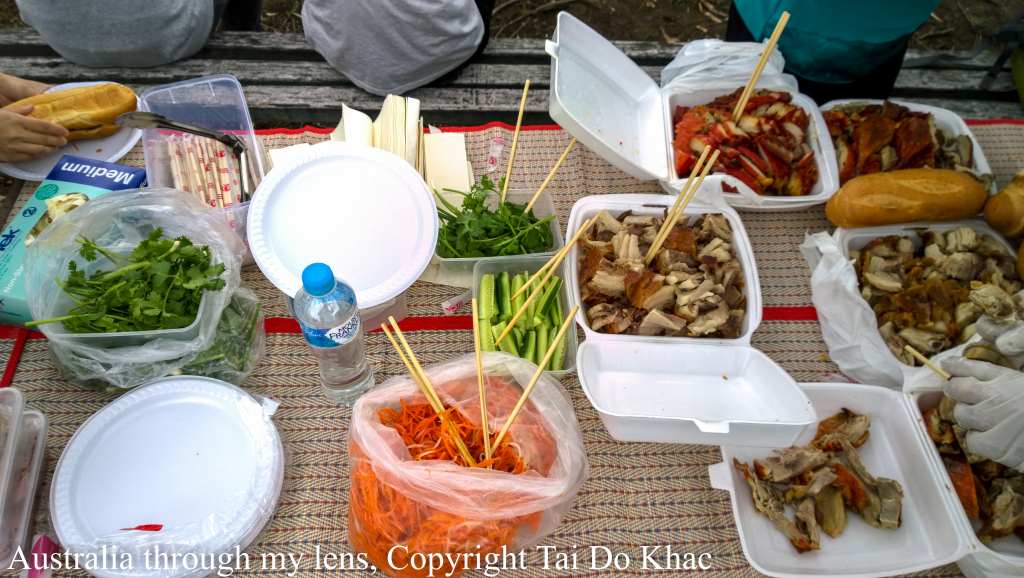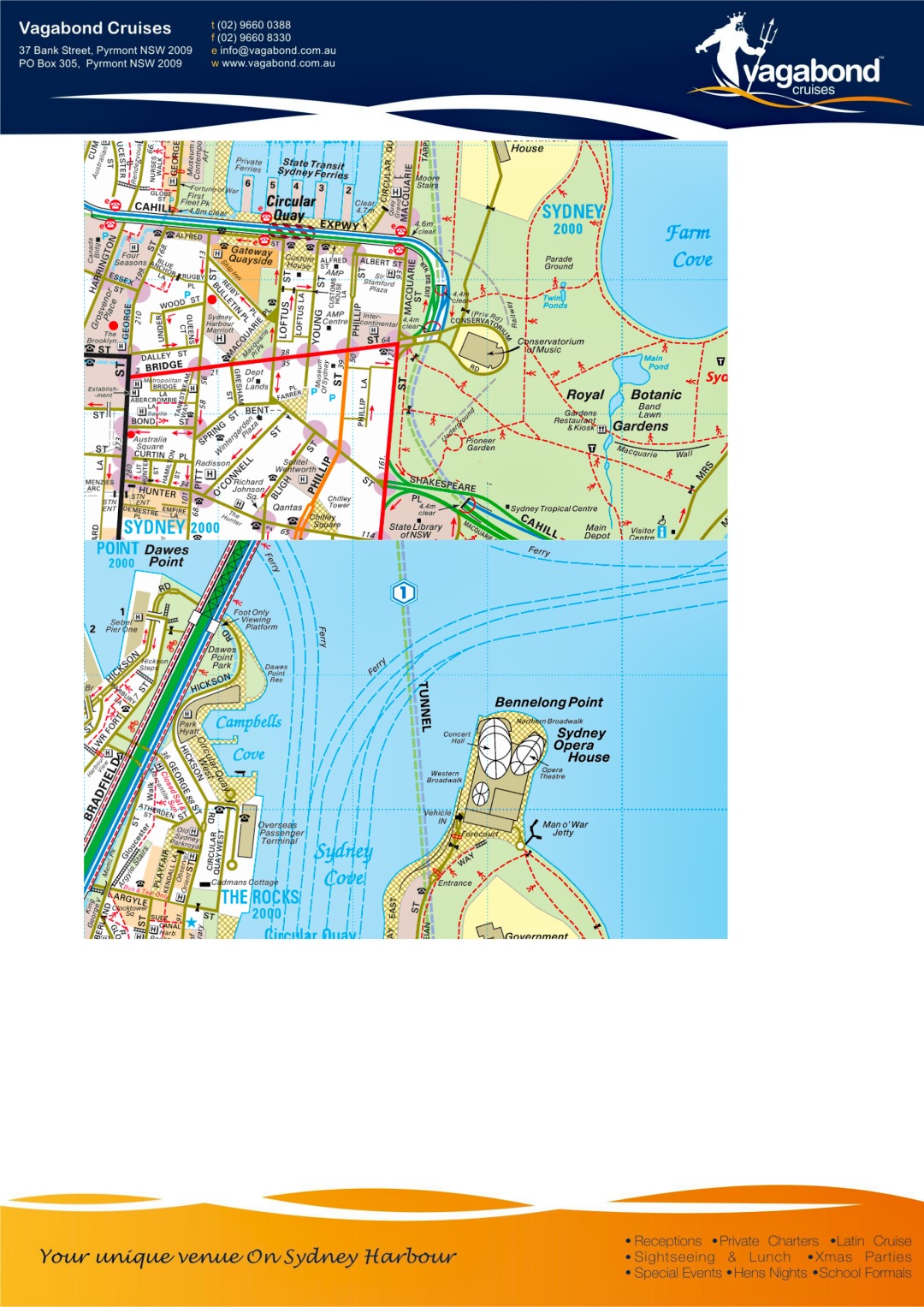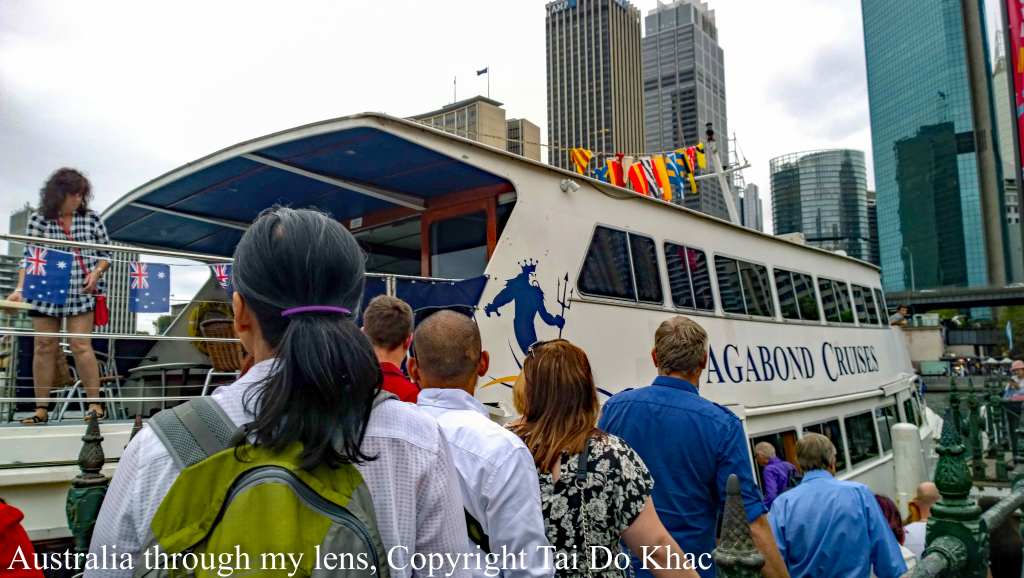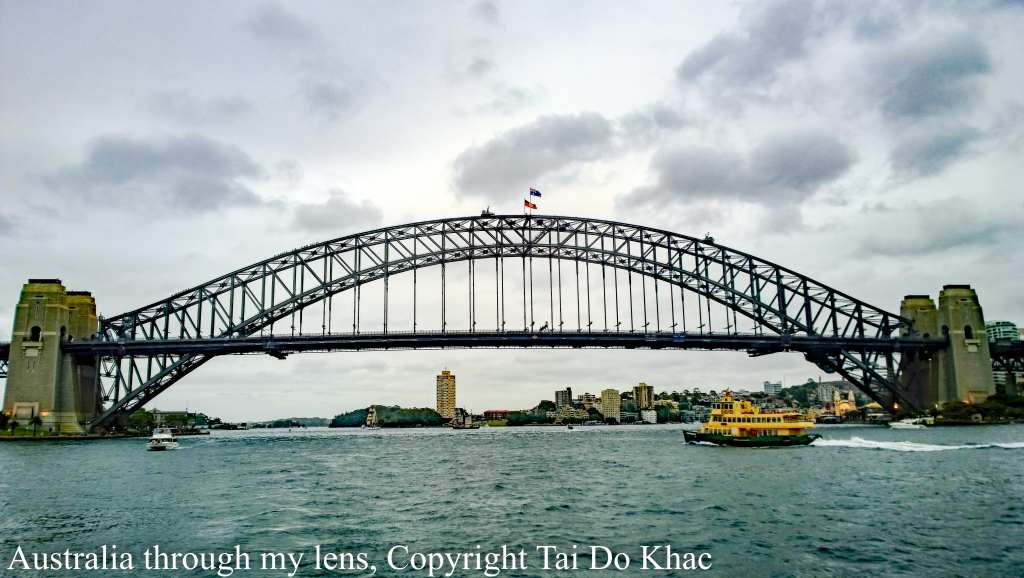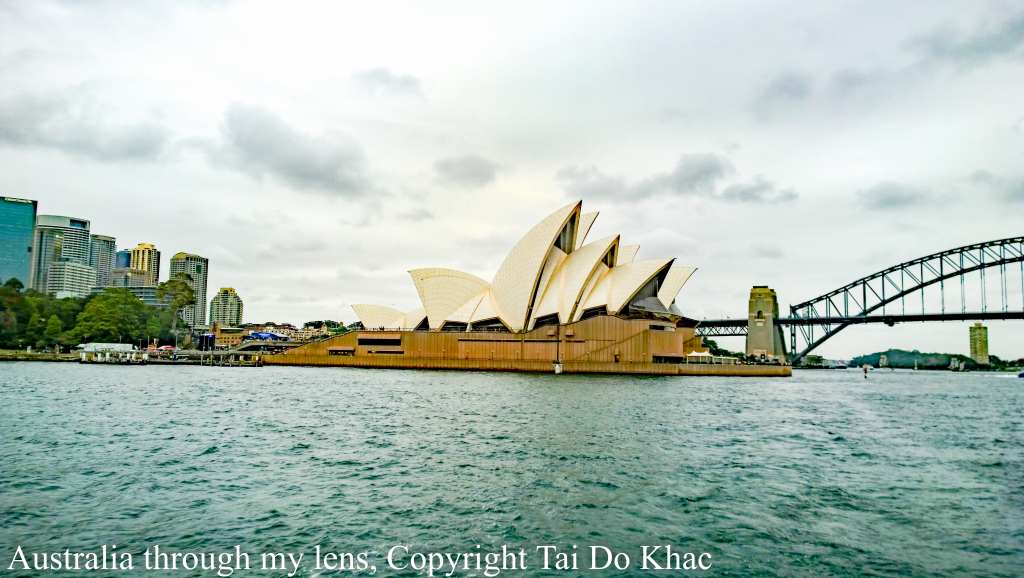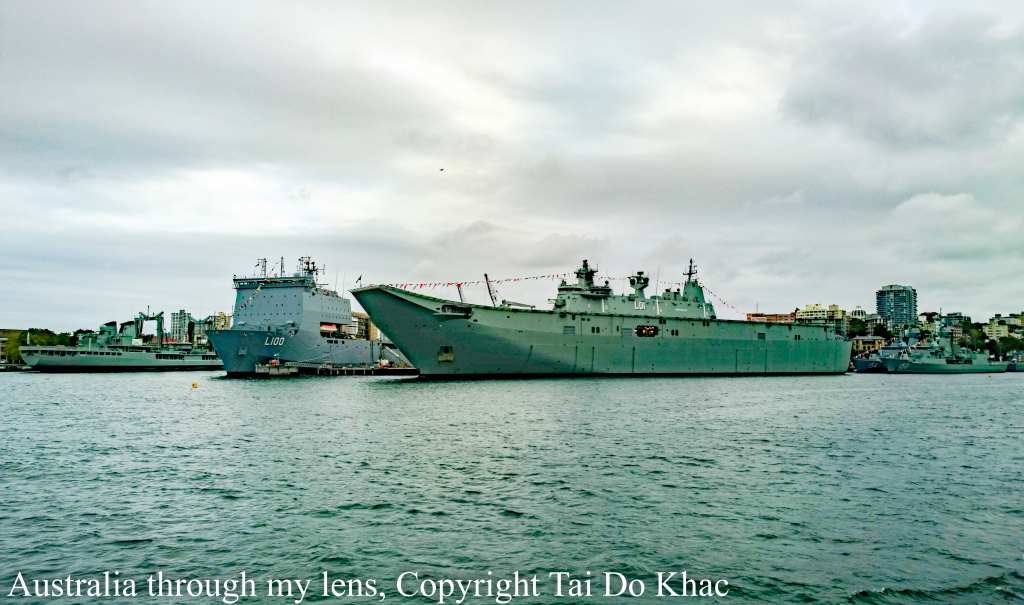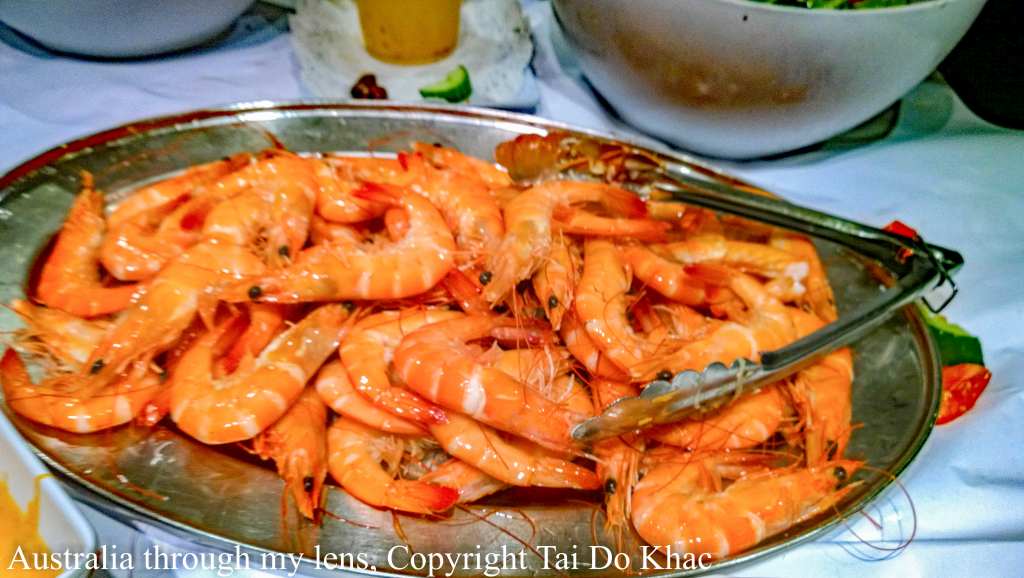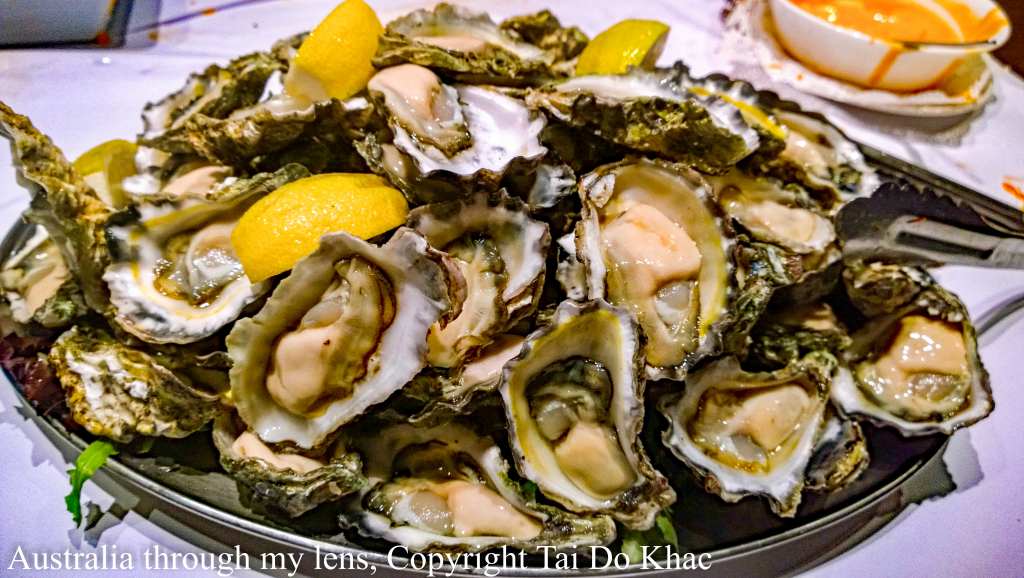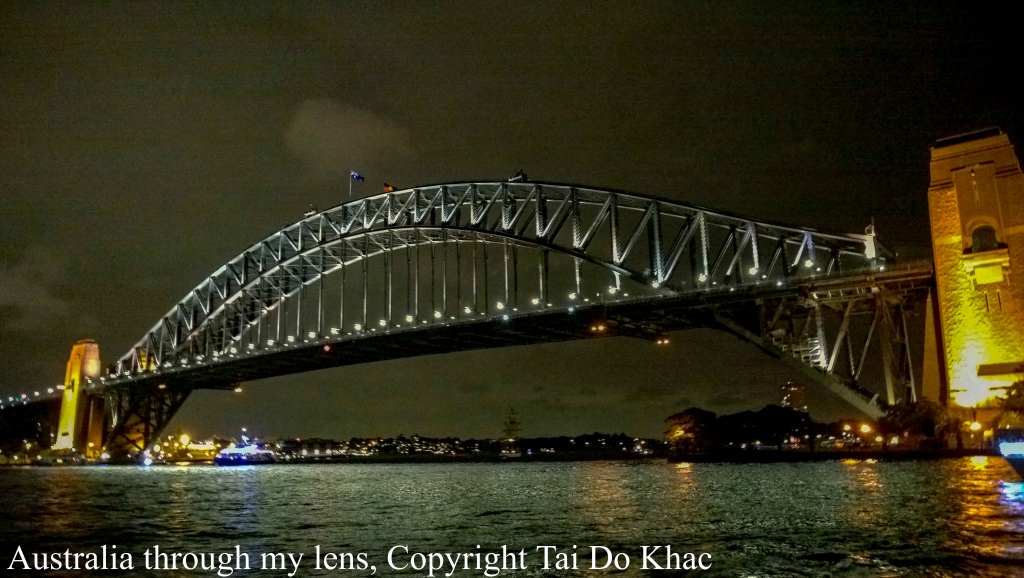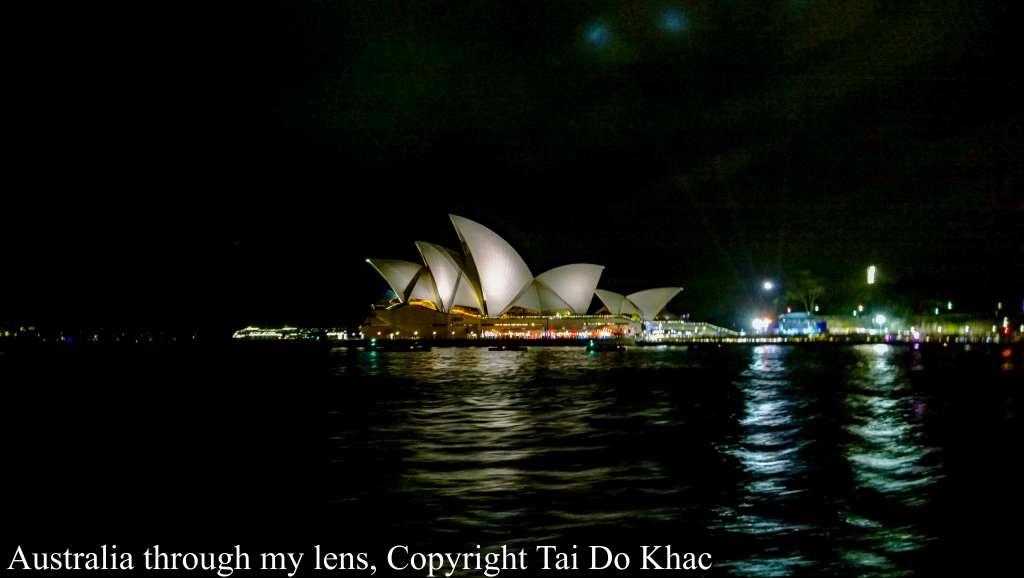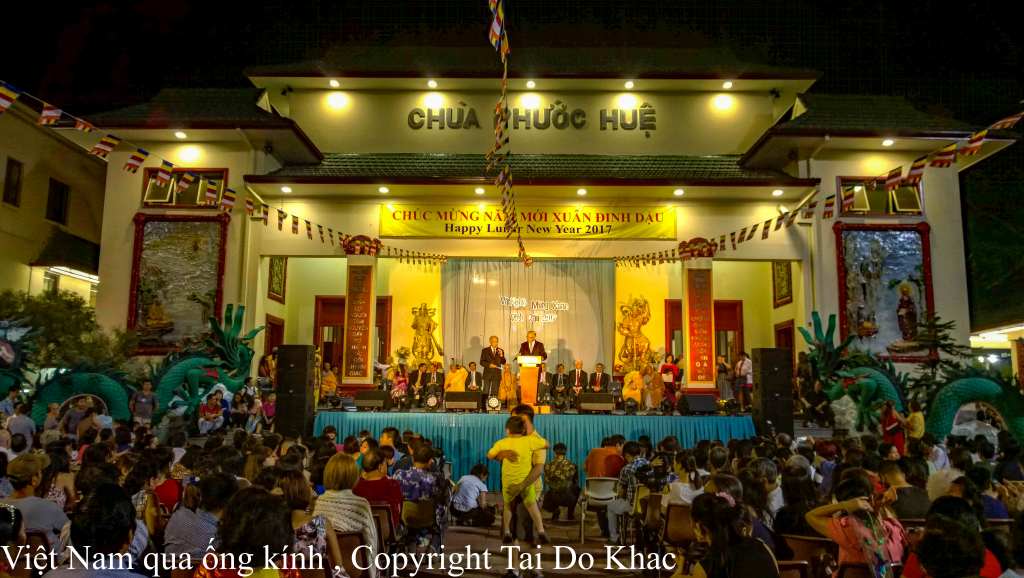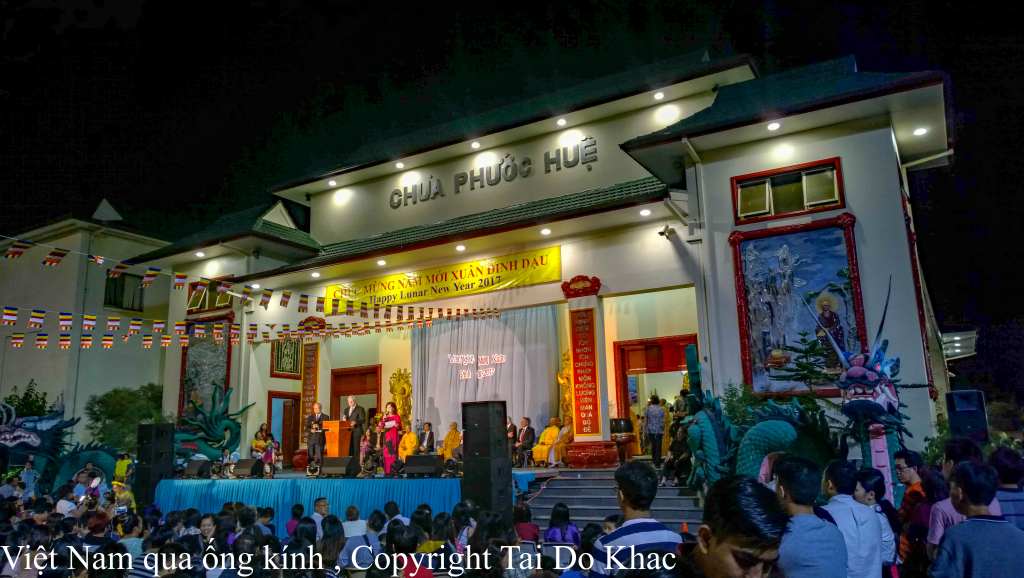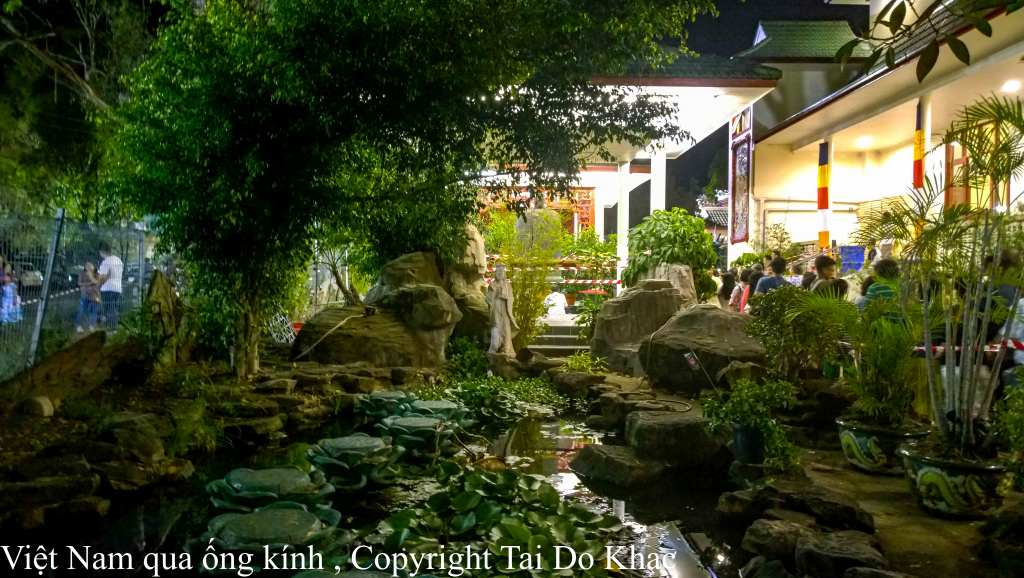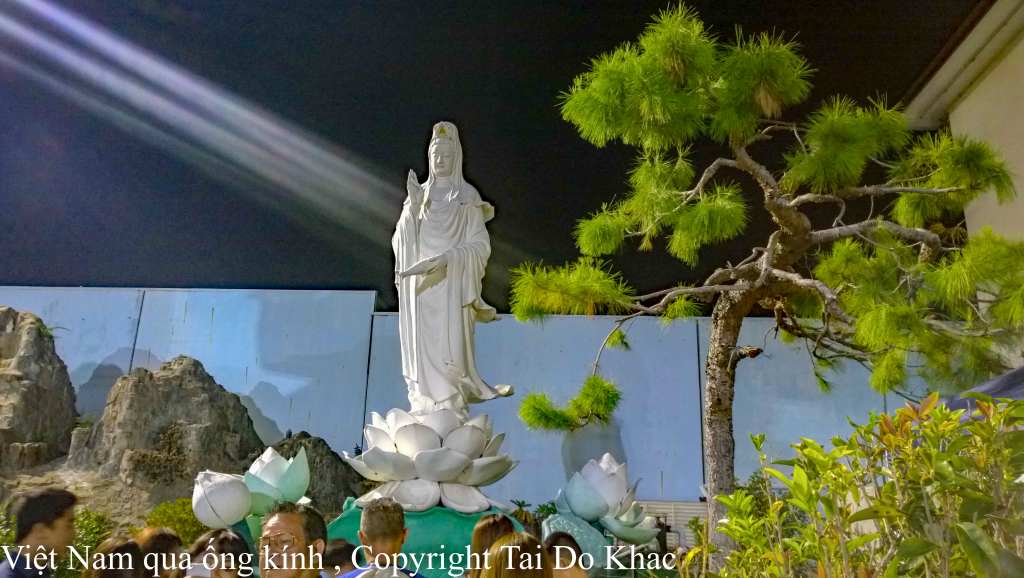In plants, albinism is characterised by partial or complete loss of chlorophyll pigments and incomplete differentiation of chloroplast membranes. Albinism in plants interferes with photosynthesis, which can reduce survivability. Some plant variations may have white flowers or other parts. However, these plants are not totally devoid of chlorophyll. Terms associated with this phenomenon are “hypochromia” and “albiflora”.
The primary function of pigments in plants is photosynthesis, which uses the green pigment chlorophyll along with several red and yellow pigments including porphyrins, carotenoids, anthocyanins and betalains.

Paphiopedilum venustum var. measuresianum
Described: Wallich ex Sims in Curtis’s Botanical Magazine, 47, t. 2129 (1820)
Transferred: Pfitzer in Pringsheim, Jahrbcher fur wissenschaftliche Botanik, 19:163 (1888)
Etymology: Derived from the name of Venus, the Roman goddess of love and beauty; named for the beauty of the flower.
Leaves: 4-5, 10-25 cm long, 3-6 cm wide, above mottled dark green and grey-green, below purple-spotted, basal margins ciliate
Inflorescence: 1- (rarely 2-) flowered, 10-23 cm long, purple, shortly pubescent
Bloom: 8-9 cm wide, extremely variable
Elevation: 60-1350 m
Peak Flowering in the Wild: January-March
Ecology: grows in a variety of habitats, sometimes in jungle undergrowth or bamboo thickets at the base of cliffs, sometimes in tree crotches
Paphiopedilum venustum was discovered in 1816 by WALLICH in Banglades. The plants were introduced to Europe from the Botanic Garden at Calcutta by the Britisch Company of WHITLEY, BRAMES and MILLNE. Paphiopedilum venustum is with a span of 45 cm . The single leaves are up to 22 cm long and 4 to 5 cm broad. The inflorescence is 15 to 20 cm high. Paphiopedilum venustum var. measuresianum is albino forms of the species. The synthesis of the reddisch pigments are blocked genetically. The flower, therefore, exhibits only white, yellow and green .

Paphiopedilum venustum is an easy to grow species. Flowering period : February – April. resting period: November through December

Hài venustum được phát hiện vào năm 1816 bởi WALLICH ở Bangladesh. Các cây hài được vào châu Âu từ Vườn bách thảo tại Calcutta bởi Công ty Britisch của WHITLEY, BRAMES và MILLNE. Lá hài venustum có độ dài 45 cm. Các lá đơn dài tới 22 cm và rộng 4 đến 5 cm. Cụm hoa cao từ 15 đến 20 cm. Paphiopedilum venustum var. measurianum là hình thức bạch tạng. Sắc tố màu đỏ bị chặn về mặt di truyền. Hoa, do đó, chỉ trưng bày màu trắng, vàng và xanh lá cây.

Tháng tư năm 2020 tôi mua hai cây hài từ vườn Großräschener Orchideen , 4 chồi và 2 chồi , cây đã nở hoa một lần. Lá hài dài 24 cm khi nở hoa.

Eigene Pflanzen ( Own plants ): 2 plants (Großräschener Orchideen ) , 1 plant ( Popow Orchids )
December 2020 , Germany






Paphiopedilum charlesworthii forma sandowiae

Described: Rolfe in Orchid Review, 1(10): 303 (1893)
Transferred: Pfitzer in Engler, Botanische Jahrbucher, 19: 40 (1894)
Etymology: Named for J. Charlesworth of the English nursery Charlesworth, Shuttleworth & Co., which introduced the species to Europe.
Varieties & Forms:
Paphiopedilum charlesworthii fma. sandowiae Braem in Orchidees. Culture et Protection, No. 36: 35-38 (1998) – albino form
Leaves: 4-6, up to 15 cm long, 3 cm wide, above green, below pale green spotted purple at the base
Inflorescence: 1-flowered, 8-15 cm long, pale green with maroon spots, shortly pubescent
Bloom: up to 9 cm wide
Elevation: 1200-1600 m
Peak Flowering in the Wild: September-October
Ecology: high, steep, isolated limestone peaks
Mean Temperature Range: 12-22°C
Light: light-moderate shade
Medium: calcareous, roots clinging to the rocks, sometimes without medium



Eigene Pflanzen ( Own plants ): 1 plant ( Quintal Farms )






Paphiopedilum philippinense forma alboflavum

Described: Reichenbach fil. in Bonplandia, 10: 335 (1862)
Transferred: Stein in Stein’s Orchideenbuch, 480 (1892)
Etymology: Named for its country of origin, the Philippines.
Varieties & Forms:
Paphiopedilum philippinense fma. alboflavum Gruss in Die Orchidee, 51(3): 354-355 (2000) – albino form
Leaves: 6-9, 20-50 cm long, 2-6 cm wide, thick, uniformly green
Inflorescence: 2-5 flowered, purple, shortly purple-pubescent
Bloom: extremely variable, up to 9 cm wide
Elevation: sea level-500 m
Peak Flowering in the Wild: January-April
Ecology: usually found on limestone cliffs and boulders, occasionally found on branches of trees
Mean: Temperature Range: 23-27°C
Light: light shade
Medium: calcareous, leaf litter




Eigene Pflanzen ( Own plants ): 1 plant ( Schwerter Orchideen )
Paphiopedilum wardii forma alboviride

Described: Summerhayes in Gardener’s Chronicle, 3rd series, 92: 446 (1932)
Etymology: Named for Frank Kingdom Ward, a British Army Captain that discovered the species in 1922.
Varieties & Forms:
Paphiopedilum wardii fma. alboviride (Gruss & Roeth in Die Orchidee, 49(3): 141-143 (1998)) Braem in Orchidees. Culture et Protection, No. 36: 35-38 (1998)
Synonyms: none
Leaves: 3-5, up to 17 cm long, 5-6 cm wide, above mottled blue-green and pale green, below purple-spotted
Inflorescence: 1-flowered, 20-45 cm long, purple, densely pubescent
Bloom: 8-13 cm wide
Elevation: 1200-1500 m
Peak Flowering in the Wild: ?
Ecology: forest floor at the base of trees, sometimes on mossy cliff faces
Mean Temperature Range: 12-22°C
Light: light shade
Medium: deep leaf litter, mosses









Eigene Pflanzen ( Own plants ): 2 plants ( Schwerter Orchideen ) , 1 Plant ( Popow Orchids )
Paphiopedilum fairrieanum fma. bohlmannianum
Described: Lindley in Gardener’s Chronicle, 1st. series, 17: 740 (1857)
Transferred: Stein in Stein’s Orchideenbuch, 467 (1892)
Etymology: Named for R. Fairrie, who first exhibited the plant before the RHS in 1857.
Varieties & Forms:
Paphiopedilum fairrieanum fma. bohlmannianum (Matho in Orchideenbrief, I/42, (July 1942)) Braem in Orchidees. Culture et Protection, No. 36: 35-38 (1998) – albino form
Leaves: 4-8, 8-28 cm long, 2-3 cm wide, above mid- to dark-green with faint mottling, below pale green
Inflorescence: 1- (rarely 2-) flowered, 12-45 cm long, light green, purple-pubescent
Bloom: 5-8 cm wide
Plant: forms clumps in the wild
Elevation: 1400-2200 m
Peak Flowering in the Wild: October-January
Ecology: From Cribb 1998, found on “outcrops of crystalline limestone on sheltered grassy slopes, on rocks in oak forest, on open gneiss ledges amongst grasses with good drainage and in dolomitic gravel on ledges above rivers and streams.”
Mean Temperature Range: 6-21°C
Light: light-moderate shade
Medium: calcareous, grass and leaf litter

Eigene Pflanzen ( Own plants ): 3 plants ( Popow Orchids )
Paphiopedilum haynaldianum album


Leaves: 6-7, up to 30 cm long, 4-5 cm wide, above dull green, below keeled
Inflorescence: 2-8 flowered, up to 75 cm long, pubescent
Bloom: 10-16 cm wide
Elevation: sea level -1400 m
Peak Flowering in the Wild: January-March
Ecology: granite, serpentine, and limestone boulders
Mean Temperature Range: 16-22°C
Light: light-moderate shade
Medium: humus, leaf litter







Juli 2020





Eigene Pflanzen ( Own plants ): 1 plant ( Sam Tsui )
Paphiopedilum lowii aureum
Leaves: 4-6, 20-40 cm long, 3-6 cm wide, uniformly green
Inflorescence: 3-7 flowered, green mottled purple, shortly pubescent
Bloom: 9-17 cm wide
Elevation: 760-1370 m
Peak Flowering in the Wild: April-June
Mean Temperature Range: ~19-20°C, temp range varies due to wide geographical distribution
Light: light shade
Medium: leaf litter
The widespread range of P. lowii makes specific guidelines problematic












Eigene Pflanzen ( Own plants ): 1 plant ( Sam Tsui )
Paphiopedilum fowliei fma album

Described: Birk in Orchid Digest, 45(2): 63-64 (1981)
Etymology: Named for the late Dr. Jack Fowlie, former editor of Orchid Digest and Paphiopedilum enthusiast.
Varieties & Forms:
Paphiopedilum fma. christianae Braem in Orchidees. Culture et Protection, 36: 35-38 (1998)
Leaves: 4-6, 10-14 cm long, 2-4 cm wide, mottled dark and light green, basal margins ciliate
Inflorescence: 1-flowered, 20-28 cm long, purple, pubescent
Bloom: 6-9 cm wide
Elevation: 600-950 m
Peak Flowering in the Wild: January-April
Ecology: limestone rock
Mean Temperature Range: 23-24°C
Light: light-moderate shade
Medium: leaf litter




Paphiopedilum sukhakuli fma album



Described: Schoser & Senghas in Die Orchidee, 16: 109-110 (1965)
Etymology: Named for Prasong Sukhakul, a Thai orchid grower
Varieties & Forms:
Paphiopedilum sukhakulii fma. aureum Van Delden ex Gruss in Die Orchidee, Beiheft 6: 15-16 (1999)
Leaves: 3-4, up to 13 cm long, 3-5 cm wide, above mottled dark and yellow-green, below without purple-spotting
Inflorescence: 1-flowered, purple, finely white-pubescent
Bloom: 11-15 cm wide
Elevation: 250-1000 m
Peak Flowering in the Wild: ?
Ecology: forest floor, often near streams
Mean Temperature Range: 17-25°C
Light: light to moderate shade
Medium: sandy humus-rich loam mixed with leaf litter







Eigene Pflanzen ( Own plants ): 1 plant ( Schwerter Orchideen )
Paphiopedilum tonsum fma album
Described: Reichenbach fil. in Gardener’s Chronicle, 2nd series, 20: 262 (1883)
Transferred: Stein in Stein’s Orchideenbuch, 488 (1892)
Etymology: Derived from the Latin tondeo, meaning shaven; named for the smooth hairless warts and floral parts.
Varieties & Forms:
Paphiopedilum tonsum var. braemii (H. Mohr in Orchideen, 51(6): 175-176 (1989)) Gruss in Caesiana, 3: 27 (1994) – smaller, greener variety
Paphiopedilum tonsum fma. alboviride Braem in Orchidees. Culture et Protection, 36: 35-38 (1998) – albino form
Leaves: 5-7, up to 20 cm long, 5 cm wide, above mottled green and dark green, below keeled
Inflorescence: 1-flowered, up to 35 cm long, green with dense purple spotting, shortly pubescent
Bloom: 10-14 cm wide

in situ




Eigene Pflanzen ( Own plants ): 1 plant ( Popow Orchids )
Paphiopedilum papuanum fma album

Described: Ridley ex Rendle in Gardener’s Chronicle, 3rd series, 58: 131 (1915)
Transferred: L.O. Williams in Botanical Museum Leaflets, Harvard University, 12(5): 149 (1946)
Etymology: Named for its island of origin, Papua (New Guinea).
Varieties & Forms: none
Leaves: 4-6, 7-22 cm long, 2-4 cm wide, mottled dark and light green
Inflorescence: 1-flowered, 15-28 cm long, purple, pubescent
Bloom: 6-9 cm wide
Plant: found as single growths in nature
Elevation: 800-1050, 1700 m
Peak Flowering in the Wild: ?
Ecology: found just below the tops of limestone ridges
Mean Temperature Range: 18-23°C
Light: light shade
Medium: loose humus & leaf litter over the rock beneath
Eigene Pflanzen ( Own plants ): 1 plant ( Popow Orchids )
Paphiopedilum hennisianum fma christiansenii
Described: M.W. Wood in Orchid Review, 84(1001): 352 (1976)
Transferred: Fowlie in Orchid Digest, 41(2): 60-61 (1977)
Etymology: Named for Kurt Hennis of Hildesheim, Germany, an avid orchid grower.
Varieties & Forms:
Paphiopedilum fma. christiansenii (Gruss & Roeth in Die Orchidee, 47(5): 234-236 (1996)) Gruss & Roeth in Caesiana, No. 12: 57-65 (1999) – albino form
Leaves: 4-6, up to 18 cm long, 4 cm wide, above mottled dark and light green, basal margins ciliate
Inflorescence: 1-flowered, up to 32 cm long, purple, pubescent
Bloom: 7-10 cm wide
Elevation: 650-1050 m
Peak Flowering in the Wild: March-June
Ecology: forest floor
Mean Temperature Range: 20-23°C
Light: moderate shade
Medium: leaf litter, mosses, humus
Paphiopedilum kolopakingii fma. katharinae

Described: Fowlie in Orchid Digest, 48(1): 41 (1984) – Described based on plants found by a commercial collector in central Kalimantan.
Etymology: Named after A. Kolopaking, owner of Simanis Orchids in East Java, Indonesia, who first flowered the plants in cultivation.
Varieties & Forms: none
Leaves: 8-10, 20-80 cm long, 5-12 cm wide, stand suberect, dark green
Inflorescence: 5-19 flowered, 40-100 cm long, green, glabrous
Bloom: 8-17 cm wide
Plant: one of the largest in the genus
Elevation: 600-1000 m
Peak Flowering in the Wild: ?
Ecology: found on rocky cliffs above gorges
Mean Temperature Range: ?
Light: ?
Medium: leaf litter in rock crevices



Eigene Pflanzen ( Own plants ): 2 plants ( Sam Tsui )
Paphiopedilum lawrenceanum fma. hyeanum
Described: Reichenbach fil. in Gardener’s Chronicle, 2nd series, 10: 748 (1878)
Transferred: Pfitzer in Pringsheim, Jahrbcher fur wissenschaftliche Botanik, 19:163 (1888)
Etymology: Named for Sir Trevor Lawrence, avid orchid grower and president of the Royal Horticultural Society.
Varieties & Forms:
Paphiopedilum lawrenceanum fma. hyeanum (Linden fil. & Rodigas in Lindenia, 1:89, plate 42 (1885)) Gruss & Roeth in Caesiana, No. 12: 57-65 (1999) – albino form
Synonyms: none
Leaves: 5-6, up to 19 cm long, 4-7 cm long, above mottled dark and yellow green, below pale green
Inflorescence: 1-flowered, up to 31 cm long, maroon, pubescent
Bloom: 9-13 cm wide
Plant: found in small colonies
Elevation: 300-450 m (in question)
Peak Flowering in the Wild: ?
Ecology: usually found on the forest floor, occasionally on moss-covered limestone rock
Mean Temperature Range: 23-24°C
Light: moderate shade
Medium: leaf litter, mosses







Eigene Pflanzen ( Own plants ): 20 ( Sam Tsui )
Paphiopedilum primulinum var. album







paphiopedilum wenshanense
paphiopedulum wenshanense forma album


 _______________________________________________________
_______________________________________________________
Paphiopedilum Species
The tropical slipper orchids of Asia



Paphiopedilum isigne fma. sanderianum

Described: Wallich ex Lindley in Collectanea Botanica, t. 32 (1821)
Transferred: Pfitzer in Morphologische Studien uber die Orchideenbluthe, 11 (1886)
Etymology: Derived from the latin insigne, meaning ‘badge of honor’; named for the striking nature of the flower.
Varieties & Forms:
Paphiopedilum insigne fma. sanderae (Reichenbach fil. in Gardener’s Chronicle, 3rd series, 4(103): 692-693 (1888)) Gruss et Roeth in Caesiana 12: 62 (1999) – near-albino form with dots on the dorsal sepal and/or red hairs at the bases of the petals and sepals
Paphiopedilum insigne fma. sanderianum (Rolfe in Orchid Review, 1(5): 145 (1893)) Gruss et Roeth in Caesiana 12: 62 (1999) – albino form
Synonyms: none
Leaves: 5-6, up to 32 cm long, 3 cm wide, above green, below spotted purple at the base
Inflorescence: 1-flowered, up to 25 cm long, green, shortly purple-pubescent
Bloom: 7-12 cm wide, extremely variable
Elevation: 1000-1500 m
Peak Flowering in the Wild: October-January
Ecology: dolomitic limestone outcrops near waterfalls
Mean Temperature Range: 11-22° C
Light: light shade
Medium: calcareous, humus, shrub debris


Paphiopedilum dianthum fma album

Described: Tang & Wang in Bulletin of the Fan Memorial Institute of Biology, Peiping, Biological series, 10: 24 (1940)
Etymology: Name meaning ‘two-flowers’, possibly in reference to the typical flower count of plants in the wild.
Varieties & Forms:
Paphiopedilum dianthum fma. album hort. ex Gruss in Die Orchidee 54(1): 63 (2003) – albino form
Leaves: 4-6, 20-50 cm long, 2-5 cm wide, above dark green, below pale green
Inflorescence: 2-5 flowered, green, base sparsely papillose
Bloom: 10-18 cm wide, 10-15 cm tall
Plant: can reach 15+ growths in the wild
Elevation: 600-1450 m
Peak Flowering in the Wild: September-November
Ecology: shady cliffs and steep rocks just below the summits of karst limestone mountains
Found growing with: Paph. micranthum, Paph. hirsutissimum var. esquirolei, Paph malipoense, P. henryanum
Mean Temperature Range: 12-23° C
Light: deep shade
Medium: calcareous, mosses, leaf litter




Paphiopedilum dianthum
–Lan hài râu, lan hài râu xoắn lá 4-6 chiếc, dài 15-30cm. chùm hoa dài 30-40cm, hoa 1-5 chiếc to 15cm nở vào mùa hạ.
– Phân bổ ở các tỉnh miền núi phía Bắc.
in situ

Eigene Pflanzen ( Own plants ): 1 plant ( Asendorfer Orchideen )
Paphiopedilum callosum forma viridiflorum



Described: Reichenbach fil. in Gardener’s Chronicle, 2nd series, 26: 326 (1886)
Transferred: Stein in Stein’s Orchideenbuch, 457 (1892)
Etymology: From the Latin callosus, meaning thick-skinned.
Varieties & Forms:
Cypripedium callosum var. sanderae hort. in Gardener’s Chronicle, 3rd series, 15:663 (1894) – synonym for the albino form
Leaves: 3-5, 10-20 cm long, 3-5 cm wide, above mottled pale and dark green, below sometimes purple-suffused, basal margins ciliate
Inflorescence: 1- (rarely 2-) flowered, 12-25 cm long, purple, purple-pubescent
Bloom: 8-11 cm across, petals held at ~45°
Elevation: 300-1300 m.
Peak Flowering in the Wild: April-June
Ecology: along rivulets in closed forests over granite or sandstone
Mean Temperature Range: 19-24°C
Light: moderately deep shade
Medium: deep leaf litter, occasionally on mossy boulders
Eigene Pflanzen ( Own plants ): 1 plant ( Asendorfer Orchideen )
Paphiopedilum appletonianum alboviridescens

Described: Gower in The Garden, 1: 95 (1893)
Transferred: Rolfe in Orchid Review, 4: 364 (1896)
Etymology: Named for W.M. Appleton, who was first to flower the species in Europe.
Varieties & Forms:
Paphiopedilum appletonianum var. hainanense (Fowlie in Orchid Digest, 51(2): 69-70 (1987)) Braem, Baker & Baker in The Genus Paphiopedilum, 2: 295 (1999)
Paphiopedilum appletonianum fma. album (hort. ex Asher in Orchid Digest, 44: 227 (1980)) Gruss in Die Orchidee 51(6): 746 (2000) – albino form
Leaves: 6-8, 10-25 cm long, 2-5 cm wide, above green with obscure dark green mottling, below keeled with purple marks at the base
Inflorescence: 1- (rarely 2-) flowered, 15-50 cm long, purple, shortly pubescent
Bloom: 6-10 cm wide, staminode extremely variable, transversely elliptic
Elevation: 700-2000 m.
Peak Flowering in the Wild: March-May
Ecology: wet forests on steep granite slopes or along damp river canyons near waterfalls
Mean Temperature Range: 8-19°C
Light: moderate shade
Medium: leaf litter, humus, occasionally found on mossy boulders and trees
Paphiopedilum appletonianum
– Tên thường gọi: Lan hài táo
– Dáng cây đẹp, hoa sặc sỡ dễ trồng đáng có trong bộ sưu tập lan hài.
– Hoa nở vào mùa xuân.
Phân bố: Kon Plong, Kon Tum, Đà Lạt, Lạc Dương.




Paphiopedilum delatinii Album

Leaves: 5-7, up to 11 cm long, 4 cm wide, above mottled dark and pale green, below purple-spotted
Inflorescence: 1- (occasionally 2-) flowered, up to 22 cm long, green, purple-spotted, white-hirsute
Bloom: 7-10 cm natural spread
Elevation: 750-1300 m
Peak Flowering in the Wild: December
Ecology: evergreen forests on granite and gneiss bluffs along montane river canyons
Mean Temperature Range: 19-25° C
Light: moderate shade
Medium: thin sandy soil with very little humus or leaf liter


Paphiopedilum delenatii
– Thêm một loài lan hài đặc hữu của Việt Nam.
– Lan hài hồng hay vệ hài Delenat là những tên Việt





Eigene Pflanzen ( Own plants ): 2 plants ( Schwerter Orchideen )
Paphiopedilum helenae album

Described: Averyanov in Botanical Journal (St. Petersburg, Russia), 81(9): 108 (1996) – discovered in 1995 by L. Averyanov, N.T. Hiep, and D.D. Huyen in northern Vietnam
Etymology: Named for Mrs. Helen Averyanova, wife of Leonid Averyanov, who led the team that discovered it.
Varieties & Forms:
Paphiopedilum helenae fma. aureum Gruss & Roeth in Die Orchidee 50: 2-3 (1999) – albino form
Leaves: 3-5, 3-12 cm long, .5-2 cm wide, above green with pale white to yellow margins, below purple-marked near the base
Inflorescence: 1-flowered, 4-7 cm long, shortly-densely black-purple pubescent
Bloom: 3-6 cm wide
Plant: clustered growth
Elevation: 500-1000 m
Peak Flowering in the Wild: September-November
Ecology: open, dry, mossy forests on ledges and cliffs near the tops of highly eroded limestone mountains and ridges
Mean Temperature Range: 10-25°C
Light: light shade
Medium: calcareous, roots clinging to the rock, sometimes exposed, leaf and grass debris

Paphiopedilum helenae occurs in northern Viet Nam, in Cao Bang Province only. It is a local endemic with a very restricted distribution. It is quite possible that this species occurred in the past in the border territory of southern China allied to Cao Bang and Lang Son provinces of Viet Nam. It grows in primary, broad-leaved, evergreen, mixed, open, mossy and coniferous dry forests in rocky crystalline limestone closed forests, steep slopes and crevices of shrubby cliffs at elevations of 100 to 900 meters.






Paphiopedilum helenae
Tên Việt: Hài hê len, Lan hài lùn, hài Cao Bằng.
Mô tả: Cây rất nhỏ, lá 3-5 chiếc xanh thẫm dài 8-12cm. Dò hoa cao 5-7cm. Hoa nở vào mùa thu.
Phân bổ ở Cao Bằng, Thái Nguyên, Bắc Cạn.






Eigene Pflanzen ( Own plants ): 1 plant ( Sam Tsui ), 2 plants ( Schwerter Orchideen )


Paphiopedilum tranlienianum album

Described: Gruss & Perner in Caesiana, 7(11): 63-73 (1998), based on a plant imported into Germany which flowered within a month of arrival
Etymology: named for Mrs. Tran Ngo Lien, who first exported the plant from Vietnam
Varieties & Forms:
Paphiopedilum tranlienianum fma. alboviride Gruss in Die Orchidee, 56(2): 70 (2005) – albino form
Leaves: 3-6, up to 18 cm long, 2 cm wide, above glossy green with a pale margin, below paler green, sharply keeled
Inflorescence: 1- (rarely 2-) flowered, 7-15 cm long, bright green, densely-shortly yellow-brown pubescent
Bloom: 5-6 cm wide, 5-7 cm tall
Plant: often forms clumps
Elevation: 400-750 m
Peak Flowering in the Wild: September-November
Ecology: slopes and rocky cliffs of limestone mountains in the lowlands of central northern Vietnam
Mean Temperature Range: 12-25° C
Light: light-moderate shade
Medium: calcareous, humus in limestone nooks

Paphiopedilum tranlienianum
– Lan hài Trần Liên, lan hài đặc hữu của Việt Nam. Hoa nở vào mùa thu.
– Phân bố ở Thái Nguyên, Cao Bằng, Bắc Cạn.
– Loài cây làm cảnh quý vì hiếm, có hoa đẹp sặc sỡ, hài hòa với lá hình dải.









Paphiopedilum henryanum album


Described: Braem in Schlechteriana, Fascicle 1: 3-6 (3 September, 1987) – based on a plant bloomed in Germany after being imported from China, predated Lückel’s description of P. dollii by two weeks
Etymology: Named for Henry Azadehdel, who first introduced the species to Europe
Varieties & Forms:
Paphiopedilum henryanum fma. christae Braem in Schlechteriana, 2(4): 157-162 (1991) – semi-albino color form
Paphiopedilum henryanum fma. album Gruss in Caesiana 18: 41 (2002) – albino form
Leaves: 3-6, 10-17 cm long 1-2 cm wide, above glossy dark green with a distinct yellow margin, below keeled on the mid-vein
Inflorescence: 1-flowered, 12-15 cm long, green to purple-brown, purple-brown pubescent
Bloom: 4-6 cm wide, 4-5 cm long
Plant: clustered growths
Elevation: 900-1400 m
Peak Flowering in the Wild: September-November
Ecology: grows in small colonies on steep limestone slopes or cliffs
Mean Temperature Range: 12-25
Light: light-moderate shade
Medium: calcareous, roots attached to limestone rock, thin soil and leaf litter, pH 6.4




Paphiopedilum henryanum
– Tên Việt: Lan hài henry.
– Lá 3-6 chiếc màu xanh thẫm. Dò hoa cao 12-15cm, hoa nở vào mùa Thu
– Nơi mọc: Hà Giang, Tuyên Quang.

Paphiopedilum hirsutissimum album


Described: Tang & Wang in Acta Phytotaxinomica Sinica, 1(1): 56 (1951)
Transferred: Cribb in The Genus Paphiopedilum, 140 (1987)
nflorescence: similar to that of var. esquirolei
Bloom: differs from the tyical variety in having smaller flowers lacking marginal undulation.
Elevation: 900-1450 m
Peak Flowering in the Wild: March-May
Ecology: cooler and wetter conditions at higher elevations than var. esquirolei, found on limestone rock
Mean Temperature Range: 11-22° C
Light: light shade
Medium: calcareous, humus, leaf litter
Paphiopedilum hirsutissimum
– Tên Việt: Lan hài lông, Lan hài vệ nữ.
– Phân bố: Các tỉnh miền núi phía bắc
– Là loài Lan hài mọc nhiều nhất ở Việt Nam,
















in situ

Eigene Pflanzen ( Own plants ): 1 plant ( Sam Tsui ), 2 plants ( Popow Orchids )
Paphuiopedilum barbigerum fma aureum

Described: Perner & Herrmann in Die Orchidee, 51(5): 622-624 (2000) – Described based on photographs taken by Rolf Herrmann in private nurseries in Hanoi.
Etymology: Derived from the latin coccineus, meaning ‘scarlet-colored’; named for the red center of the dorsal sepal.
Varieties & Forms: none
Leaves: 4-6, 8-14 cm long, 0.5-1.5 cm wide, uniformly green
Inflorescence: 1-flowered, 14-18 cm long, brown-purple, shortly light-brown pubescent
Bloom: 6-10 cm wide, larger than that of Paph. barbigerum
Elevation: 600-1000 m
Peak Flowering in the Wild: September-October
Ecology: scattered plants or small colonies growing in cracks or on ridges near the summits of eroded limestone mountains
Mean Temperature Range: 12-23°C
Light: light shade
Medium: calcareous, thin soil, leaf litter


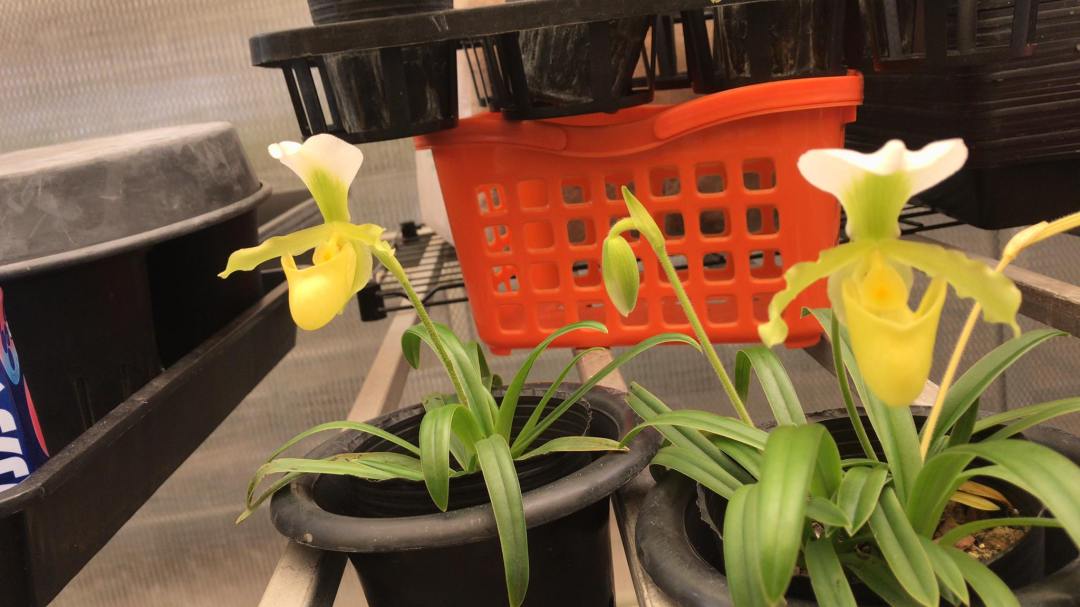


Paphiopedilum barbigerum – Lan hài lục
Được tìm thấy ở Việt Nam và Trung Quốc, với kích thước nhỏ phát triển gần các gốc rêu trên các vách đá dốc đứng trong các khu rừng thường xanh ở độ cao 300-1200m. Lá 4-6 chiếc, chùm hoa dài 16-20cm, hoa một bông to 6.5cm nở vào mùa thu.
Eigene Pflanzen ( Own plants ): 2 plants ( Popow orchids )
Paphiopedilum villosum fma aureum


Described: Lindley in Gardener’s Chronicle, 1st. series, 14:135 (1854), discovered by Thomas Lobb in Burma in 1853, introduced into cultivation by Mssrs. Veitch & Sons.
Transferred: Stein in Stein’s Orchideenbuch, 490 (1892)
Etymology: Derived from the latin villosus, meaning hairy; named for the long, soft hairs on the inflorescence, ovary and flower.
Varieties & Forms:
Paphiopedilum villosum fma. aureum Braem in Orchidees. Culture et Protection, No. 36: 35-38 (1998) – albino form
Leaves: 4-5, 14-42 cm long, 2-4 cm wide, above light green, below purple-spotted at the base
Inflorescence: 1-flowered, 7-24 cm long, green spotted purple, white-purple villose
Bloom: 7-14 cm wide
Plant: forms large clumps
Elevation: 1400-2000 m
Peak Flowering in the Wild: April-May
Ecology: usually found growing in pockets of humus on trees 10-15 m above ground; sometimes found in humus-filled nooks in granite, gneiss or other silicate rocks
Mean Temperature Range: 8-19° C
Light: moderate-shade
Medium: acidic, humus & leaf litter
paphiopedilum villosum var. densissinum alboviride



paphiopedilum villosum var. boxallii alboviride

Paphiopedium villosum (Lindl.) Pfitzer 1895
Tên Việt: Kim hài (PHH), Lan hài vàng (TH).
Mô tả: lá 4-5 chiếc, dò hoa cao 20-30cm phân hoa 1 chiếc to 12-15cm, nở vào mùa thu.
Nơi mọc: Chu Pao, Gia Lai, núi Bì Đúp, Lạc Dương
in situ



Eigene Pflanzen ( Own plants ): 2 plants ( Popow Orchids )
paphiopedilum villosum var. annamense fma aureum


December 2020 , Germany







































